I’ve lived near Granada Park for most of my life. It’s hardly an exotic destination, and it’s far too popular to be considered “less traveled,” but over the course of time, I’ve discovered that there are goings on here that not everyone sees. Granada is:
More than just a Neighborhood Park!
Phoenix is a desert city, located in the shallow valley of the Salt River. There are low desert mountains on the horizon in every direction, and each of those mountains is surrounded by swaths of parkland, the Phoenix Mountains Preserve, a total of 33,000 acres that have been sheltered from development. There are also scores of smaller neighborhood parks, just as you’d find in any city of similar size. Playgrounds for the kids, places to fly a kite or play some catch, tennis and basketball courts, softball fields, the whole spectrum of family friendly activities. Granada Park is a City Park that’s adjacent to a Mountain Preserve. Its location, along with certain other advantages, make it unique in some very specal ways.
Maps showing location of Granada Park in Phoenix, Arizona
I grew up in the neighborhood near Granada Park, starting so long ago, the park hadn’t even been established yet. I left home for my college years, and had many adventures traveling the world, but, much to my own surprise, when all that was done, I ended up back in my same old neighborhood. I raised a family here, children and grandchildren, four generations, counting my parents, and for all of us, this was always “Our Park,” comfortable and familiar, a place filled with many happy memories.
Granada Park has all the usual amenities. A modern playground for the kids that even has a mini-climbing wall, plus tennis courts for the grownups, along with a gorgeous expanse of grass for picnics, sports, dog walking and kite flying. There are bike paths, and walking paths, but there are also a few features that put this park in a class by itself.
CLICK PHOTOS AND MAPS FOR AN EXPANDED VIEW
For starters, a 2,610 foot mountain fills the skyline immediately to the north of the park. Known as Squaw Peak when I was growing up, the name was changed to Piestewa Peak when it was finally officially acknowleged that the term “Squaw” is offensive to Native Americans. No matter what you call it, it’s a dominant presence, looming above the park like a watchful guardian.
Being located so near Piestewa Peak, the park is on higher ground than most of the city. To the south, you can see the skyline and the southern mountains, and to the west, the almost limitless expanse of the West Valley, houses out to infinity. When conditions are right, the park is one of the best places in the area to watch an Arizona sunset. (Scroll down to see some exceptional examples!)
Satellite view of Granada Park, showing the two lagoons, and the City water treatment plant that pre-dates the park
In the Arizona Desert, water is life. Dams on all the area rivers created huge reservoirs that were originally intended for agriculture, but which now sustain the needs of 4.7 million people. The area around the park was once filled with citrus groves, long since replaced by houses. The old irrigation canals are still in place, providing most of the supply for a city operated water treatment plant at the edge of the park. When Granada Park was built, they took advantage of the proximity of all that water, and built two lagoons, as you can see in the satellite photo. The lagoons are stocked with fish, and they attract an extraordinary variety of migratory birds.
More on all of those things below (especially the birds!)
The Mountain
Piestewa Peak and Camelback Mountain are the tallest, most prominent mountain peaks in the Phoenix area, instantly identifiable landmarks that are unique to the City of Phoenix. Neighborhoods with the best views of either peak rank among the most desireable in the metropolitan area, including the Biltmore Estates and the glitzy town of Paradise Valley. You don’t even have to build a home ON one of the mountains (though many have done exactly that, finding ways around the restrictions and prohibitions); no, you just have to be able to SEE it; a clear line of sight on those mountains is like the Phoenix equivalent of an ocean view. When you contemplate Piestewa Peak from the vantage point of Granada Park, try to imagine that view in terms of real estate value. Personally, I can’t count that high, so I’m just glad the city snagged this acreage before the developers got their hands on it.
The Sunsets
You need three things for a classic sunset: 1.) A sun that’s low in the sky; 2.) Clouds, water vapor, dust, or smoke to refract and reflect the light; and 3.) Last but not least, a place to stand that affords a clear view of the whole thing.
Still water reflecting the whole tableau like a mirror is a highly desireable bonus element, and the lagoons at Granada Park serve that purpose very well. Throw in a few palm trees, and the white dome of Holy Trinity Greek Orthodox Cathedral, the scene is even more interesting. You won’t see this kind of display every night. When it happens, it’s magical.
CLICK PHOTOS FOR AN EXPANDED VIEW
Ducks on a Pond
A few years ago, I got in the habit of walking to Granada Park just about every afternoon, mostly for the exercise, but because I’m an avid amateur photographer, I always brought my camera with me; my real camera, not just my cell phone. Over the course of several seasons, I captured a lot of pretty great photographs, of the mountain and the sunsets, and of the birds that frequent the lagoons. The Mallard ducks and various others are there all year, while there are some you only see in the winter, and still others that are tourists, on their way to somewhere else. Granada Park truly is an Avian Oasis in the desert, a surprisingly ideal place to observe and photograph wildlife, right in the heart of the city.
Stocked lagoons like those at Granada Park are designed to attract waterfowl, and there are a number of species endemic to the area. There are mosses and grasses growing below the surface that make ideal forage for ducks and geese, and when park visitors bring along a little bird seed, they’re guaranteed to draw a raucous crowd. Conditions are sufficiently ideal to attract a diversity of species, all making themselves very much at home.
Ducks are the most common of all waterfowl, and Mallards are the most common wild duck, with a range throughout the northern hemisphere, including every part of North America and most of Eurasia. They’re omnivores that inhabit ponds and wetlands, both natural wetlands and estuaries, as well as city parks like Granada.
The males of the species, the drakes, are instantly recognizable by the bright green coloring of their heads.
Just as it is with most bird species, the female Mallards, the hens, have rather drab coloring when compared to the males. They’re a mottled brown color, but with a distinctive pattern, and they have purplish-blue wing feathers that appear as patches on their sides when their wings are at rest. Ducks feed frequently, and it’s common to see them upended in the water, rooting in the mud at the bottom. Mated pairs of Mallards breed and raise their young at the park. The family groups are great fun to watch, as the babies take to the water, like–well, like ducks!
Mallards are not the only ducks in the lagoons. There are some elegant white birds, larger than the Mallards, that stop here on occasion. These are known as Pekin Ducks, a domesticated breed that, like chickens, is raised for meat. The Pekin Ducks were originally brought over from China, and they’re still considered a delicacy in Chinese restaurants, where they prepare them in a very particular way, and serve them as “Peking Duck.”
There’s yet another breed of duck that flocks at Granada Park in significant numbers: these black and white birds with the round orange eyes are the males of a species known as Ring-Necked Ducks. These unusual birds are strictly winter visitors. They breed in the northern U.S. and Canada, and migrate south when the weather turns cold. If you look closely at the photos, you’ll see the cinnamon colored ring around the necks of these drakes. The females are solid black in color; drakes and hens apparently take seperate vacations, as there were no females present for any of my photo shoots.
Ring Necked Ducks at Granada Park
Some distinctive species appear very rarely, and you’ll only see one or two at a time.
Crested Duck
Crested ducks are usually white, so this black one is a rarity. Regardless of color, the crest, a tuft of feathers on the top of the duck’s head, is caused to grow that way by a genetic mutation of the bird’s skull. People used to eat them. Now they’re mostly kept as pets.
Red Head Duck
The Red Head Duck is one of many species of wild duck in the U.S., but they usually winter further east. This individual must have strayed off course from the rest of his flock, because he was the only Red Head that I saw at the park, and he only stayed a few days.
American Wigeon
The American Wigeon is yet another species of dabbling duck (ducks that feed at the surface of the water, rather than diving all the way under). There were several Wigeon drakes among the birds at the Granada lagoon, but they were temporary visitors.
And then there are the more common birds such as geese: the pure white domestic geese, as well as the variegated brown and white Canada Geese, down for the winter from their homes in Alberta. Neighborhood birds, such as grackles, like to use the lagoons as a public bird bath.
Geese
Grackle (Common local bird)
Seasonal Visitors
The ring-necked ducks and the Canada geese are seasonal visitors. Here are some others that only show up occasionally:
Coots at Granada Park
These days, when a person of a younger generation wants to make a disparaging remark about someone from my generation, they refer to us as ‘boomers’. Back in my day, we called seniors “old coots,” (among other things). Until I started hanging out at Granada Park, I’d never actually seen a Coot. They’re comically plump, black water fowl with round heads, sloping white beaks, and outsized greenish-yellow feet, which they use to balance themselves while standing in the mud on one leg. Now that I know what coots are about, I think I prefer being called a boomer.
This is a Green Heron, a single individual male that was hanging out in the park for several weeks a few years back. They keep their long neck tucked in when sitting, so when they’re stretched out in flight, they look like a totally different bird. They’re known to catch live insects and drop them in the water; the bug’s struggling attracts fish, which the heron snaps up. This use of a “tool” to catch prey is unique to this species of heron.
Green Heron at Granada Park
Cormorants at Granada Park
That same winter there was a small group of Cormorants hanging out at the lagoon, medium to large long-necked fishing birds with a wing span close to three feet across. Cormorants aren’t dabblers, they’re divers, and they disappear completely under the water when in pursuit of their prey. After each dive, they’d perch on the standpipes in the middle of the lagoon, and they’d spread those big wings to dry their glossy feathers in the sun.
One of the most exciting bird sightings at Granada Park was the day the Snowy Egret showed up out of the blue. I’d seen Egrets in the wild along the Colorado River, and in wetlands along the Atlantic Coast. For this guy to show up here in the middle of the City of Phoenix was rare; it must have been quite a harrowing journey from the bird’s perspective. He stayed a few days, then flew off to complete his migration to wherever the heck he was going!
Snowy Egret at Granada Park
As graceful as they appear in the air, Egrets are ungainly on the ground, with long, stick-like legs and bizarre feet that look like 19th century surgical implements. I was curious how they manage to walk on those feet, so I took a series of stop motion pictures, and strung them all together. After a thorough study of the images–I have to admit that I still don’t have he slightest idea, how they manage to walk on those feet…
There’s a common misconception about travel photography, and that’s the widespread assumption that you have to travel great distances to exotic locales before you’ll find any interesting subject matter. The thing is, no matter where you live, there is beauty. All you have to do is look at your home town, or even your own neighborhood, with what I call a “photographer’s eye.” If you look long enough, and hard enough, you’ll see beyond the surface, and I can guarantee you’ll find a spot and an angle and a moment in time worth preserving and sharing with the world. Just as I did, in my favorite neighborhood park.
Click any photo in this post to expand the image to full screen.
YOU MIGHT ALSO ENJOY:
San Xavier del Bac: The White Dove of the Desert
San Xavier has all of the traditional elements of a Spanish Colonial church, along with many others that are quite unique. The craftsmanship of the original building is superb, and features many fascinating details.
<<CLICK to Read More!>>
A Serendipitous Sunset at Shiprock
I noticed an odd rock formation coming up fast on the left side of the road, almost like a wall built of angular blocks. Shiprock was close, but hidden from view by the wall as I zoomed toward it. After I passed the odd formation, I stole a quick glance in my rearview mirror, and what I saw was a scene so other-wordly, it literally stopped me in my tracks!
<<CLICK to Read More!>>
There's nothing like a good road trip. Whether you're flying solo or with your family, on a motorcycle or in an RV, across your state or across the country, the important thing is that you're out there, away from your town, your work, your routine, meeting new people, seeing new sights, building the best kind of memories while living your life to the fullest.
Are you a veteran road tripper who loves grand vistas, or someone who's never done it, but would love to try? Either way, you should consider making the Southwestern U.S. the scene of your own next adventure.
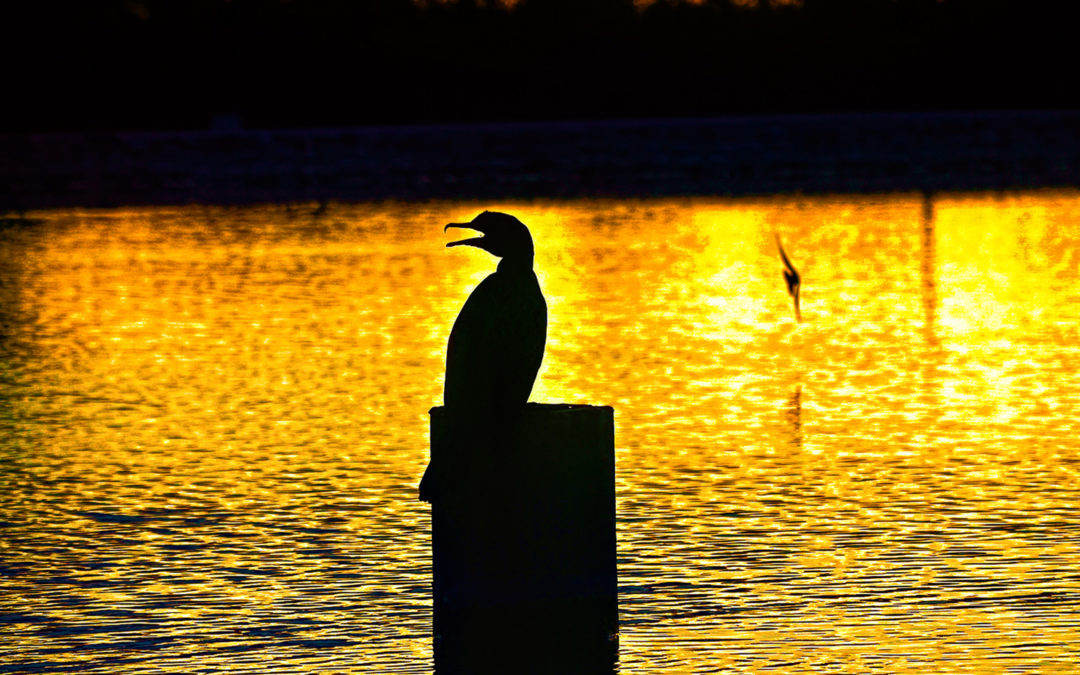
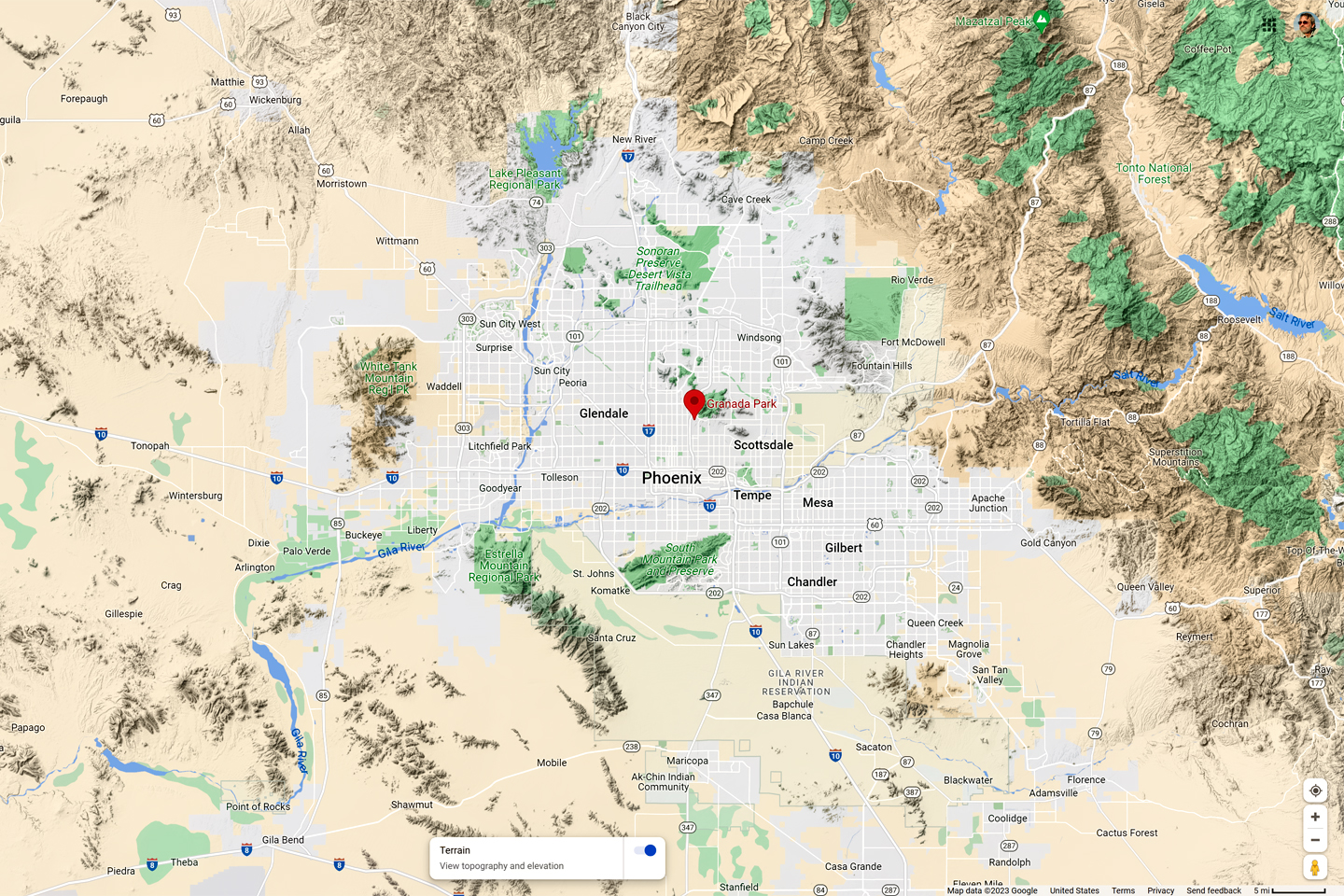
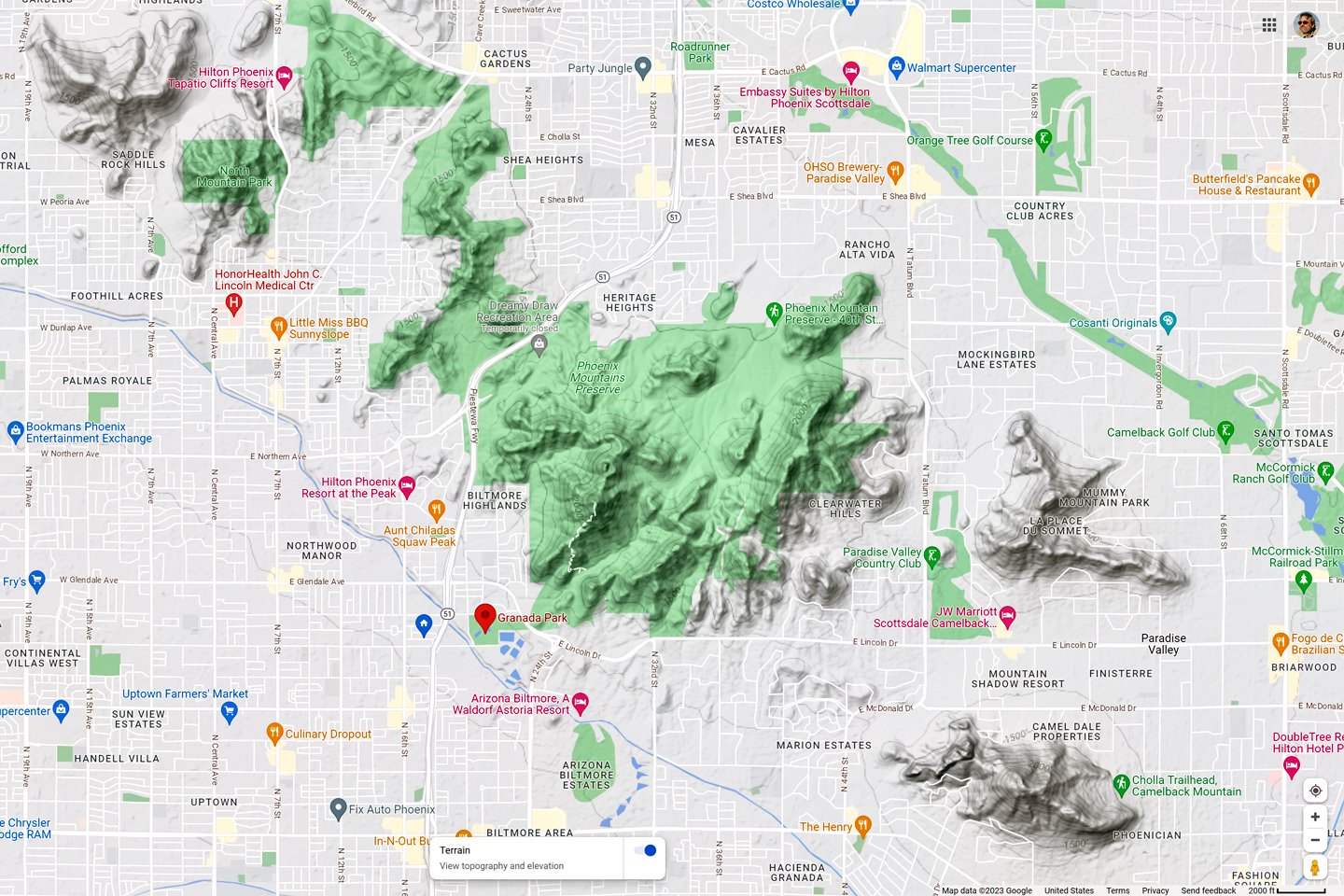
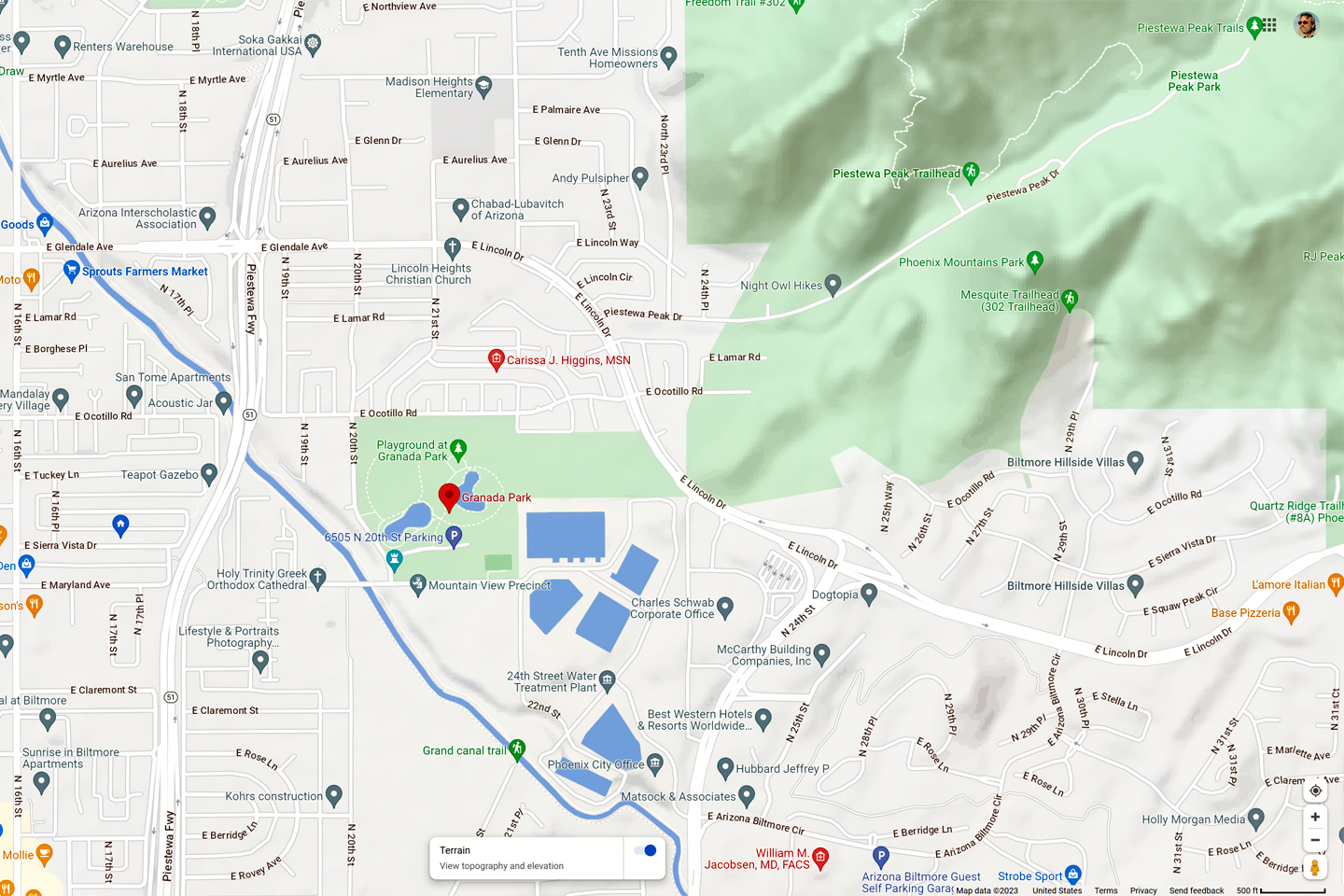
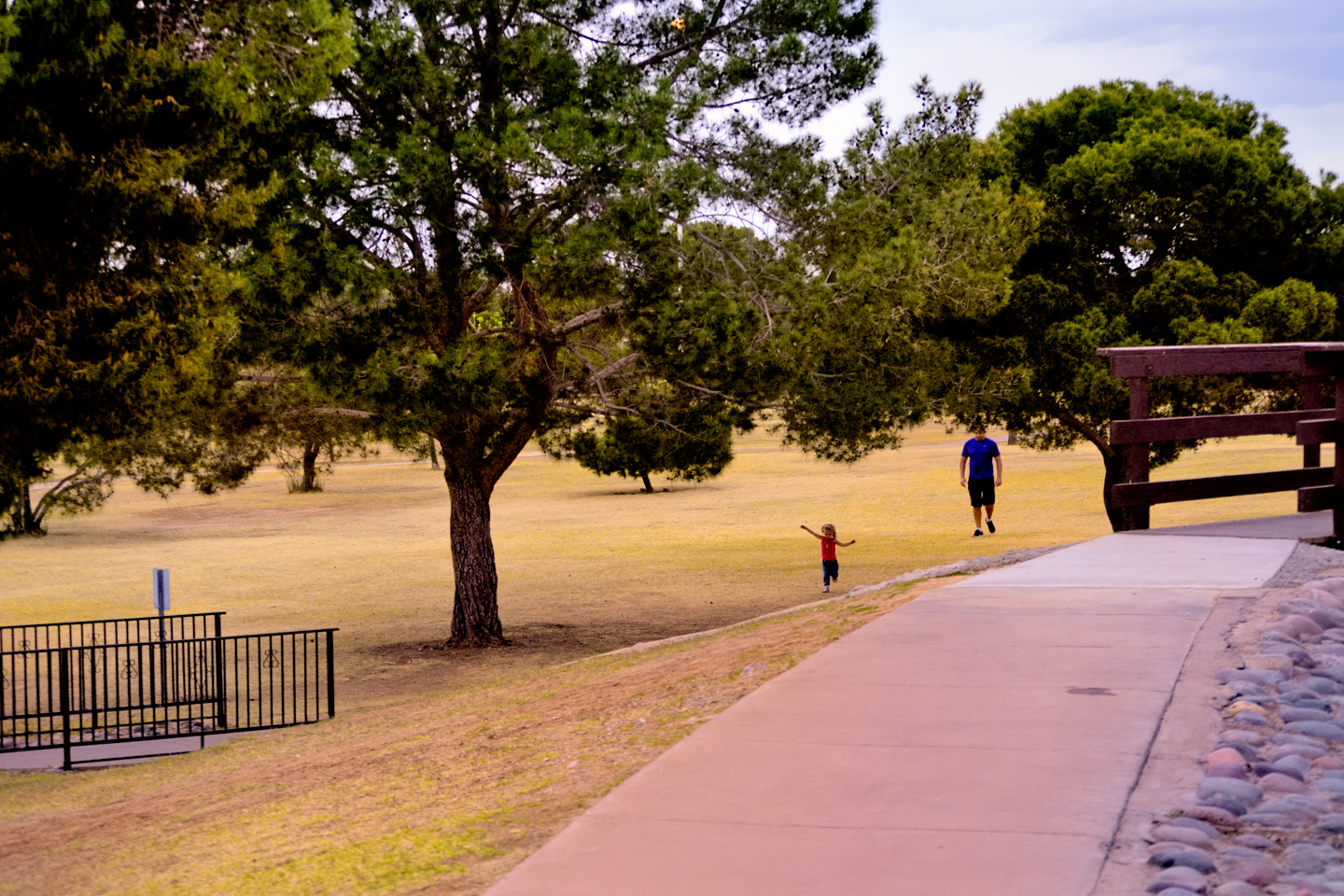
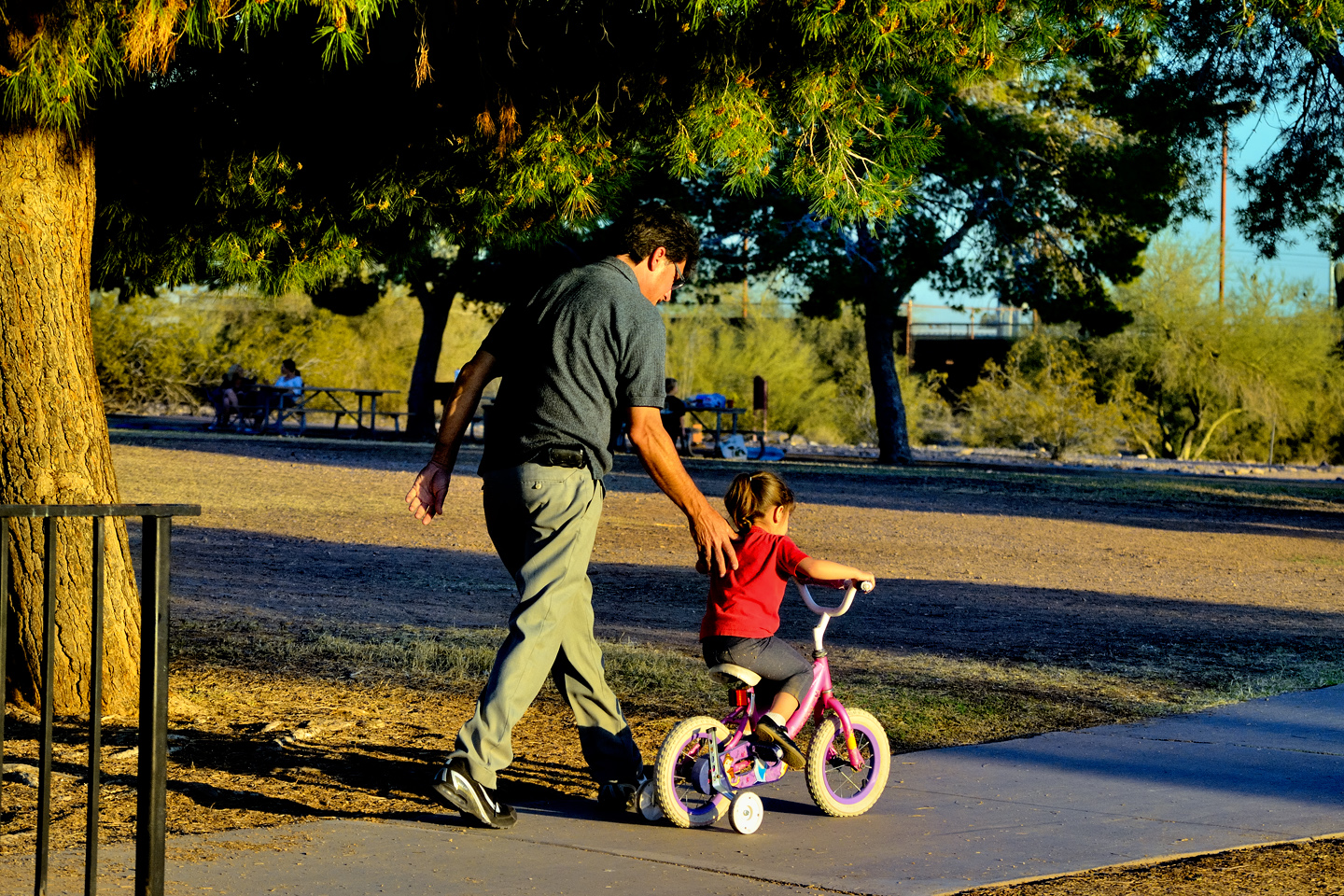
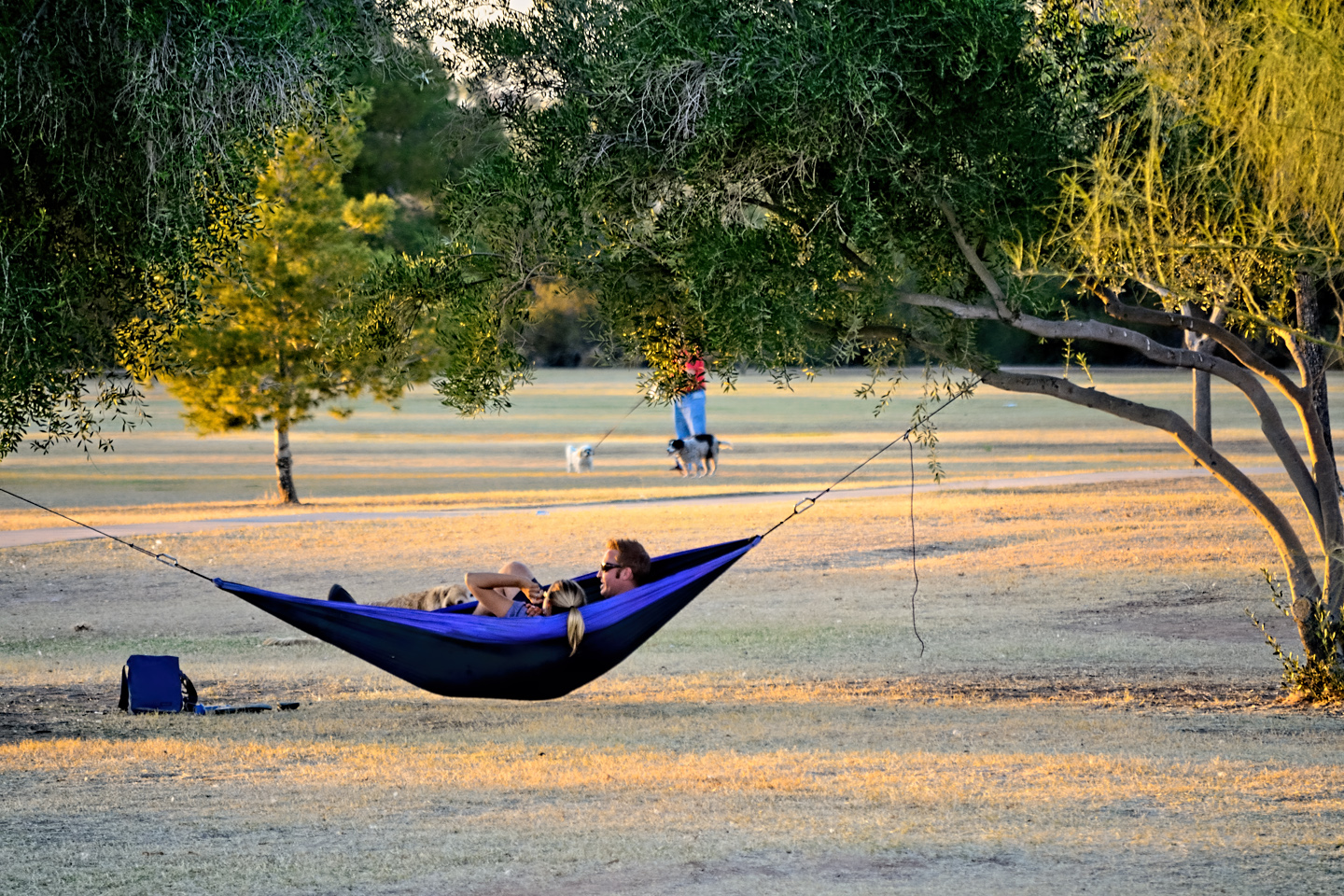
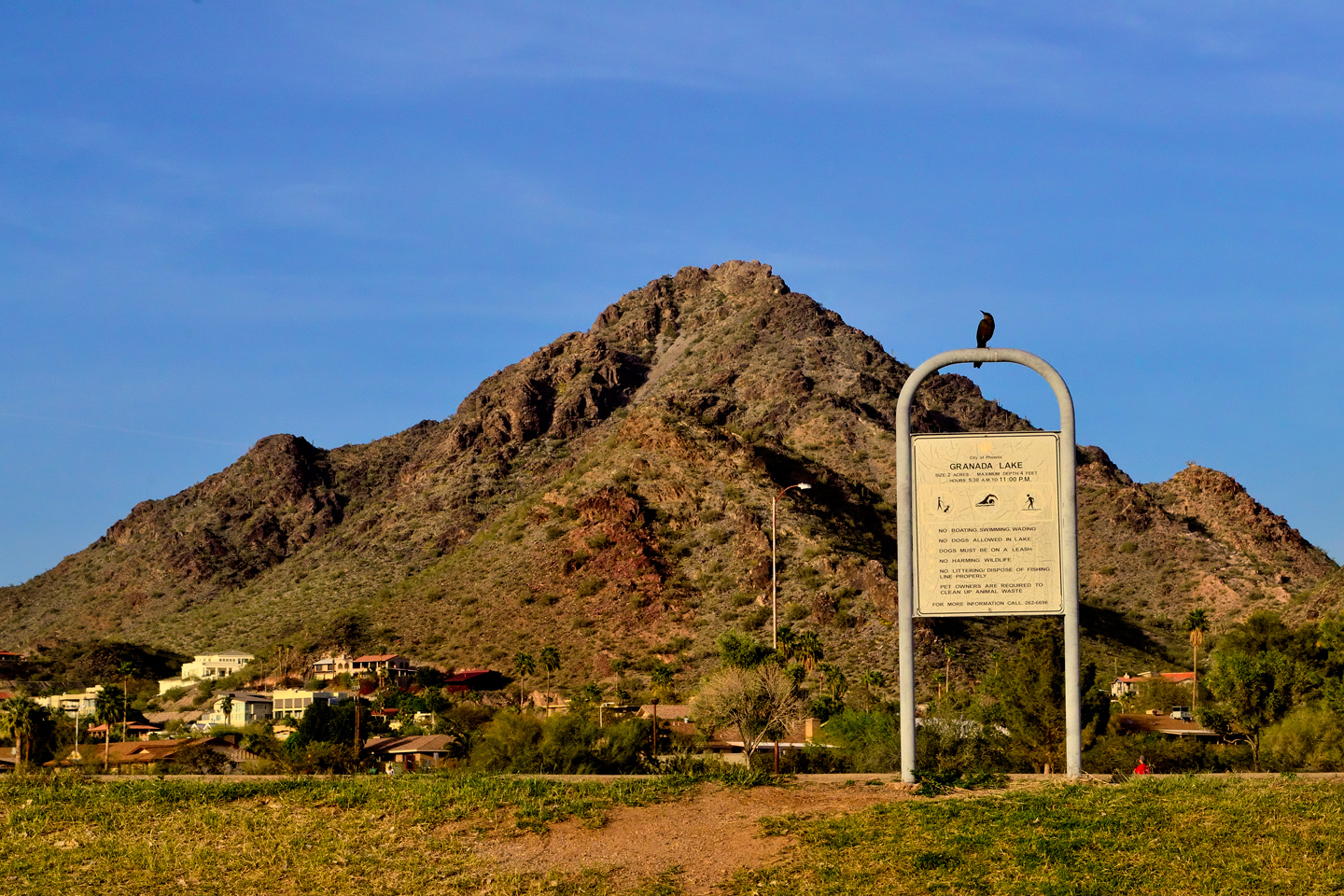
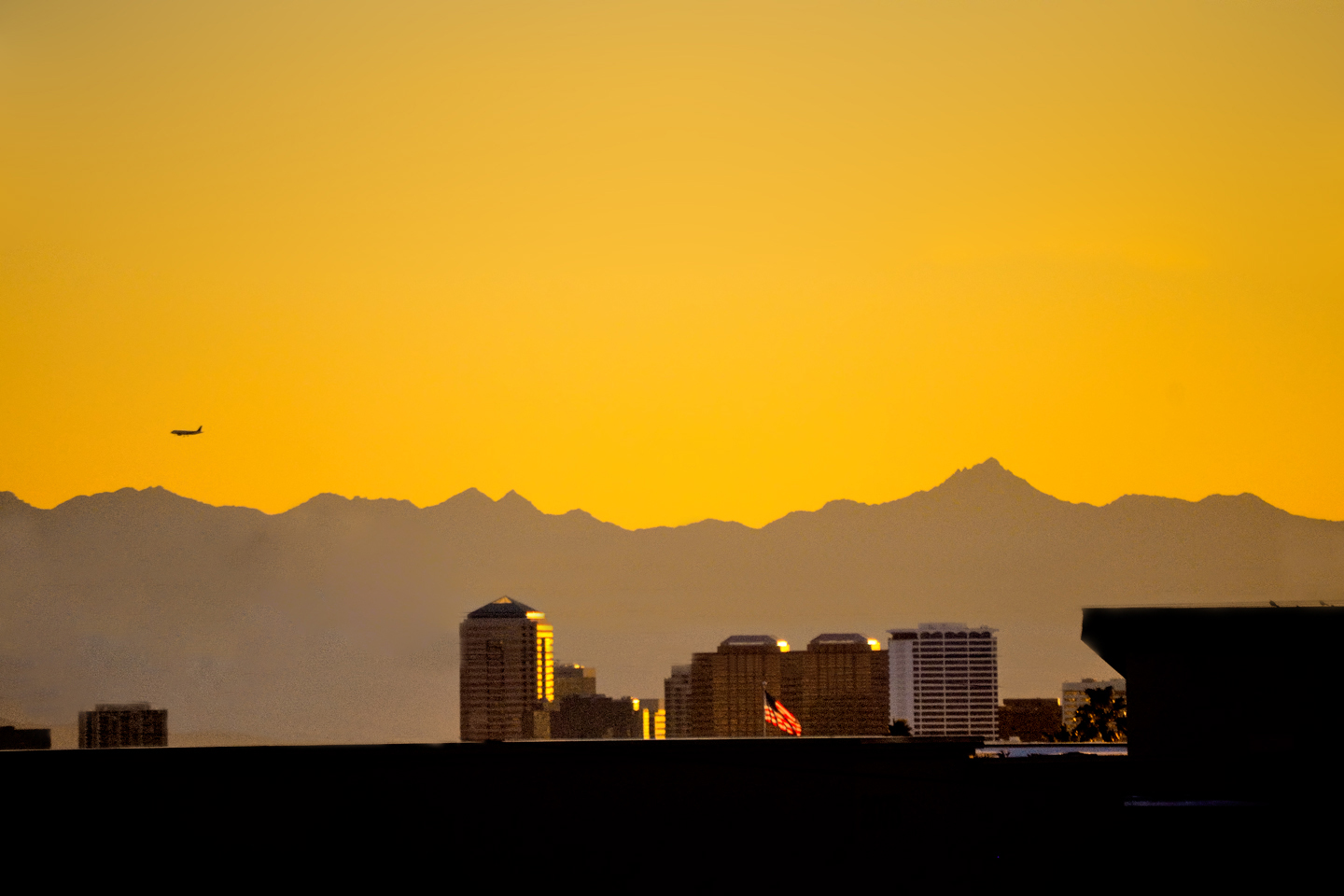
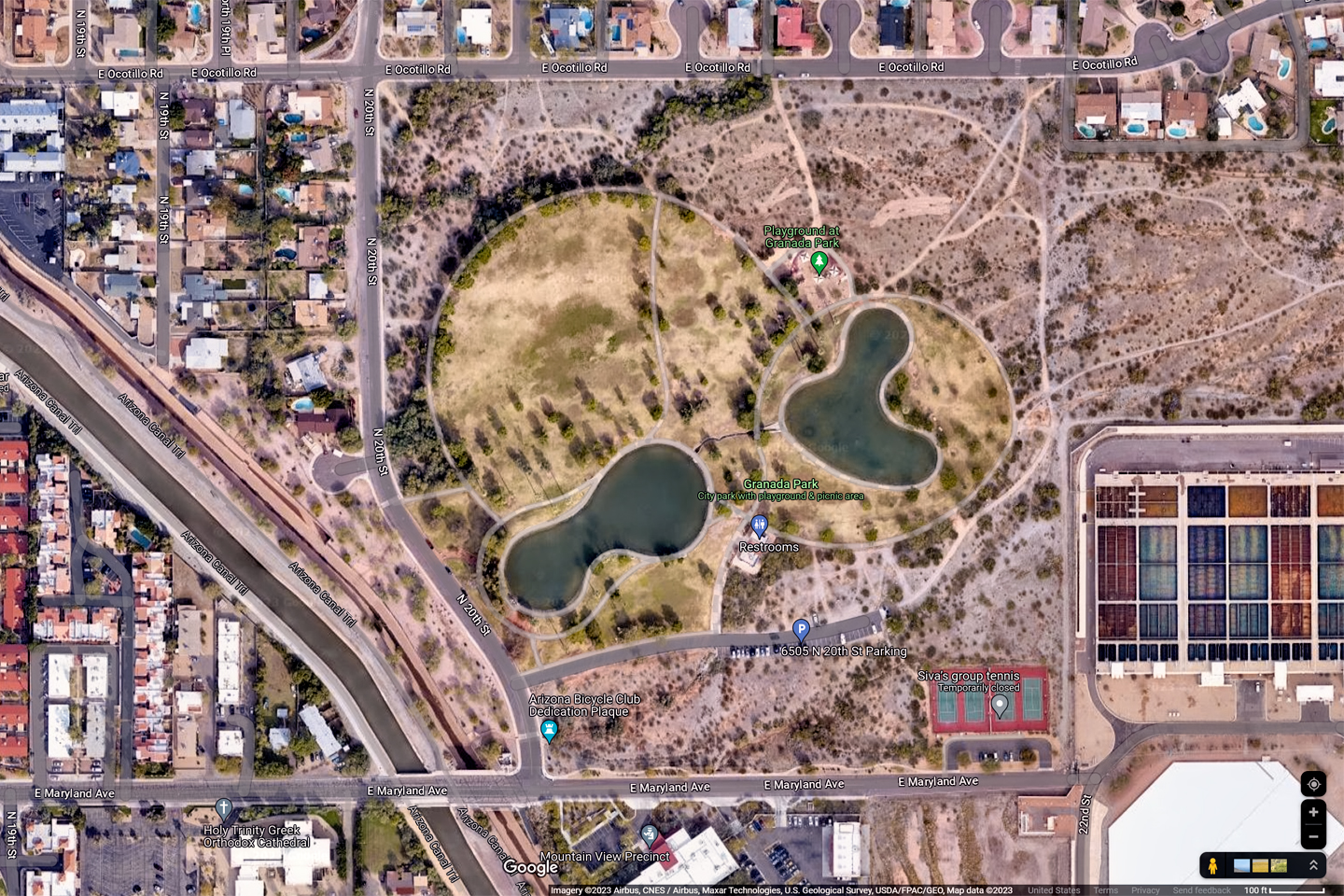
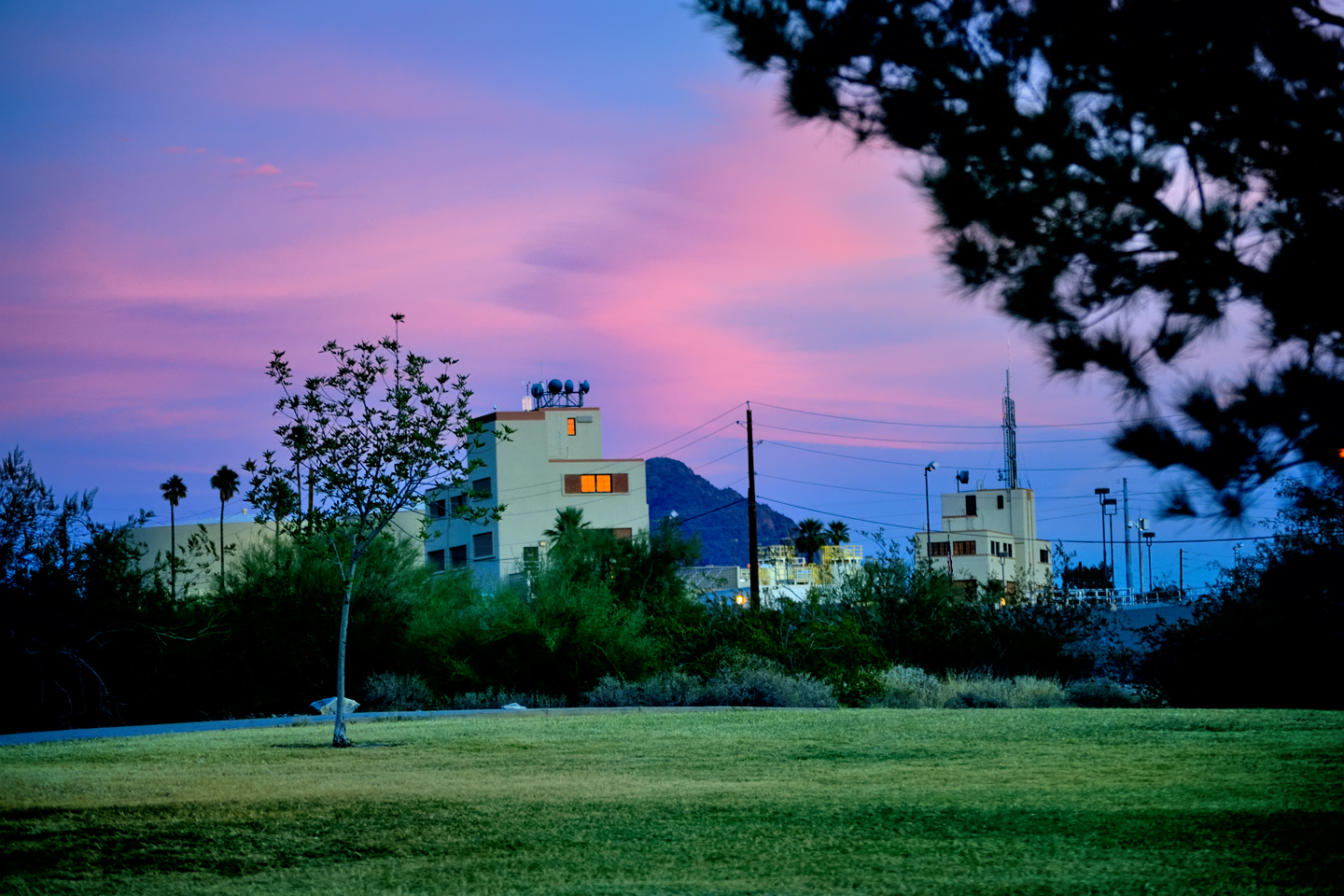
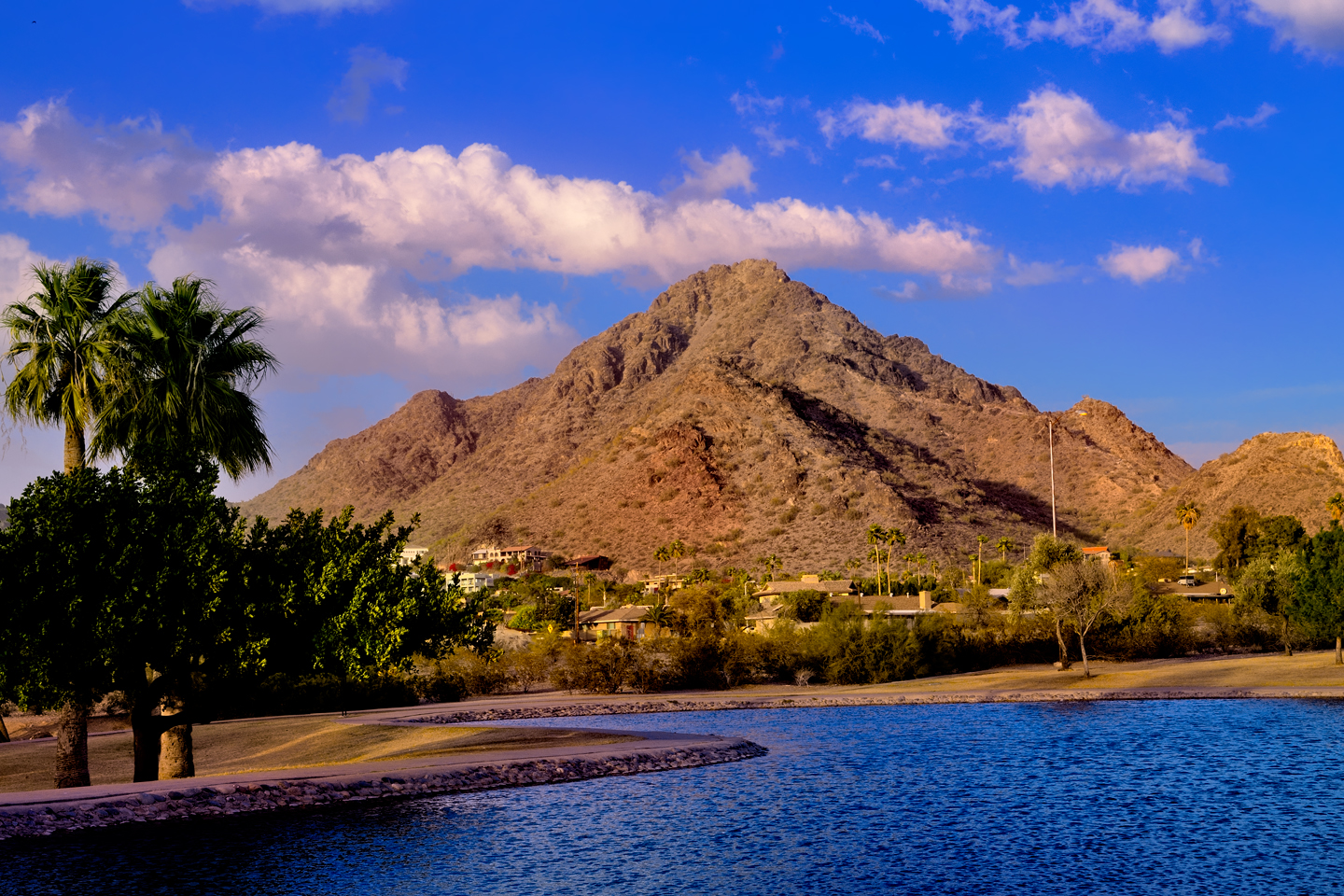
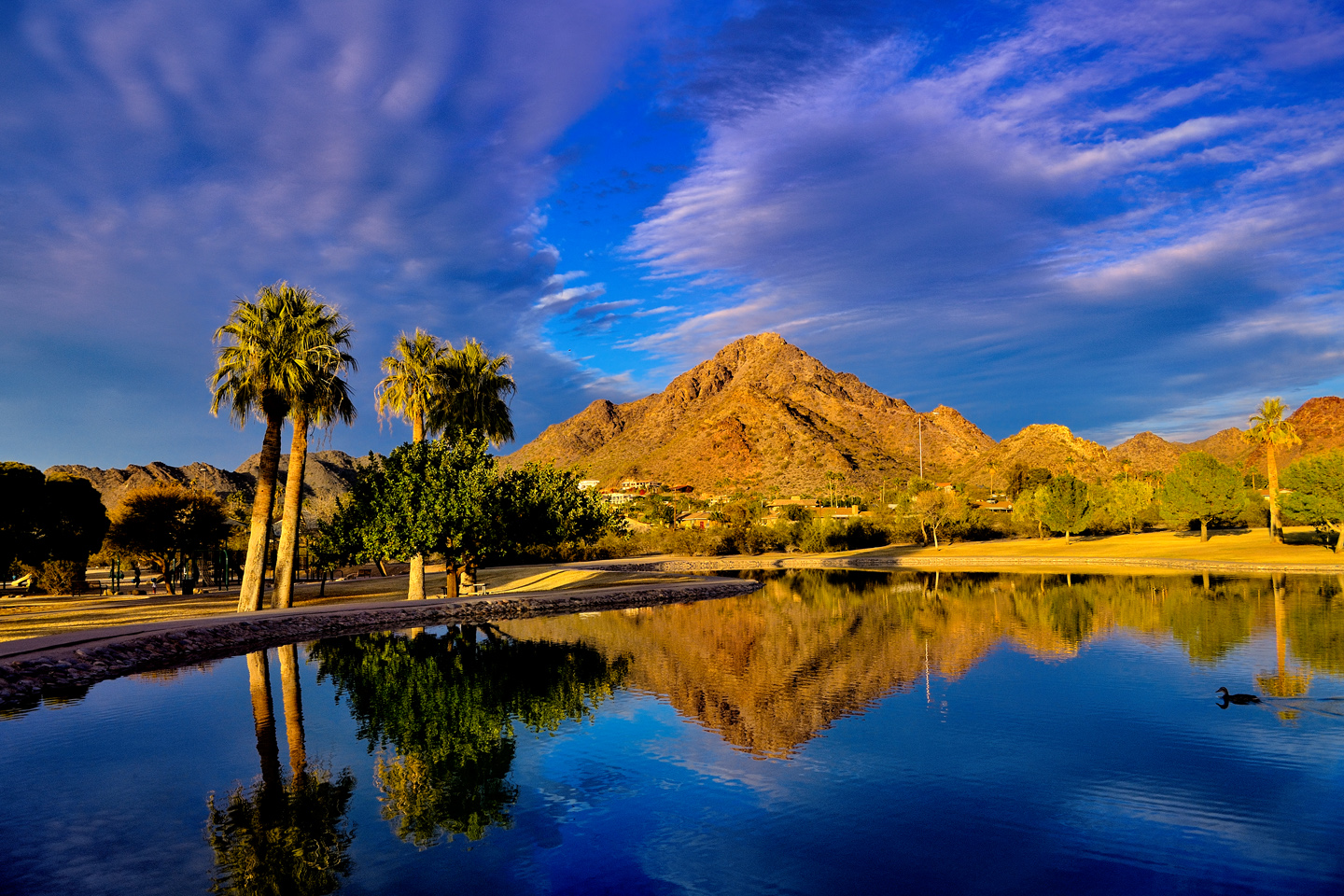
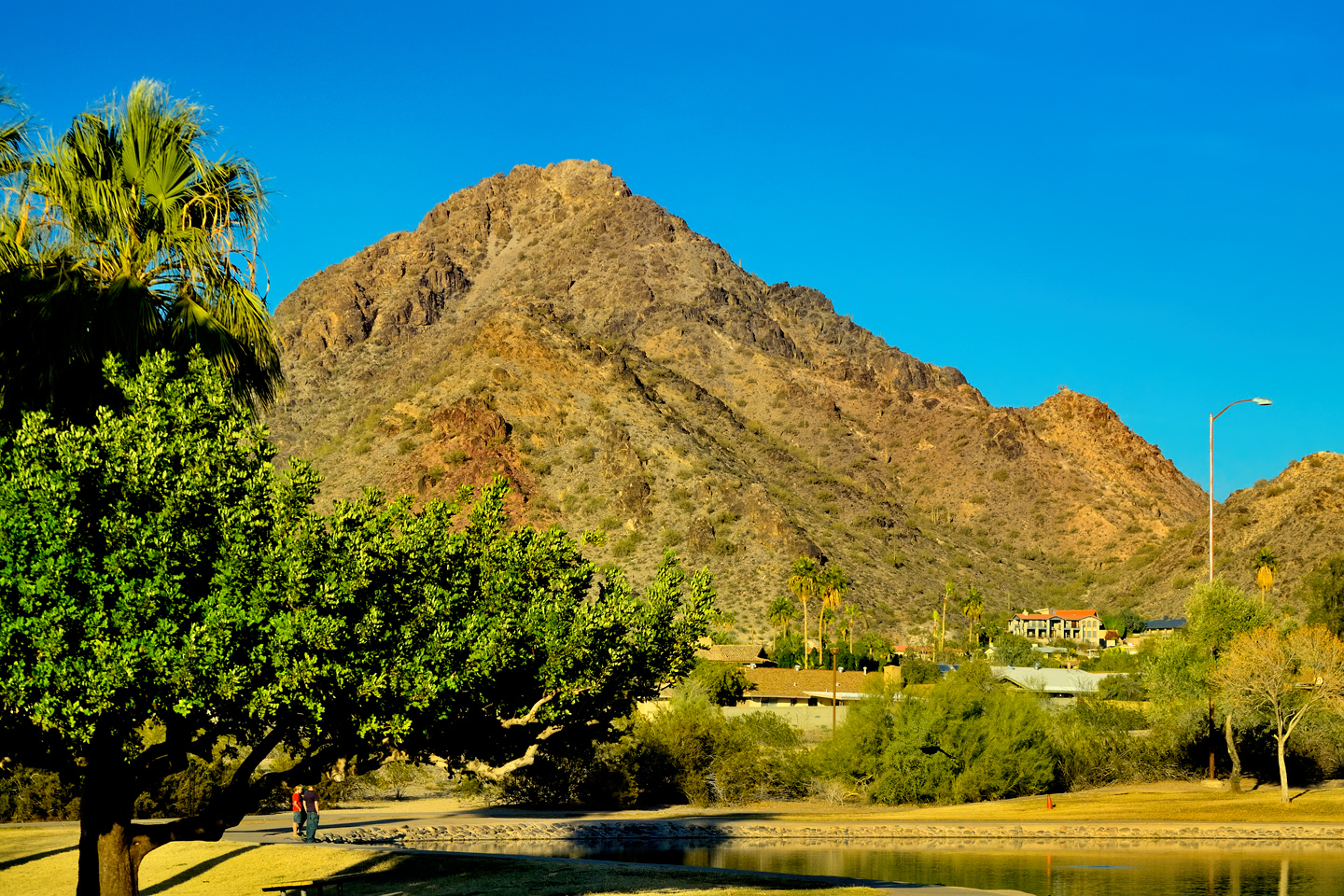
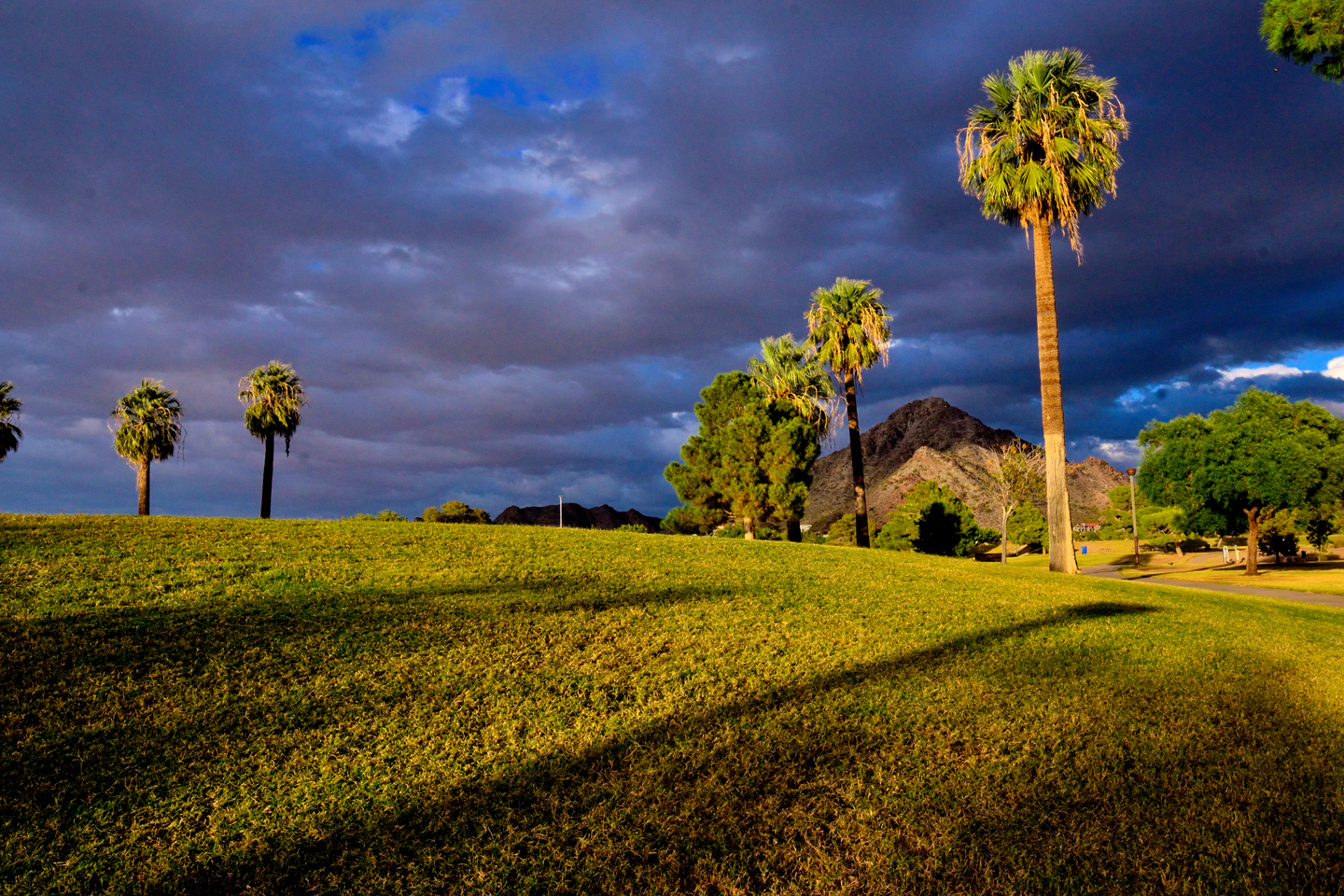
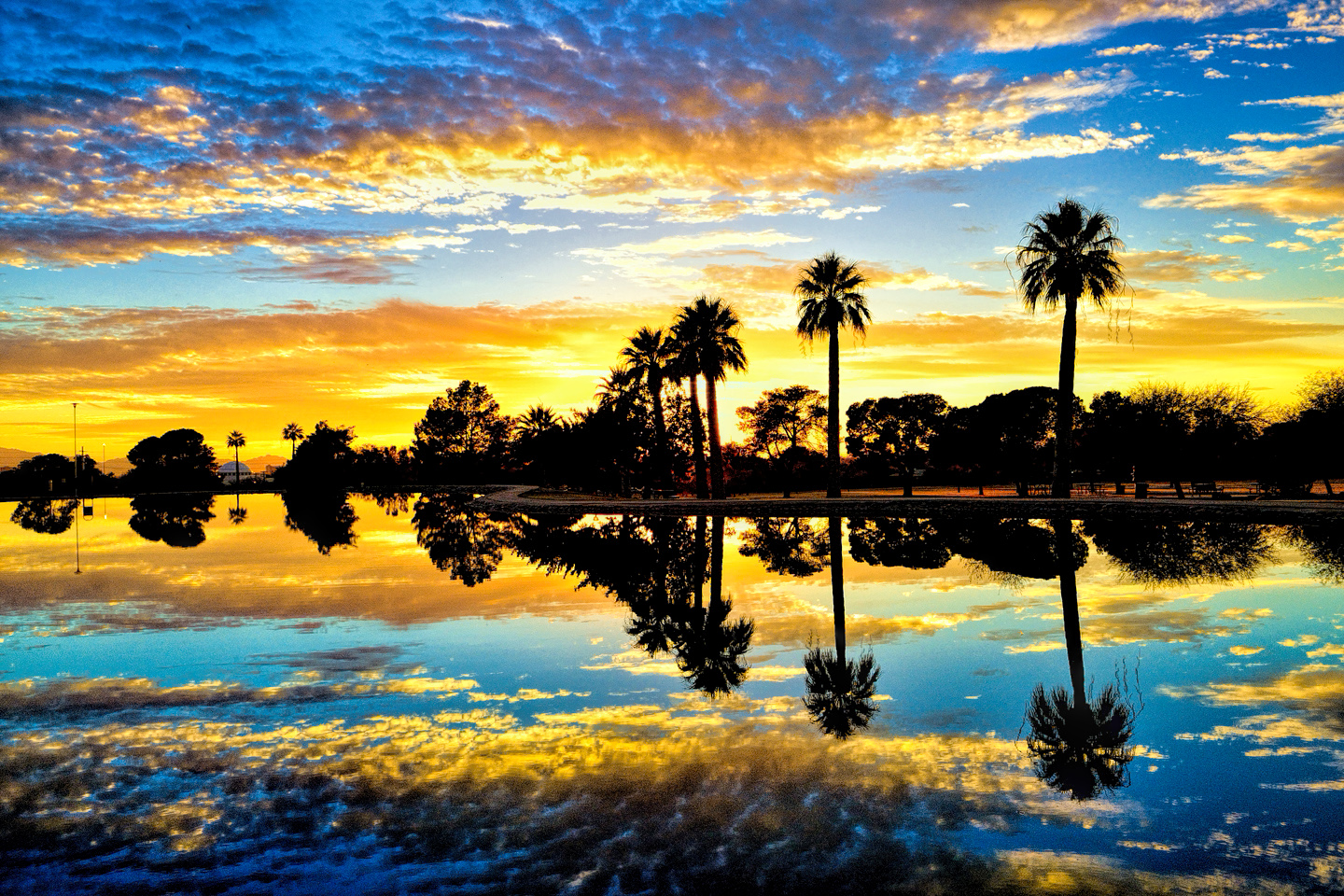
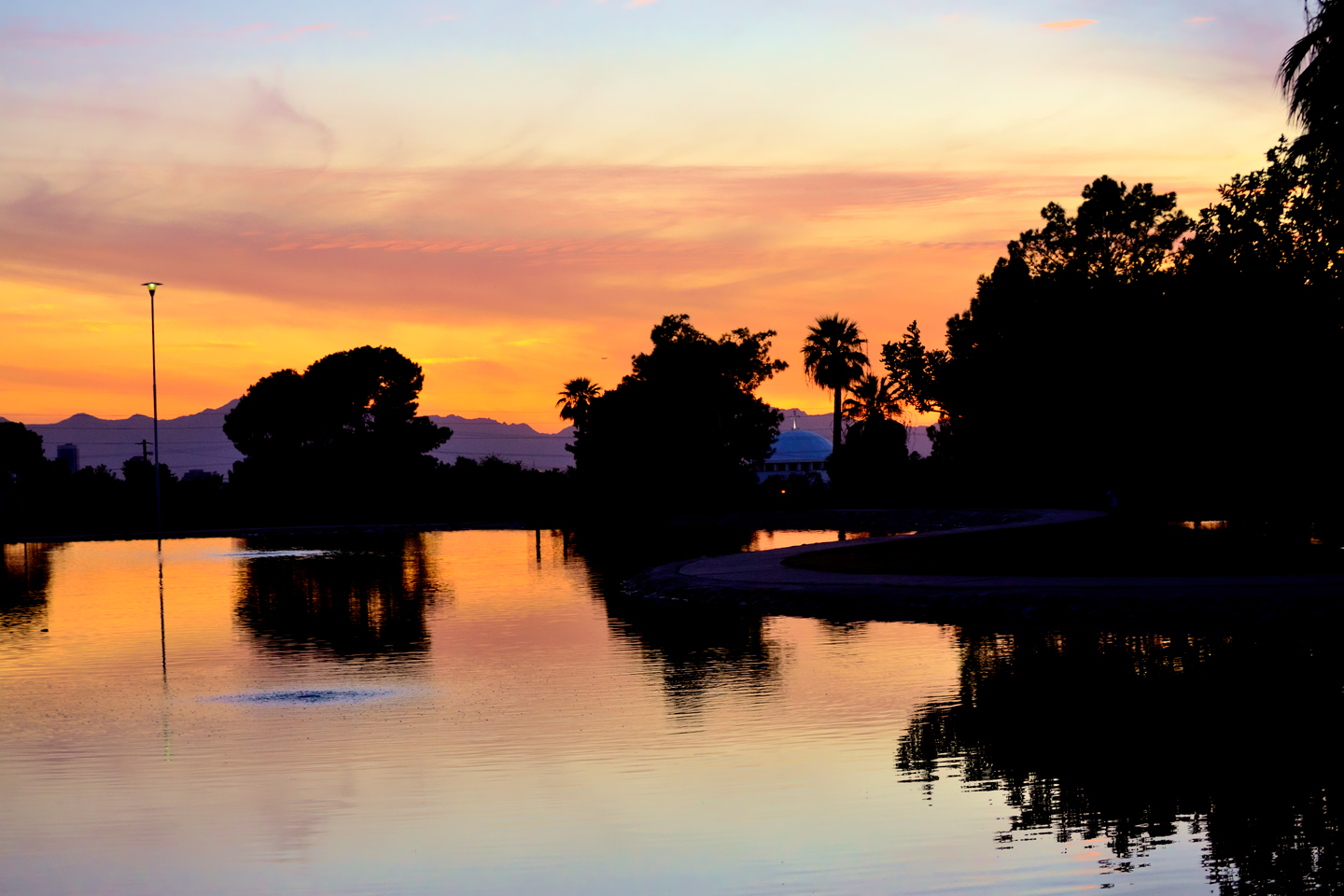
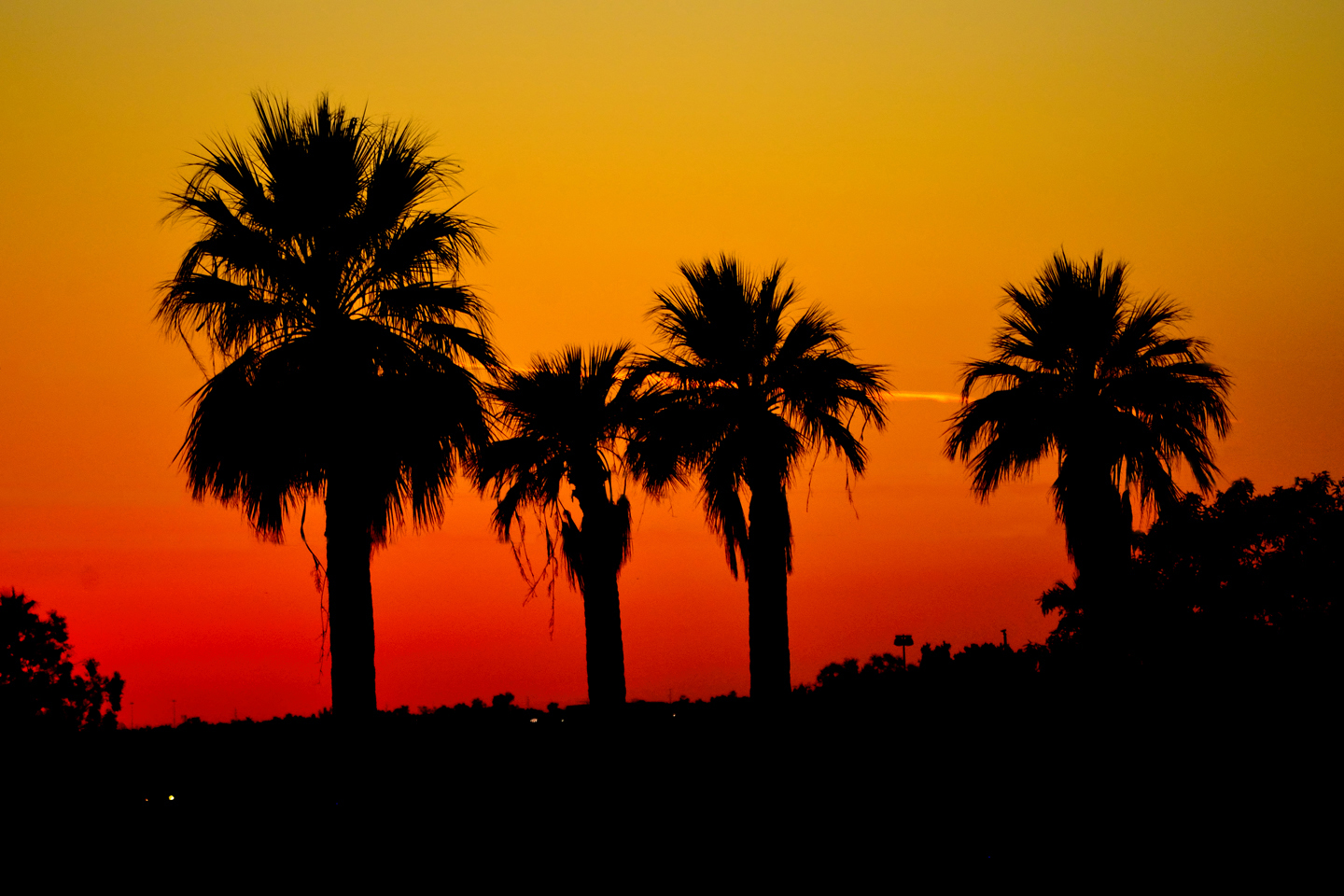
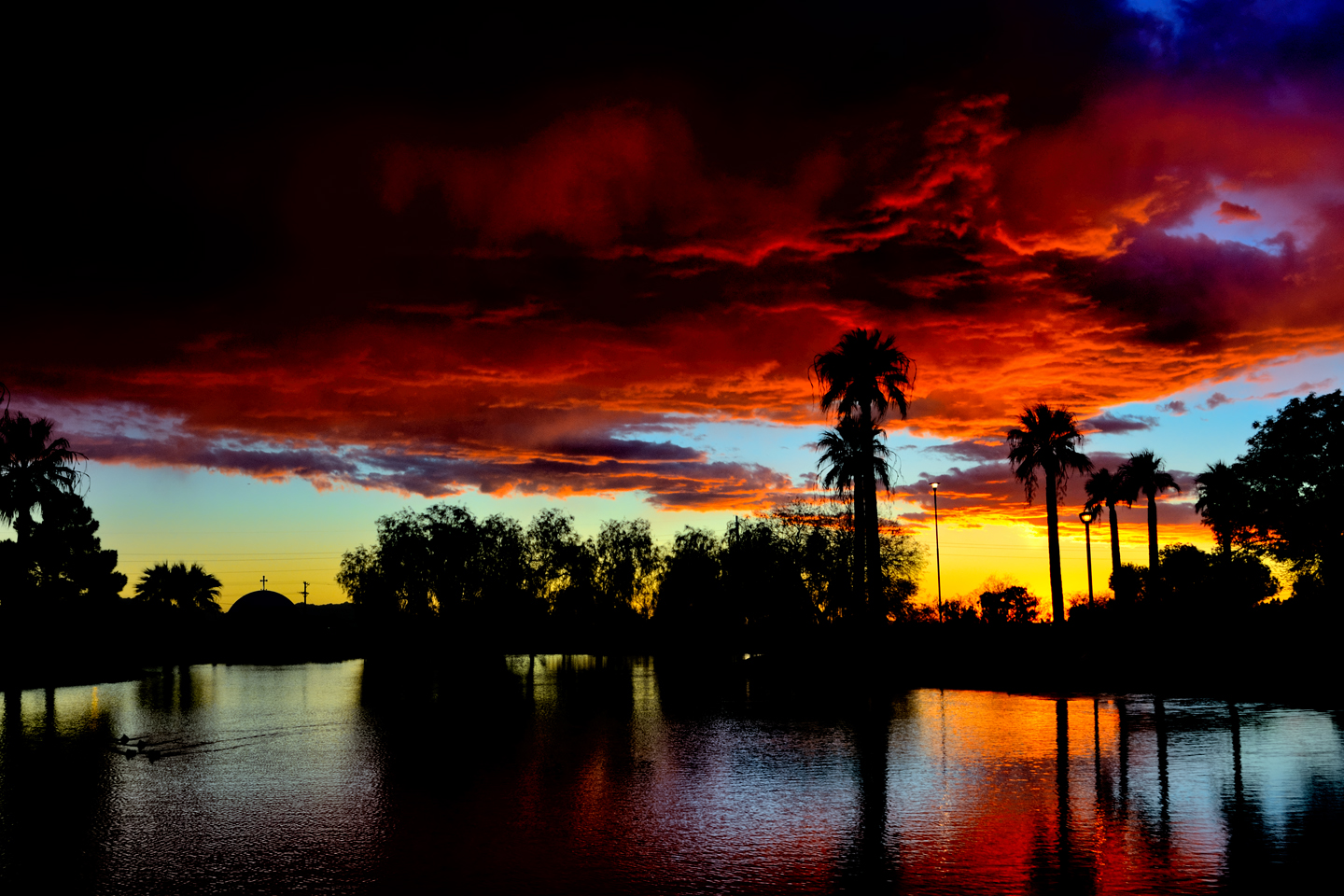
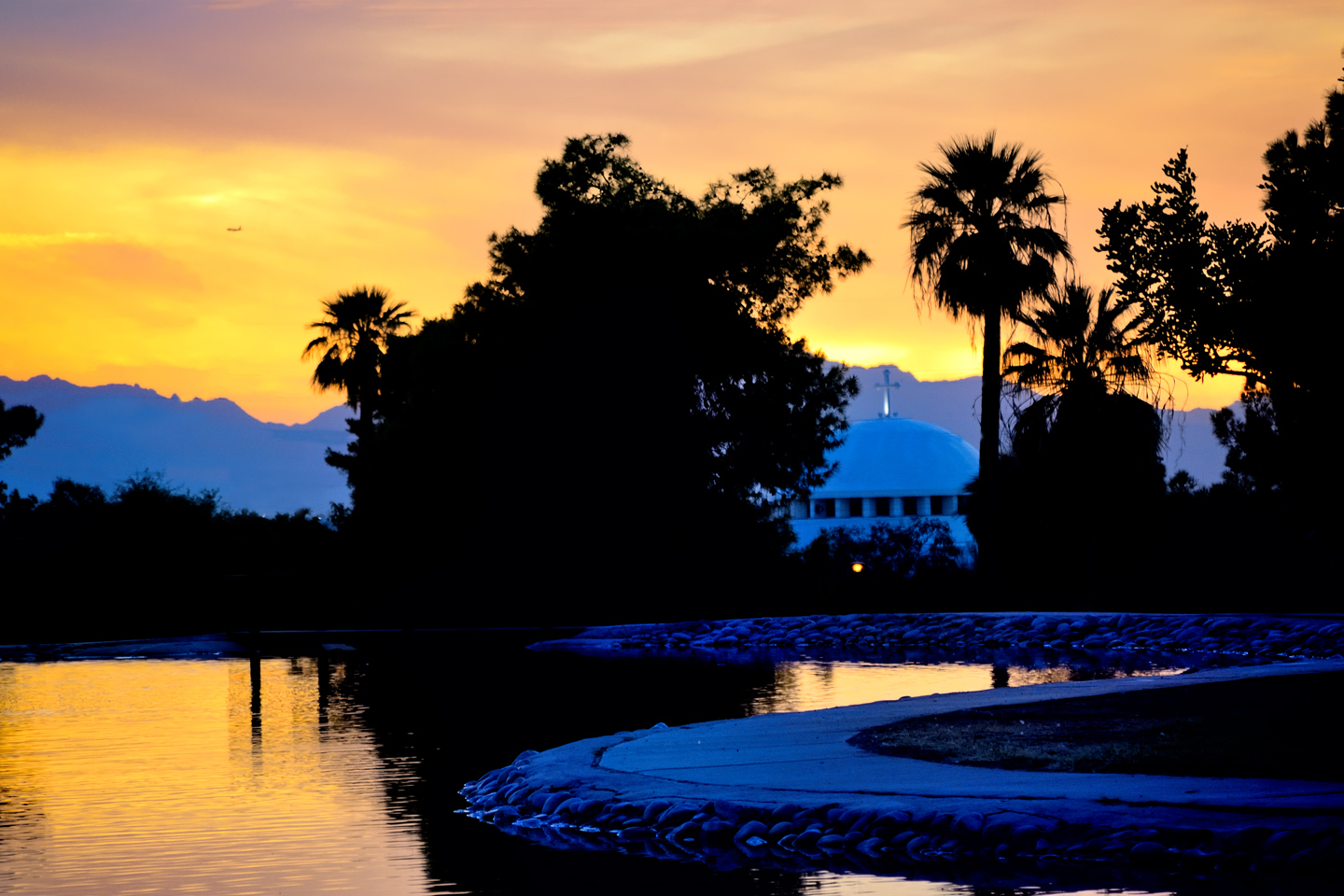
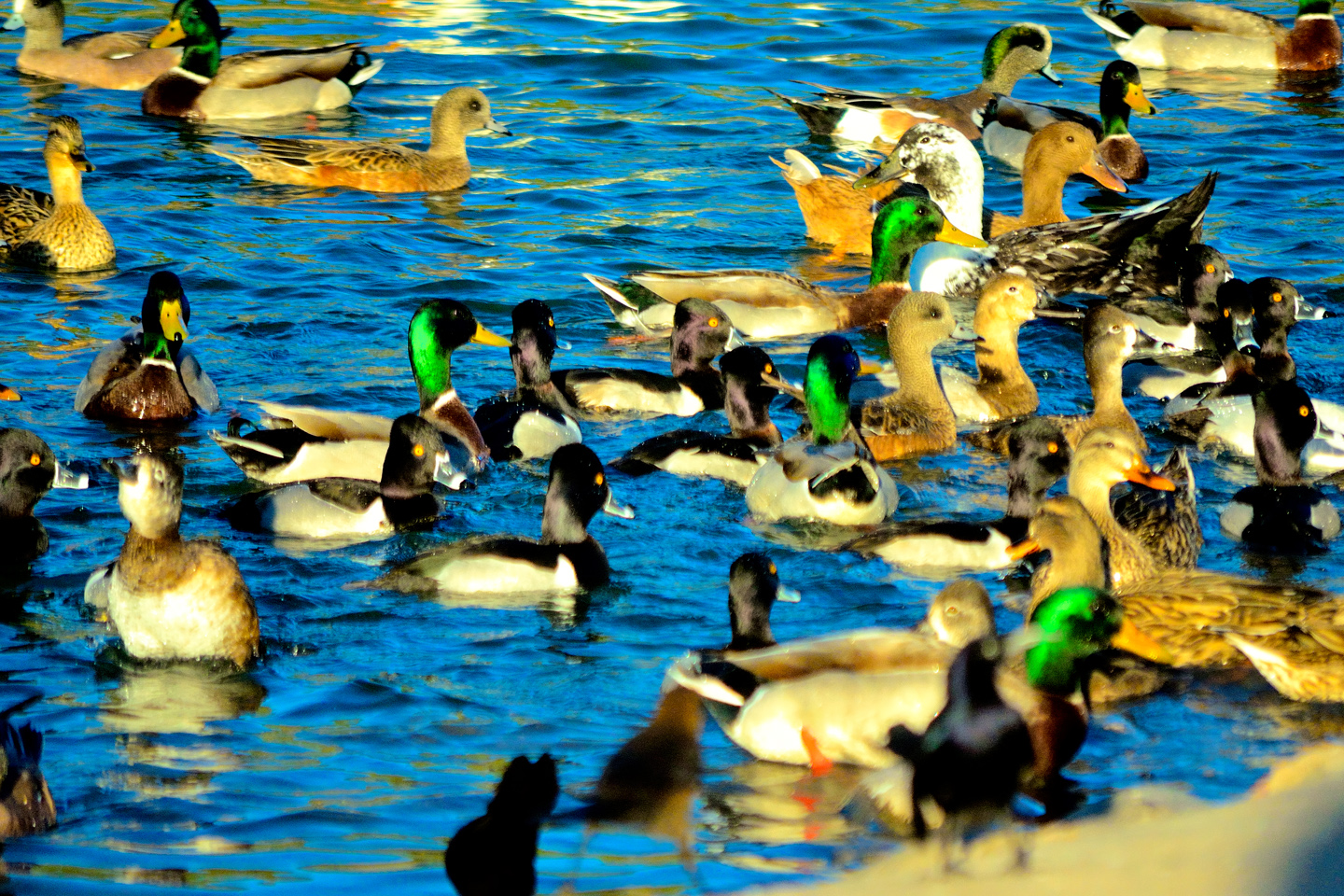
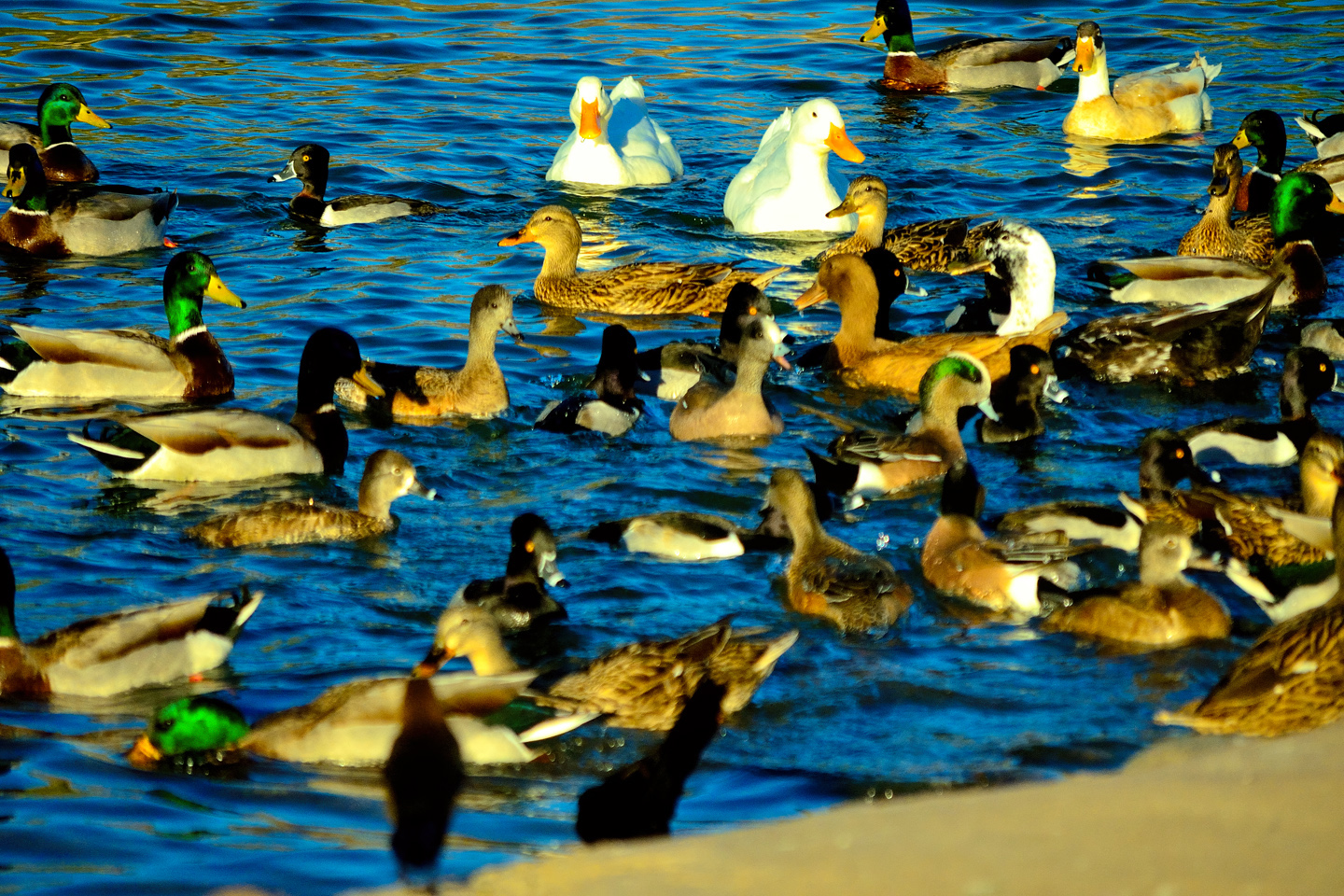
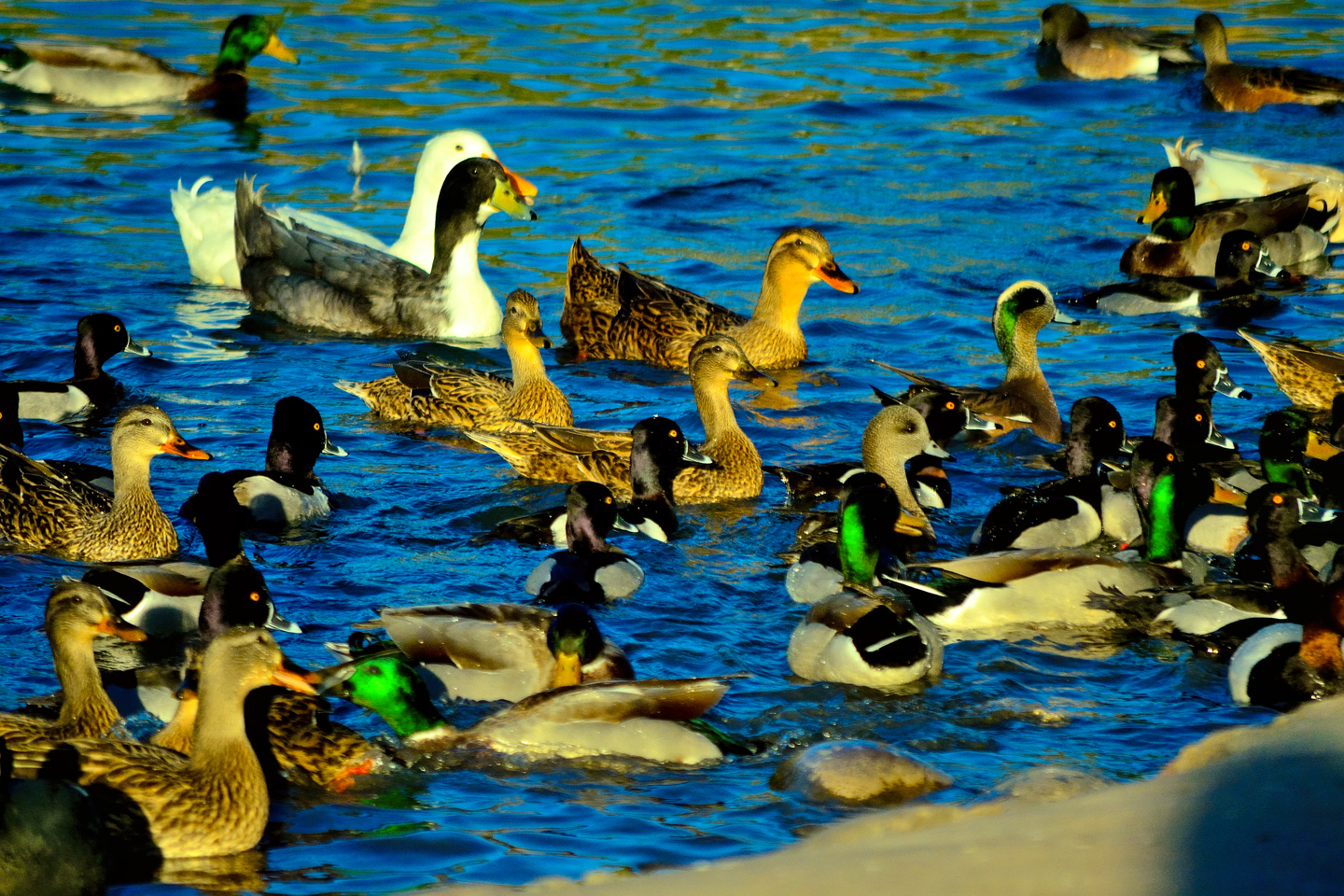
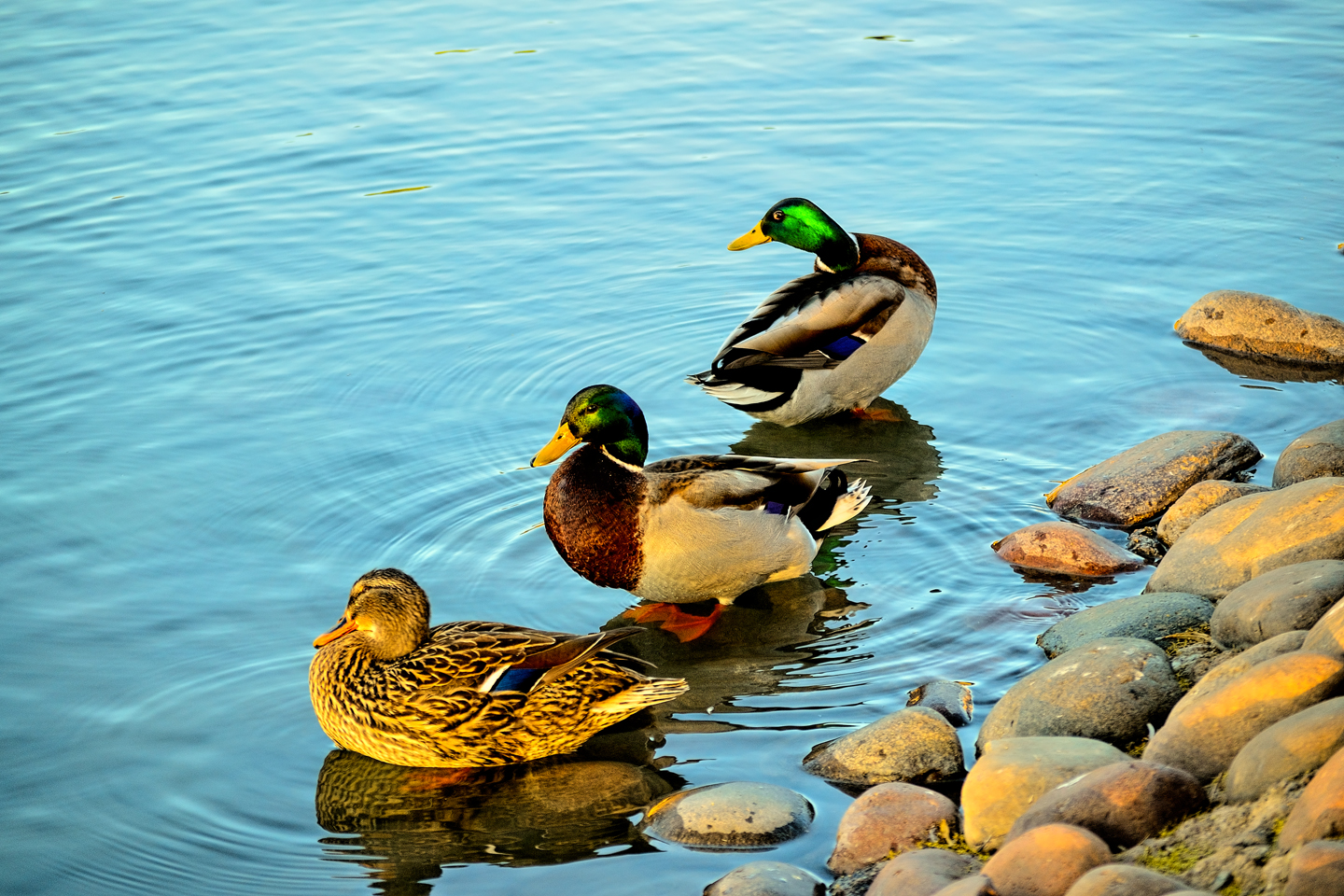

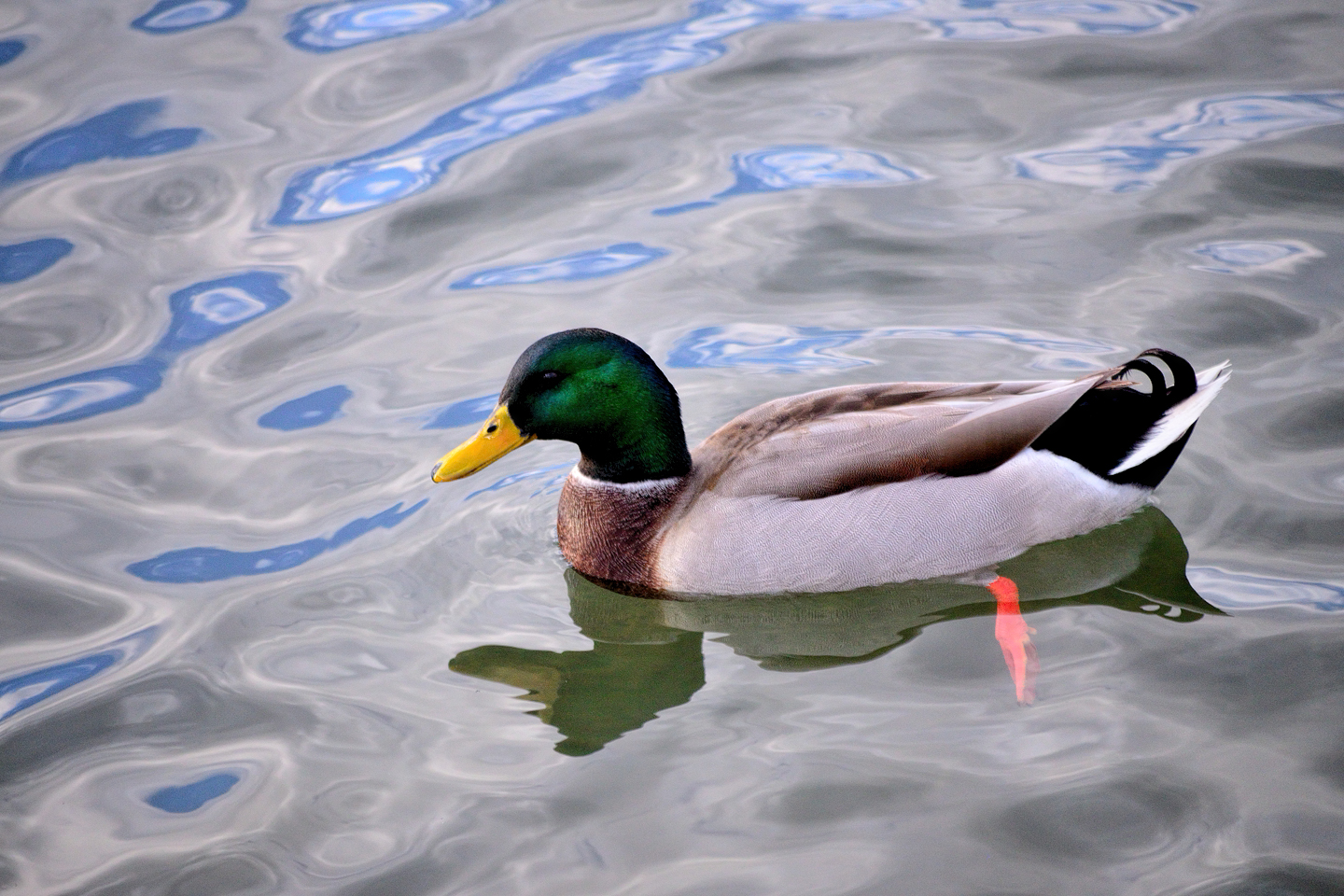
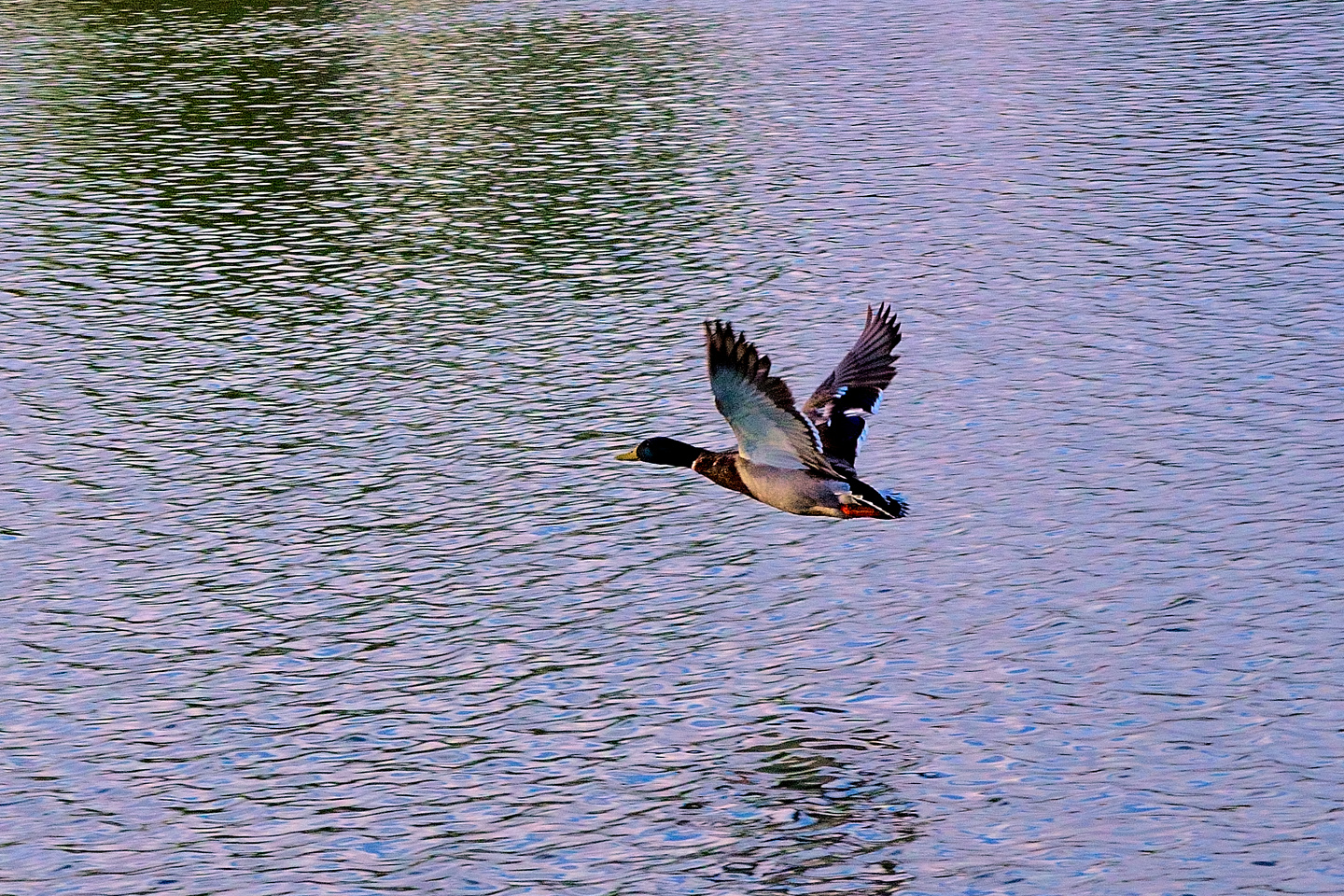
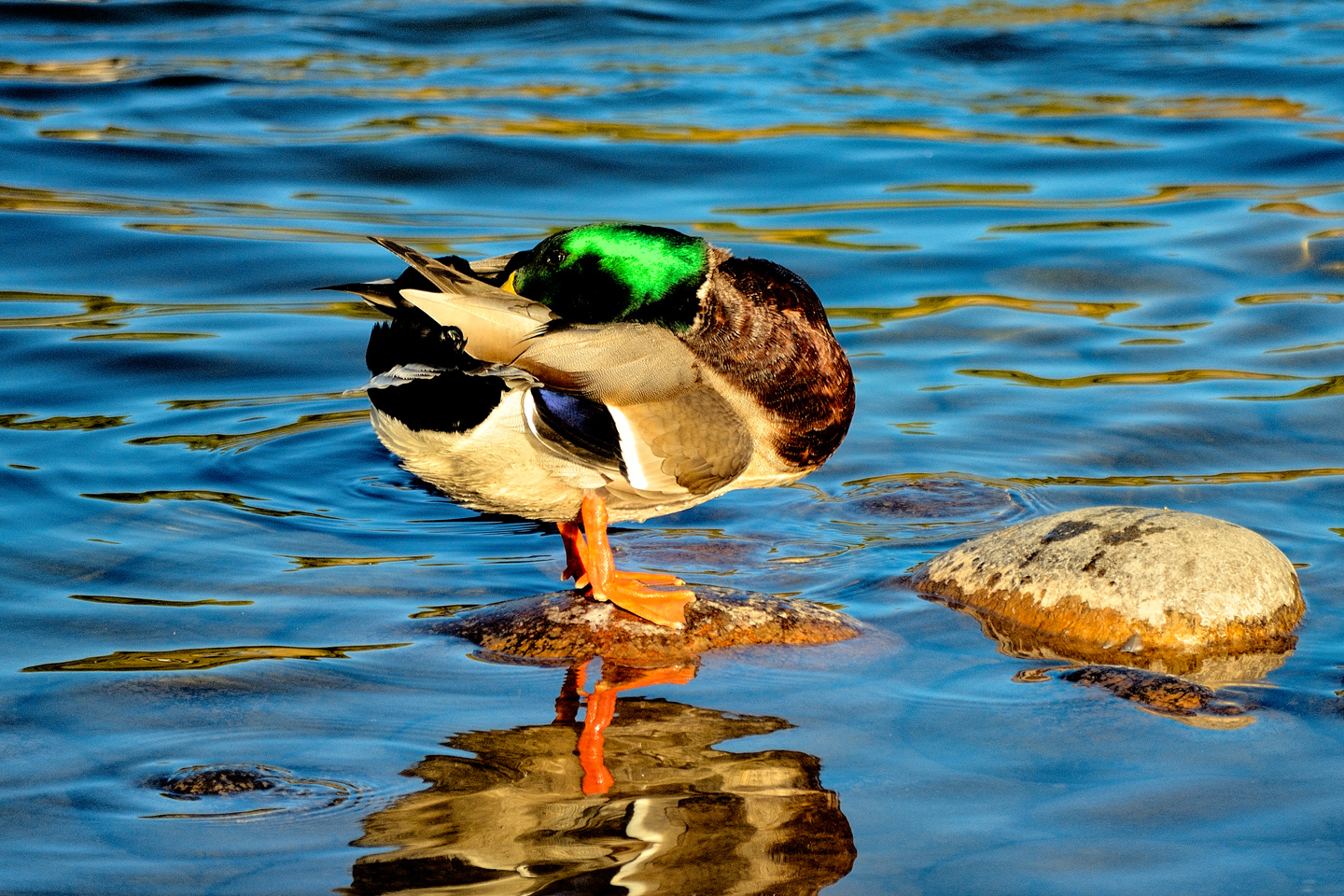
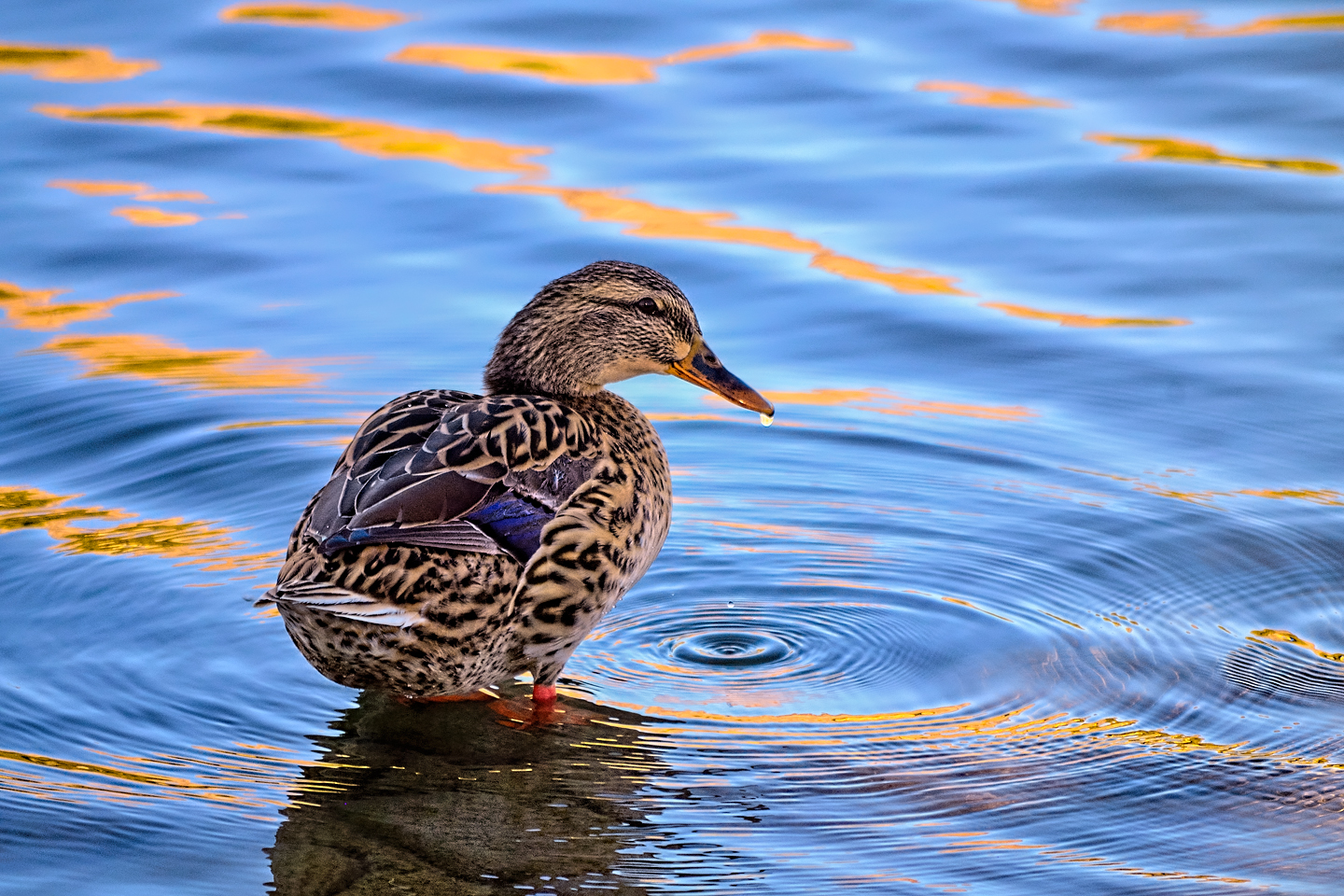
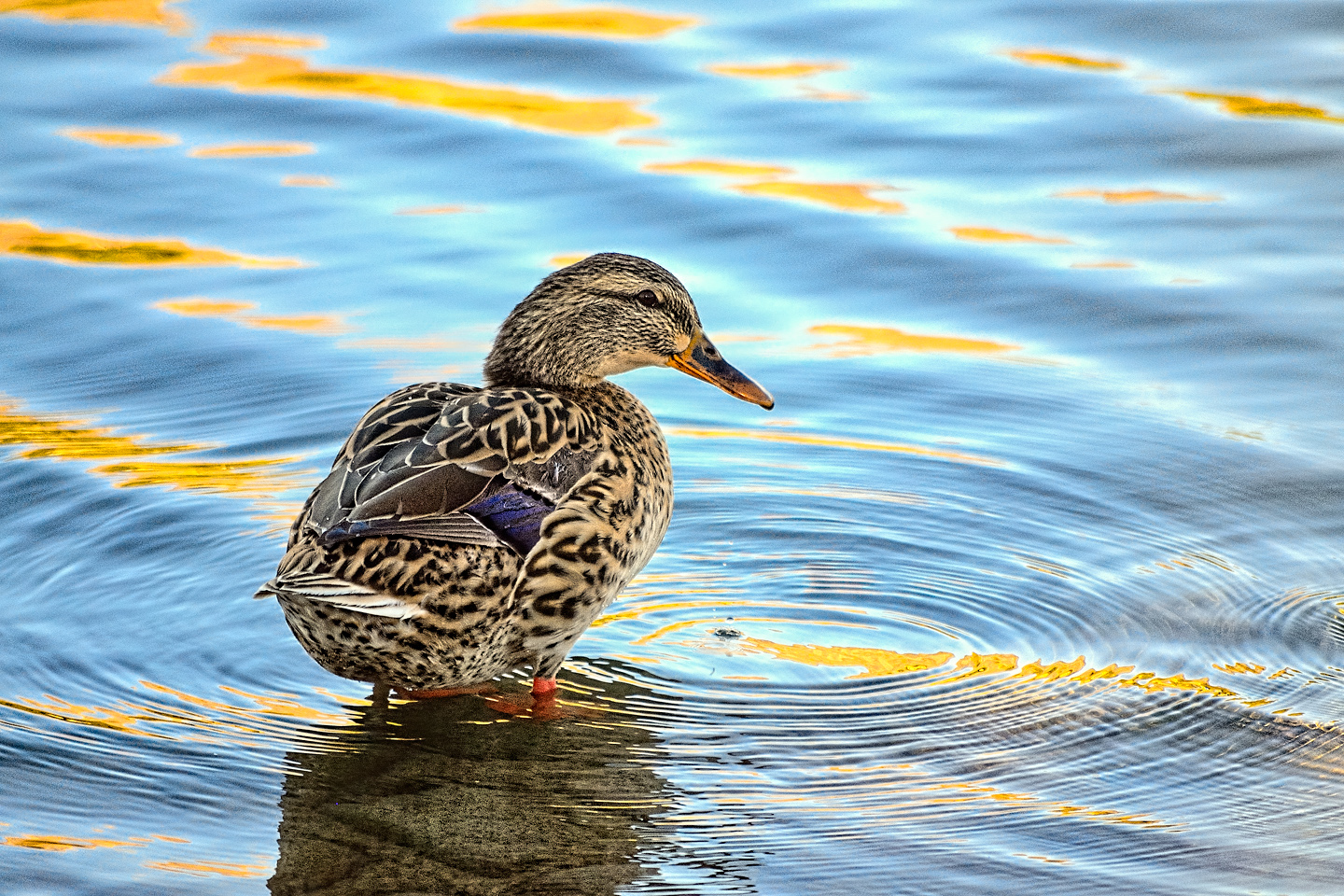
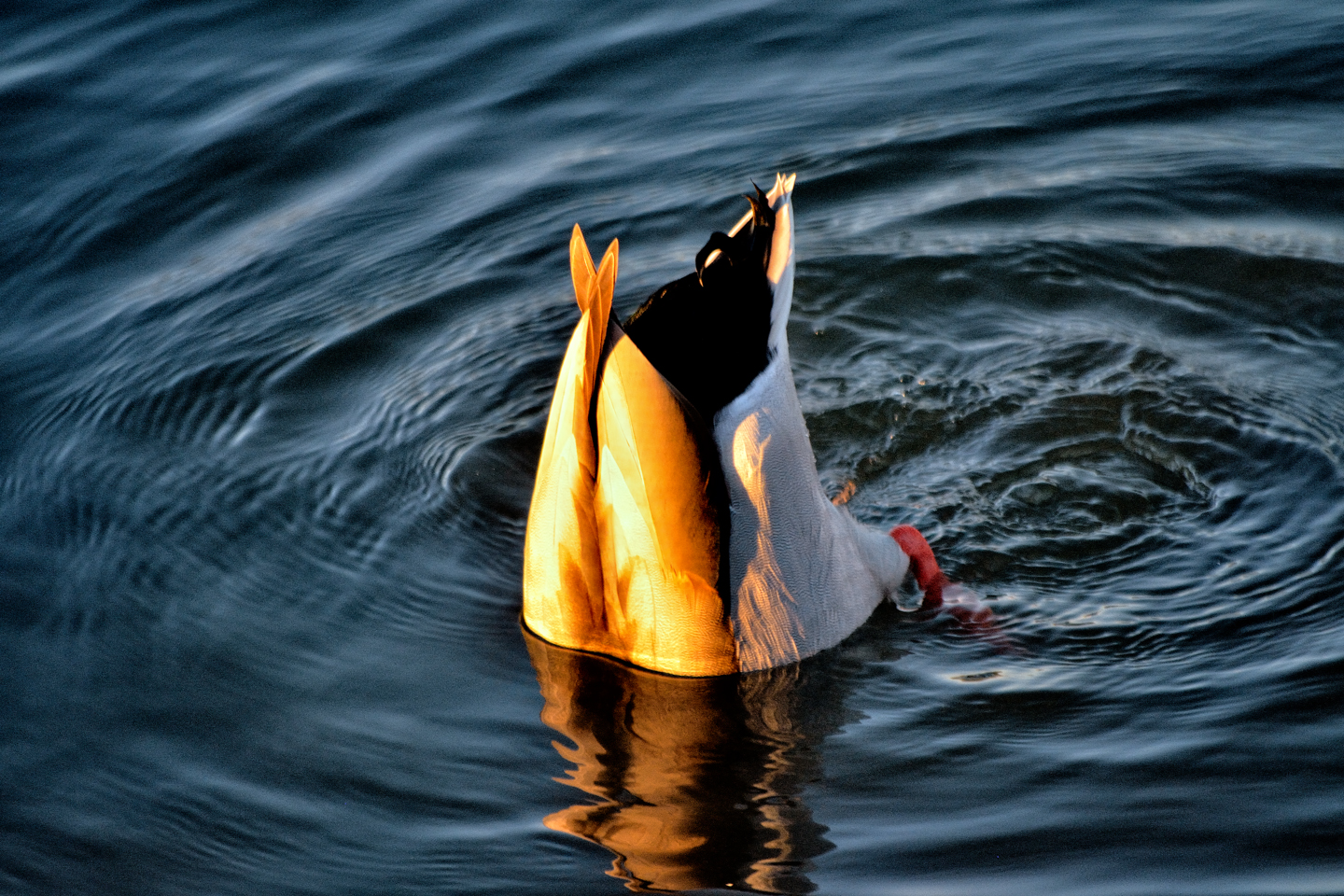
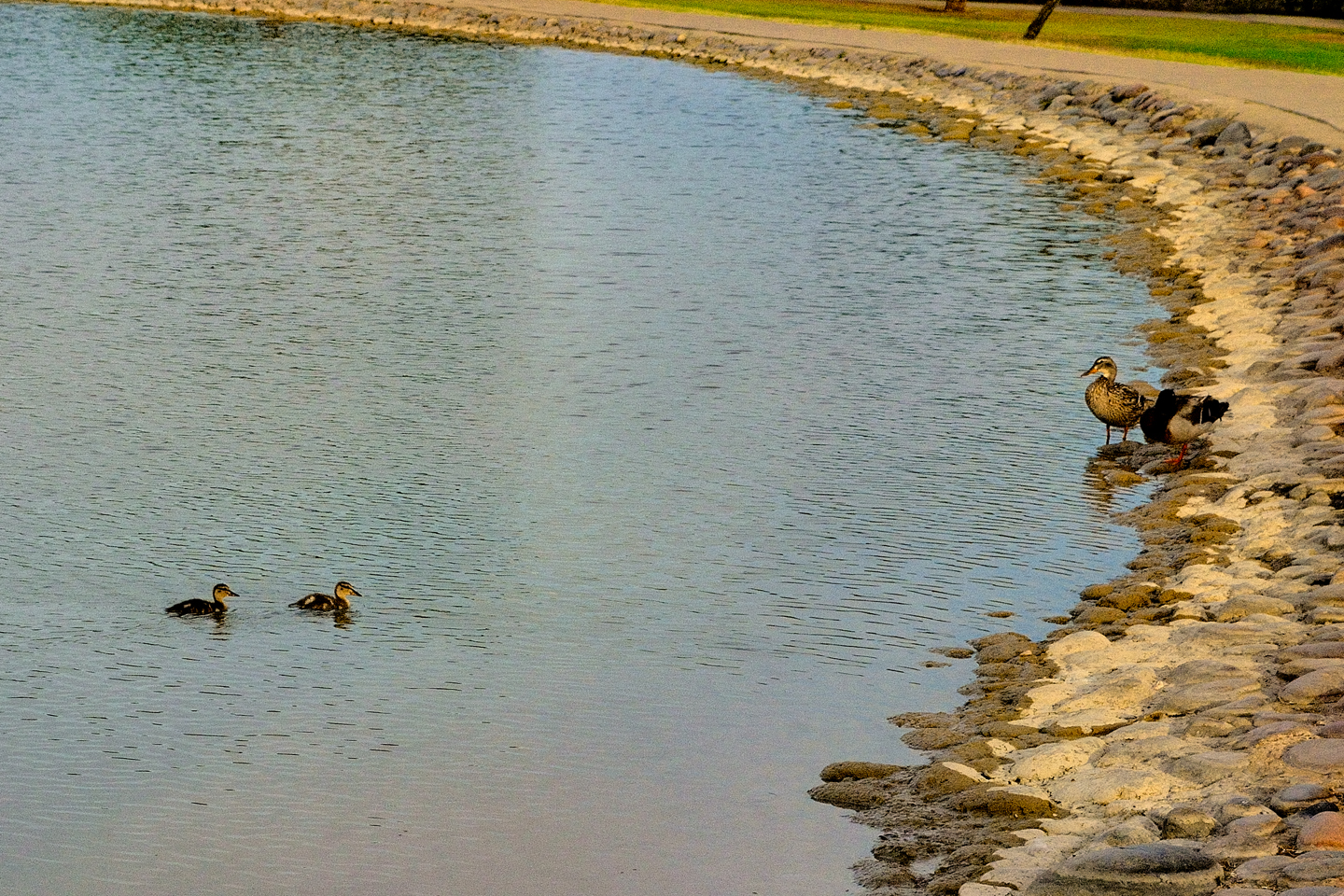
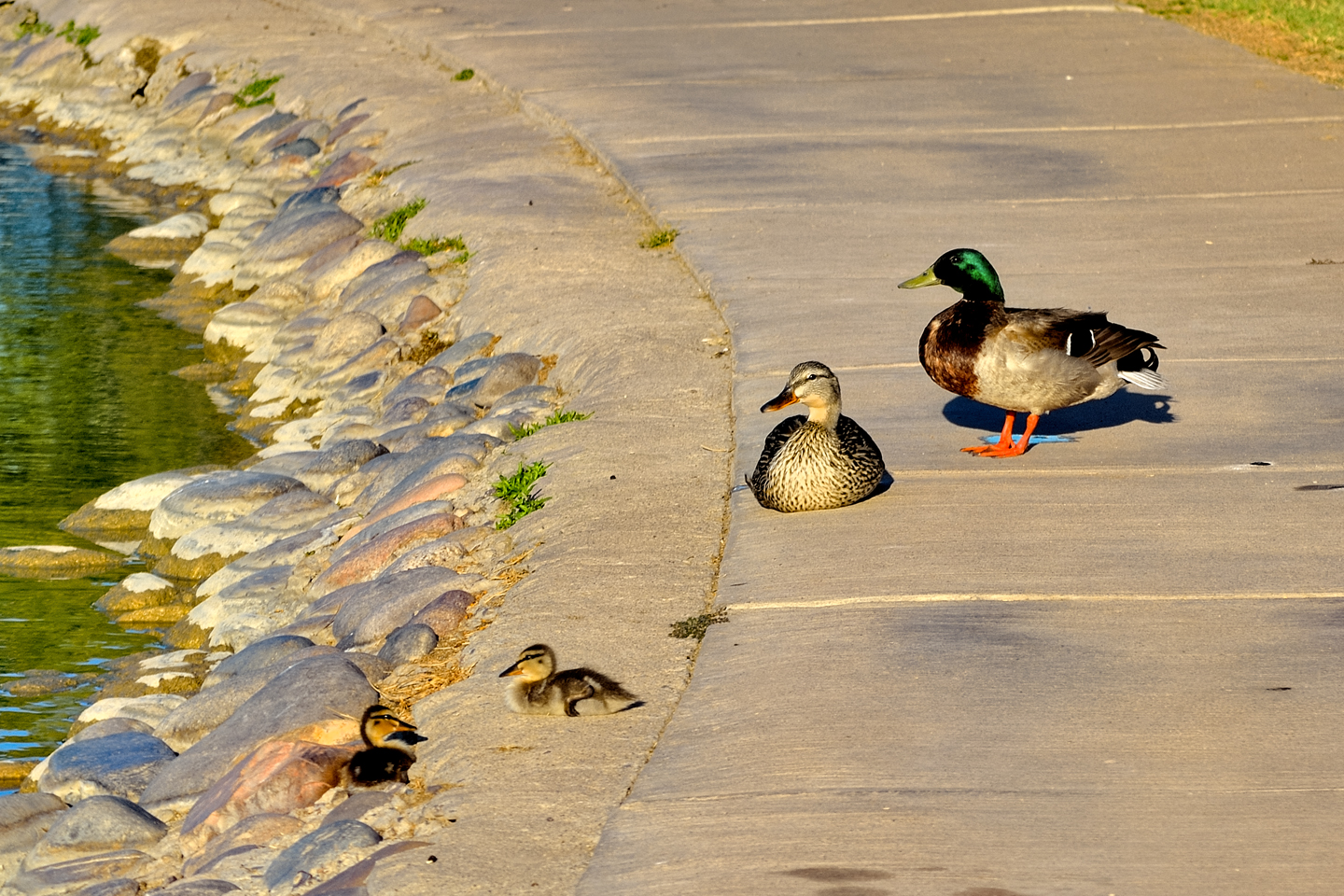

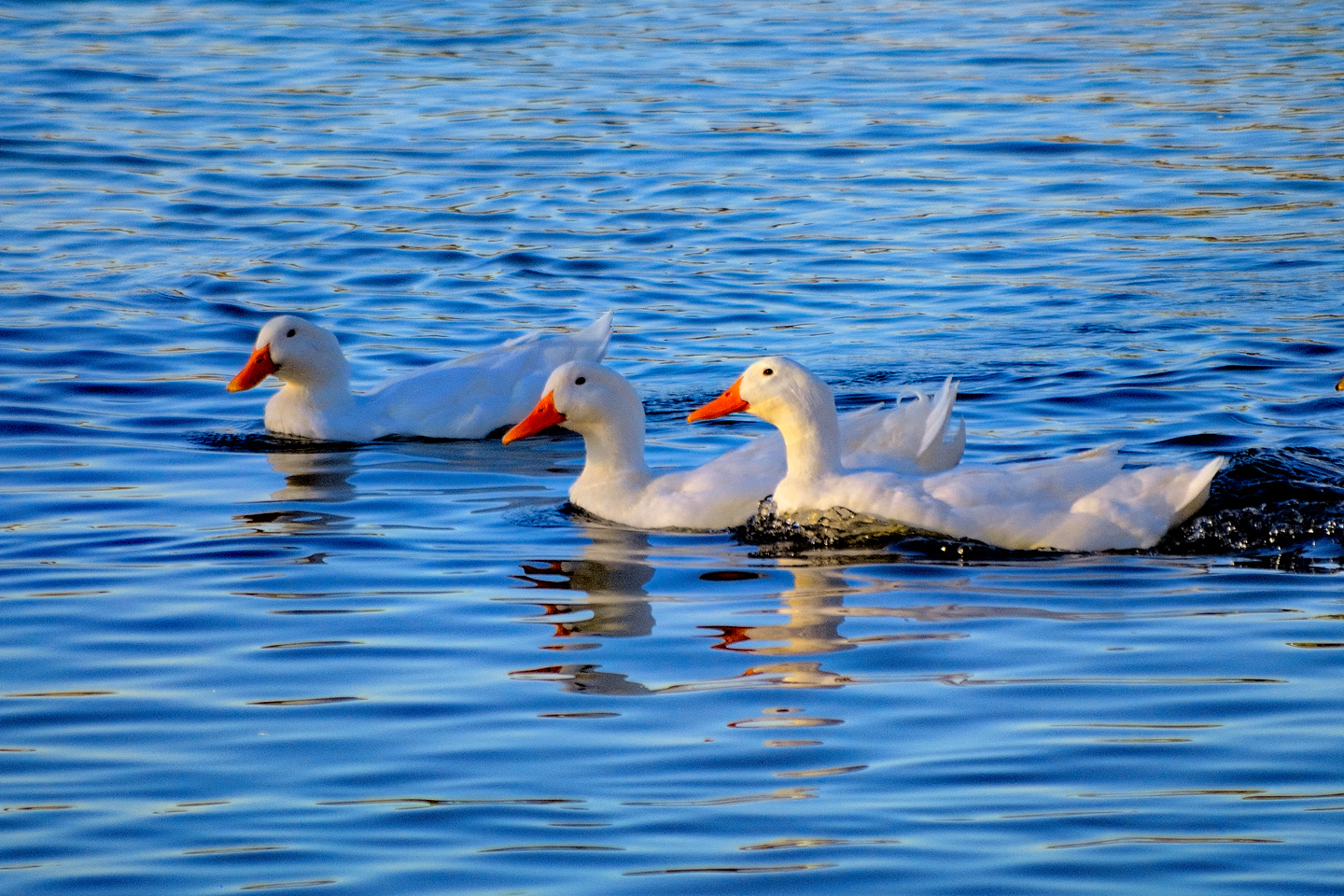

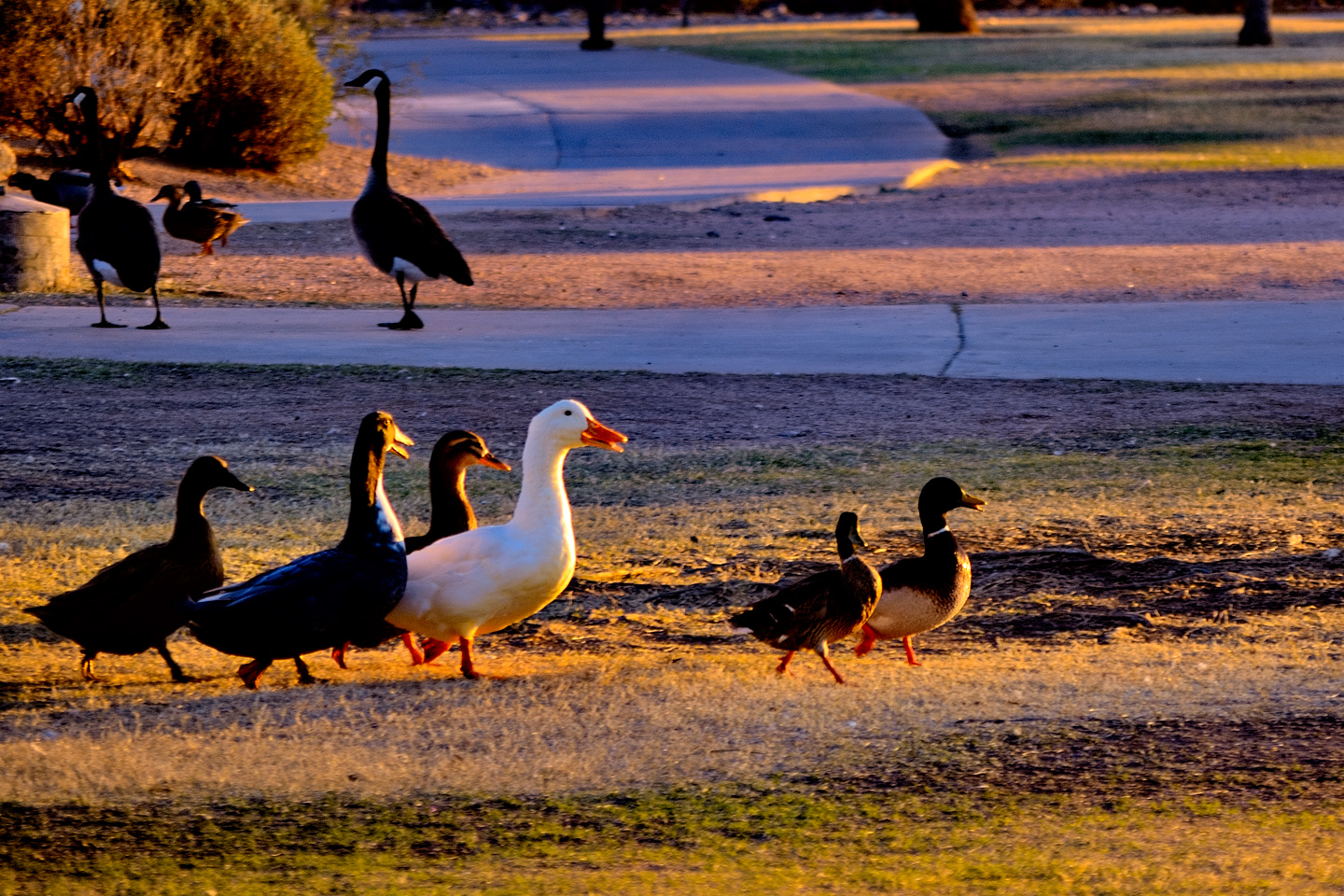
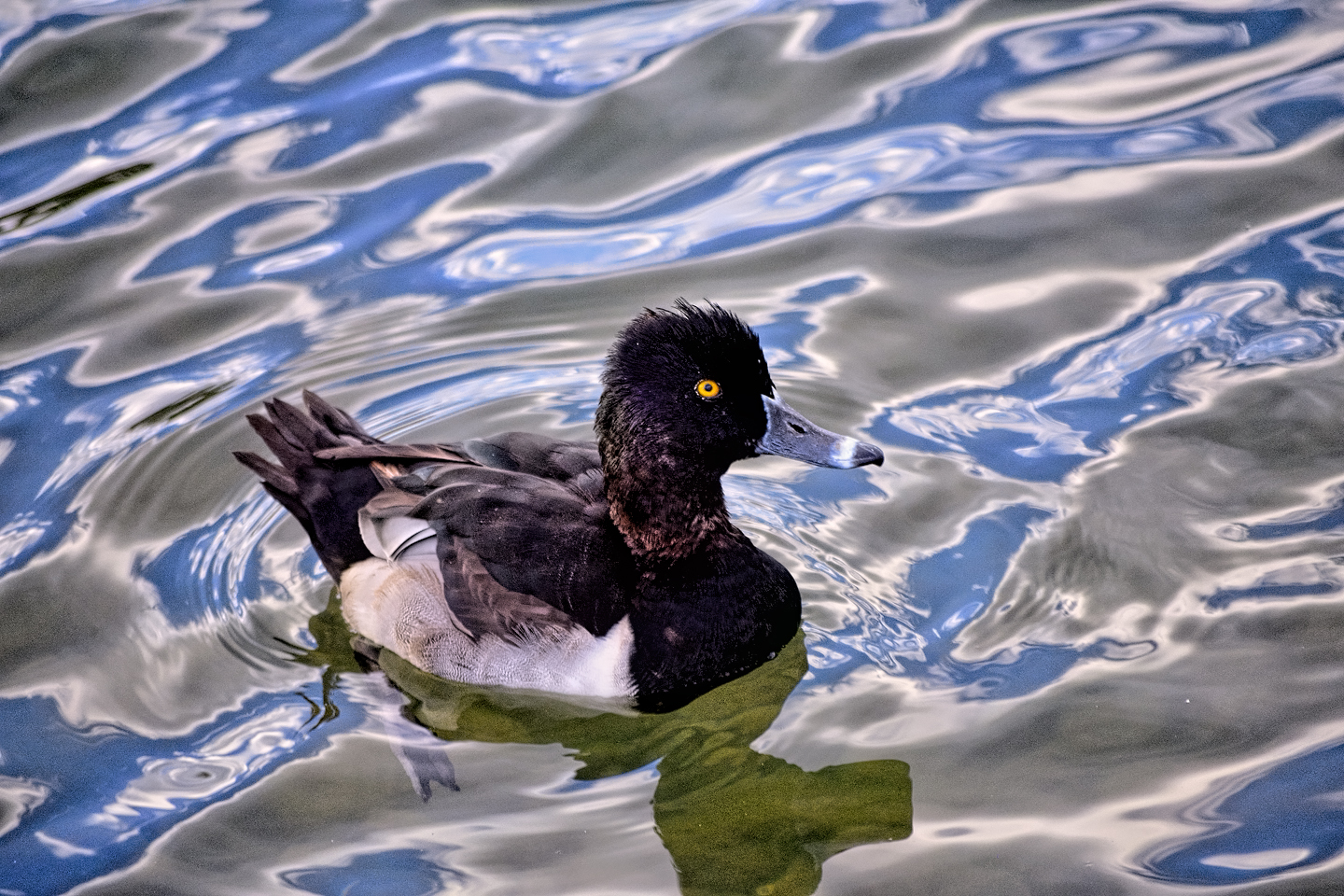
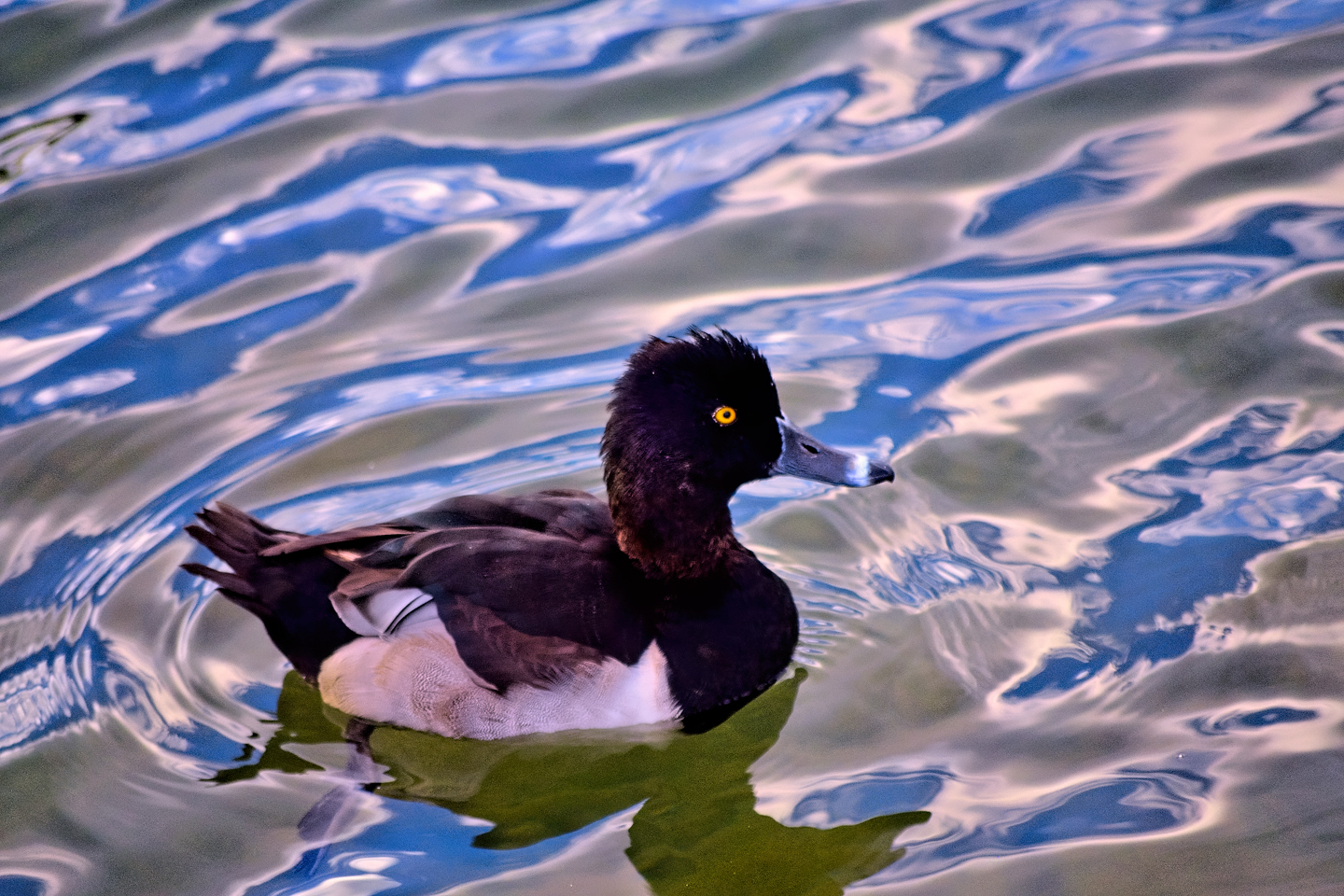
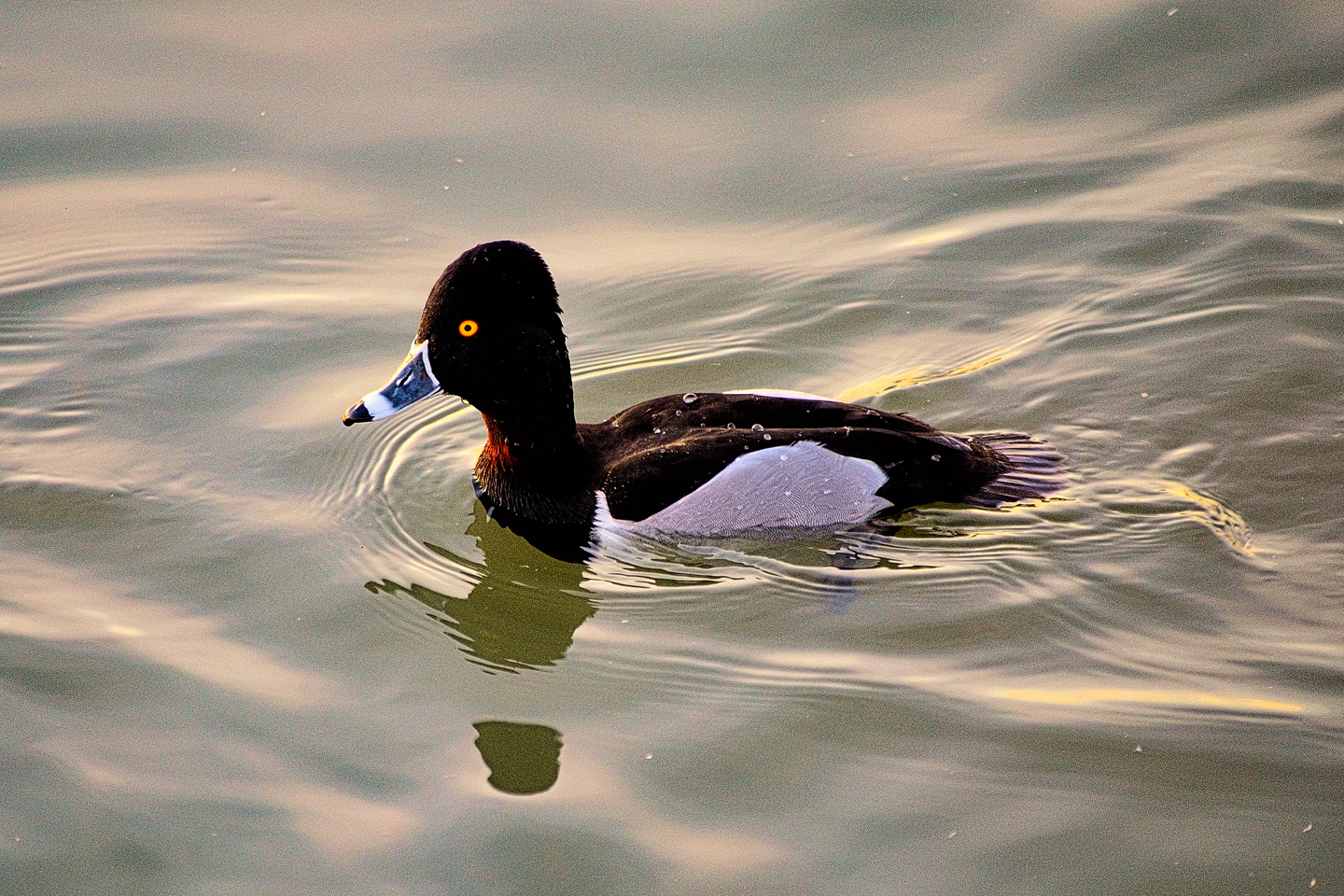
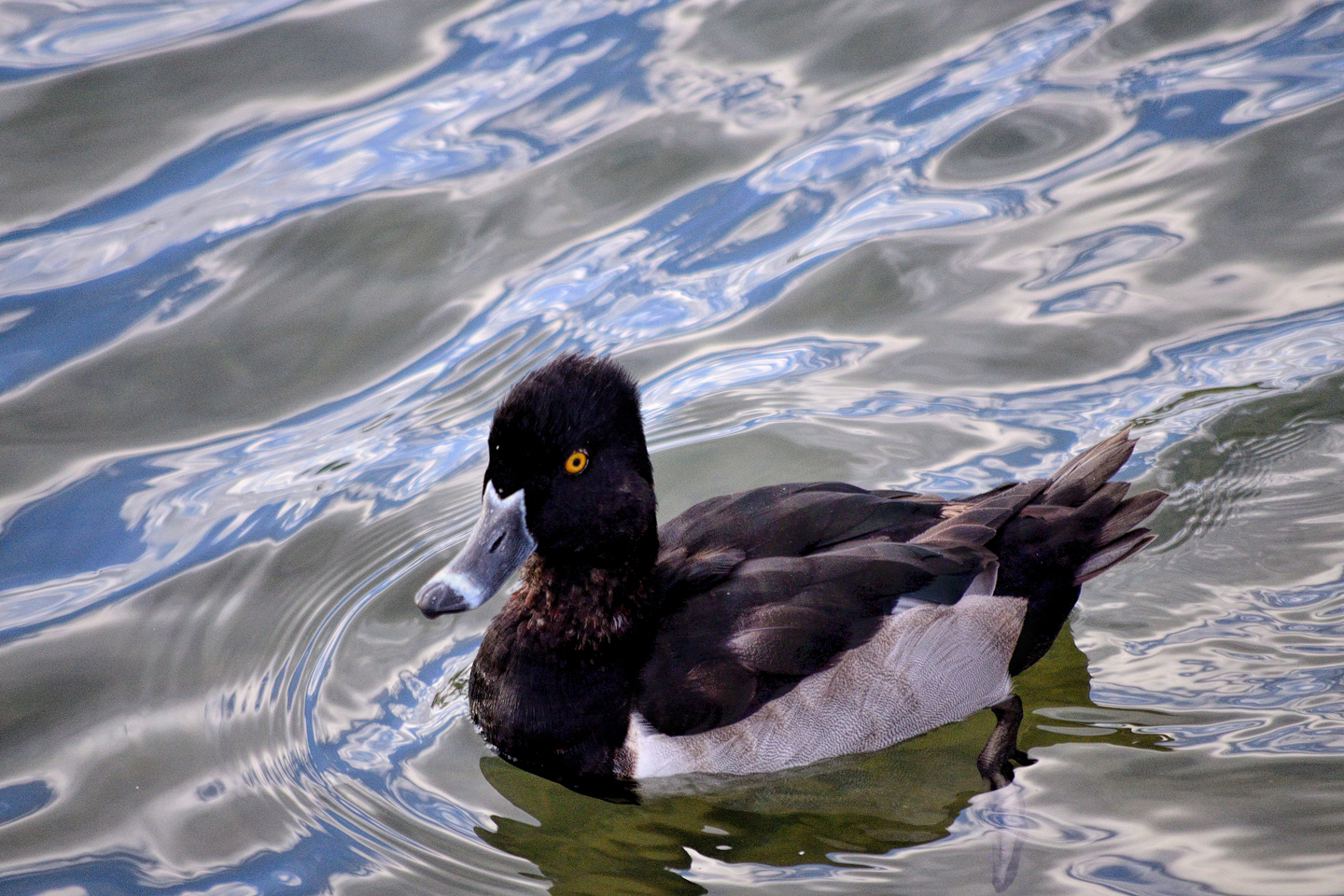
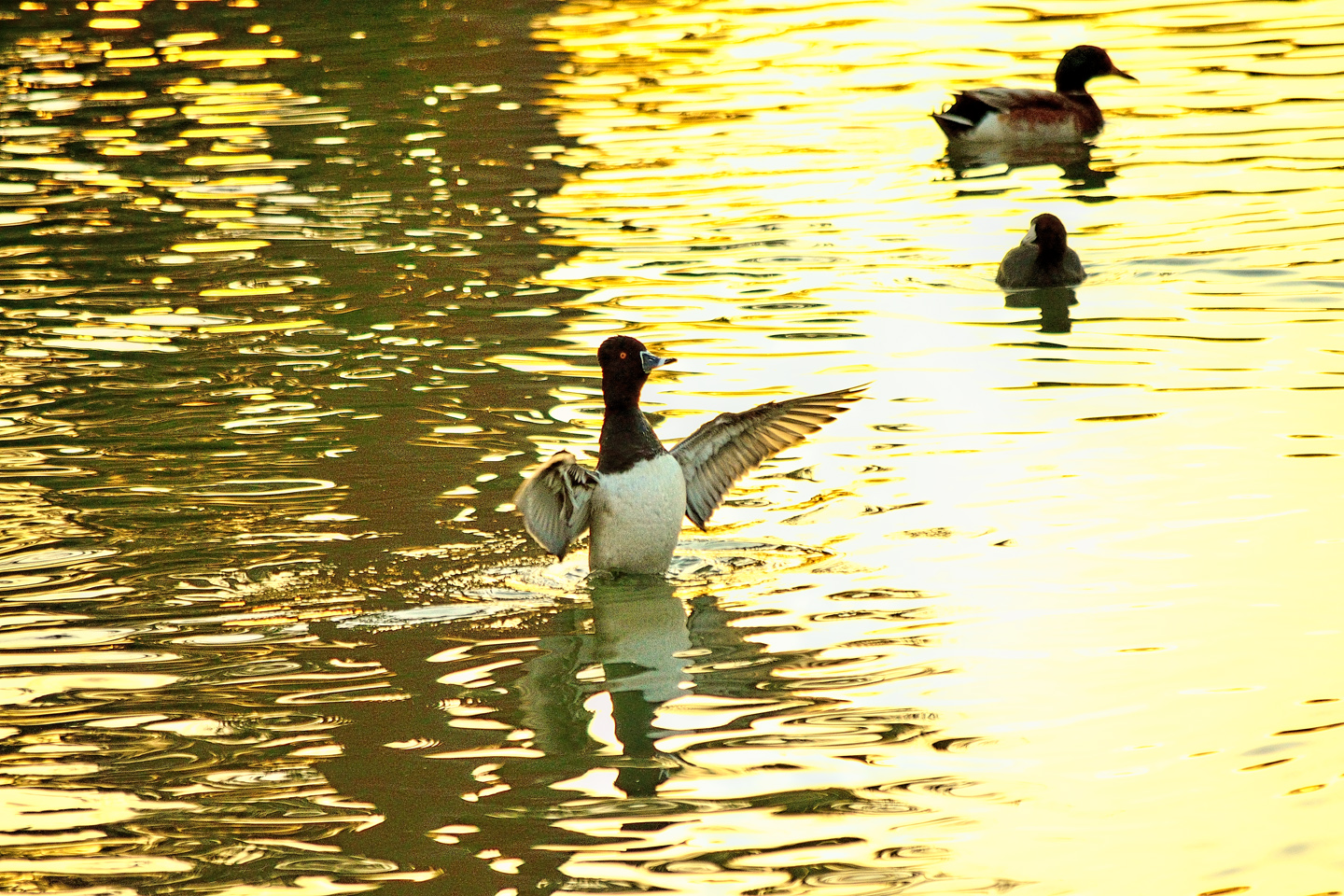
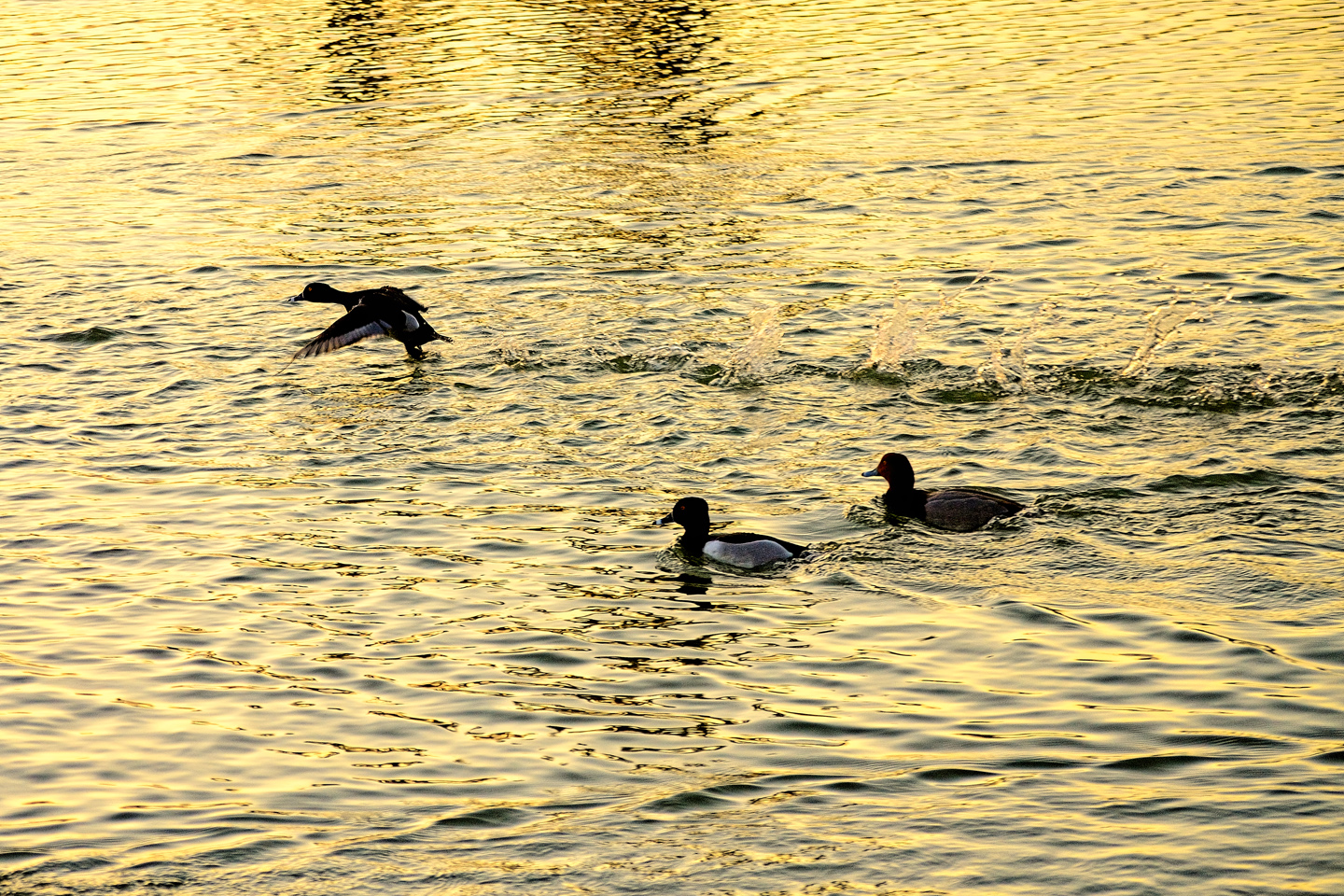
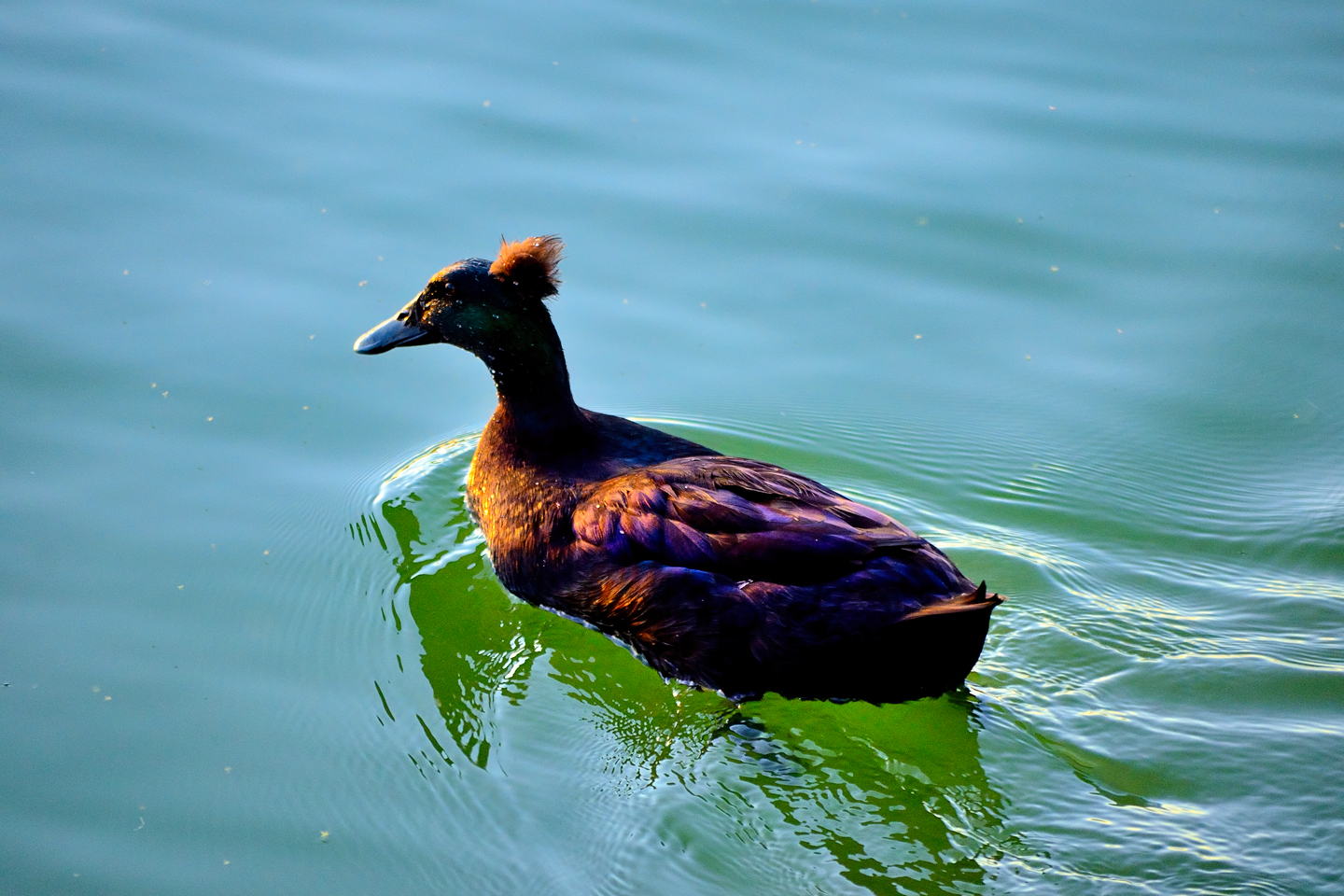
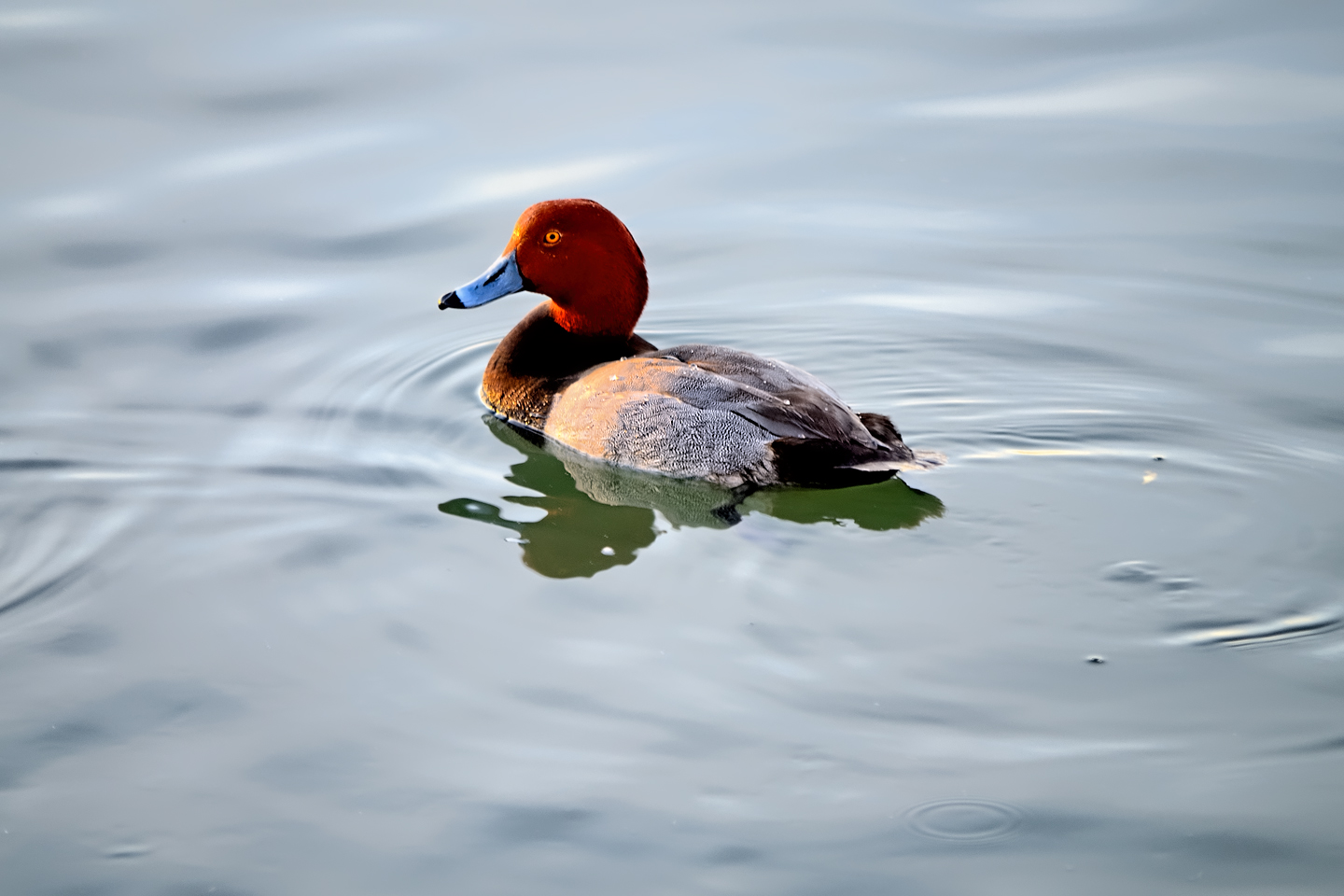
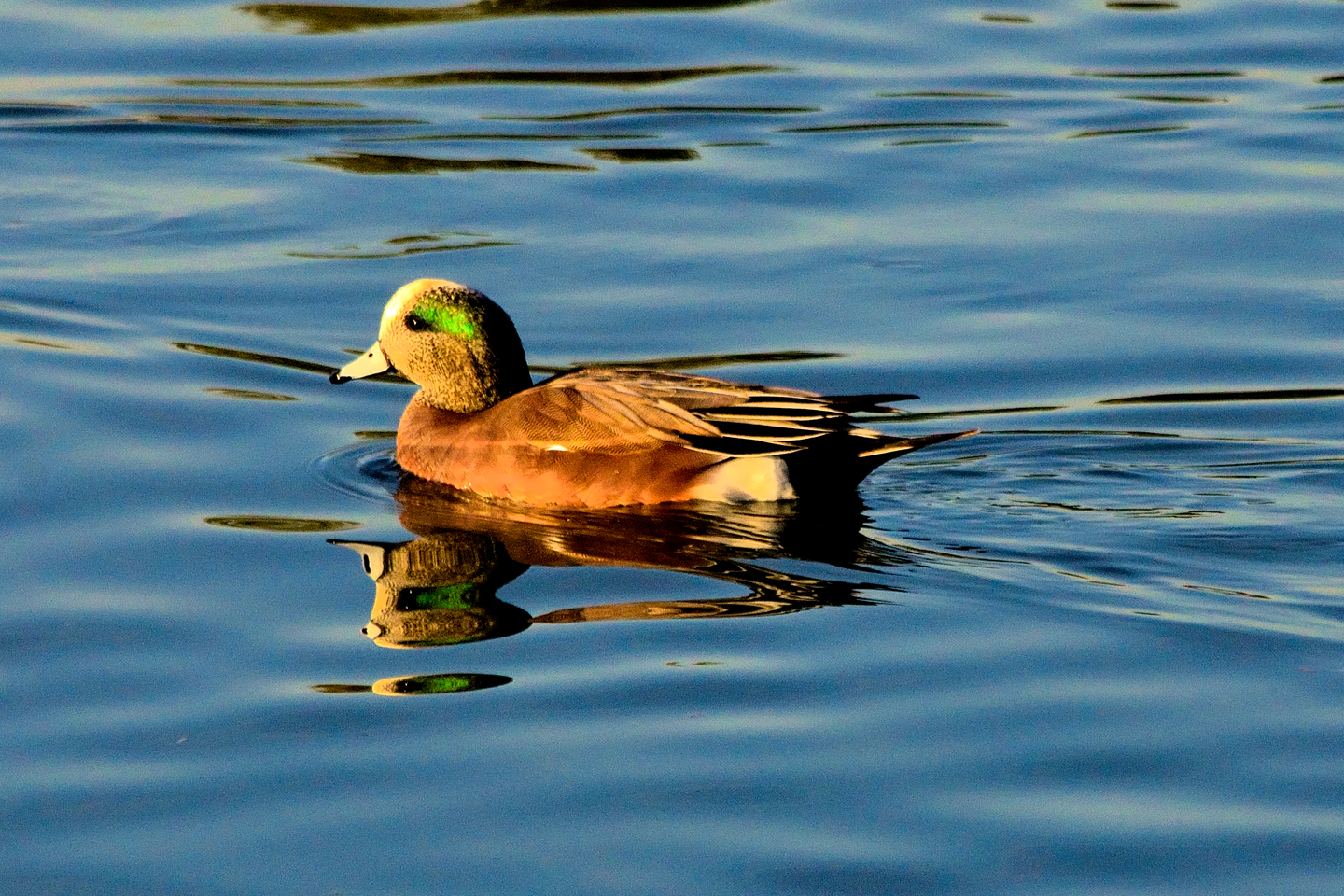
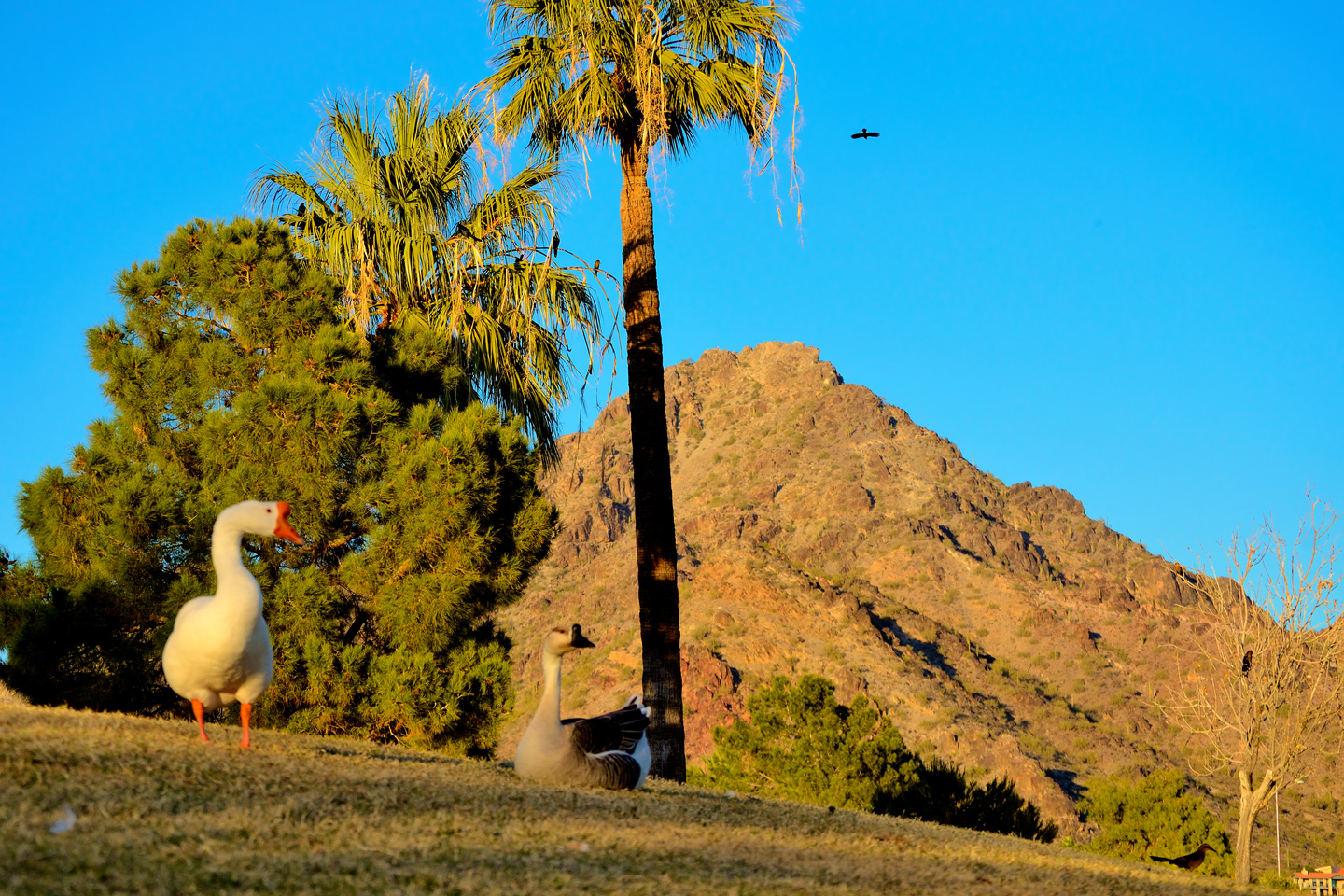
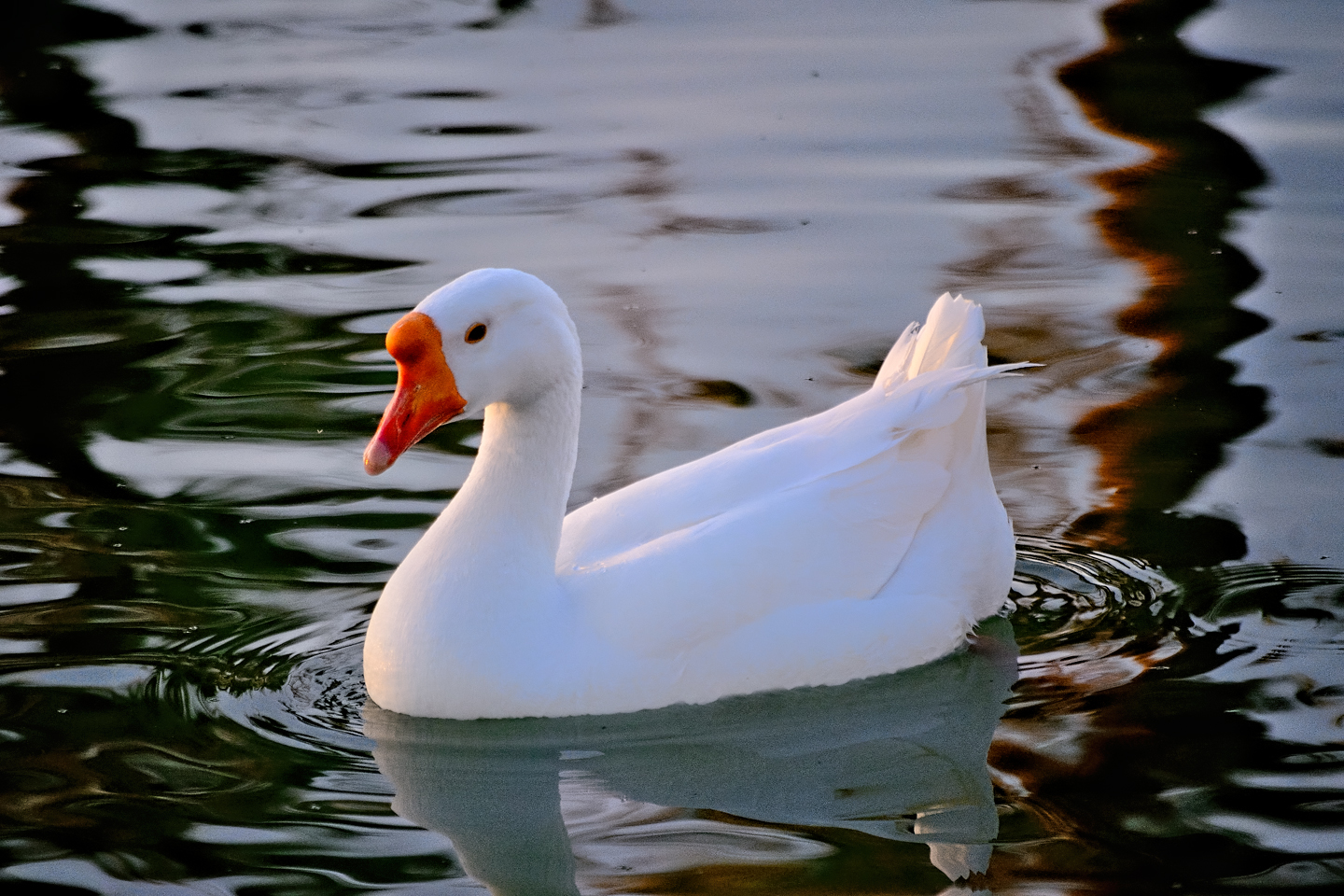
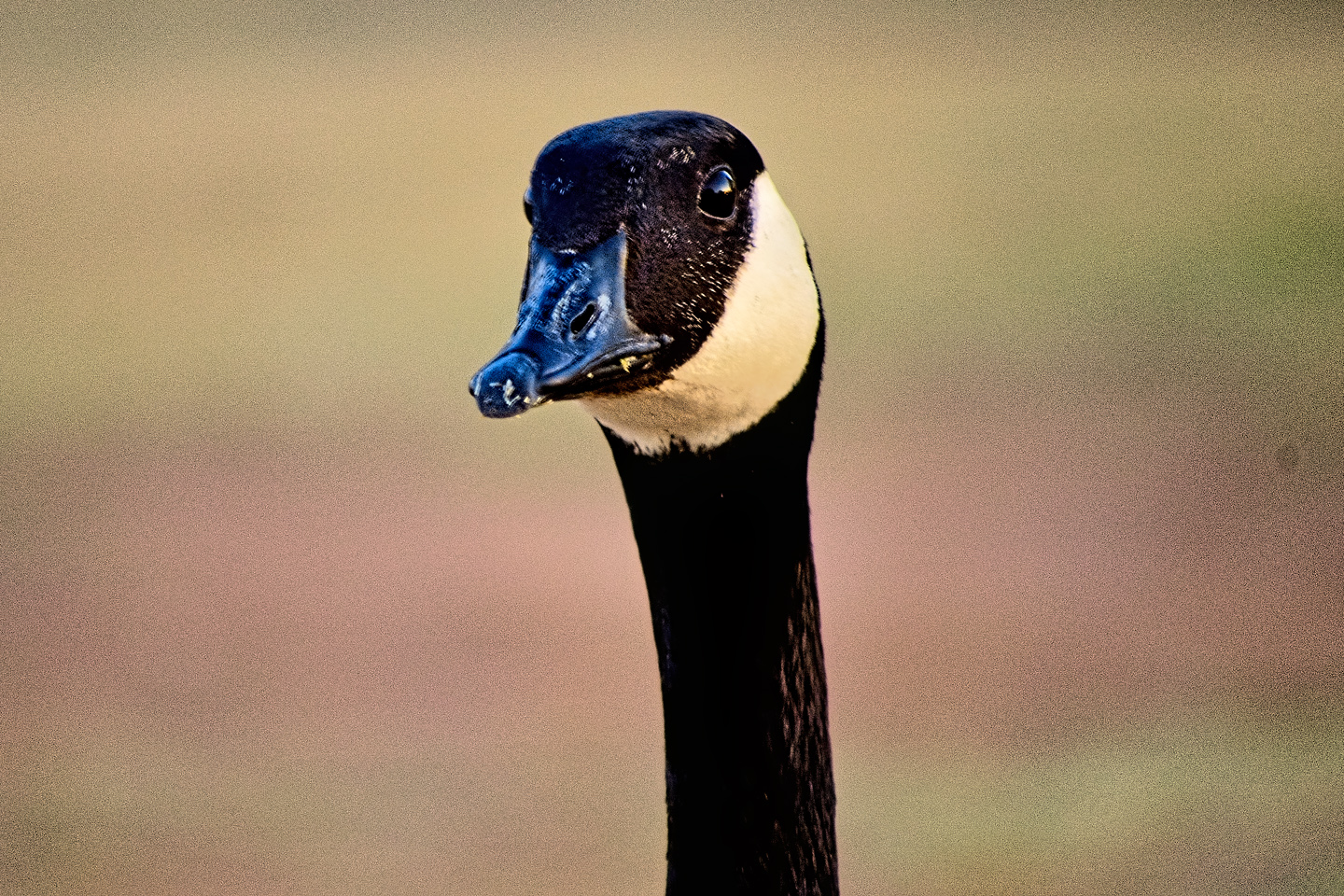
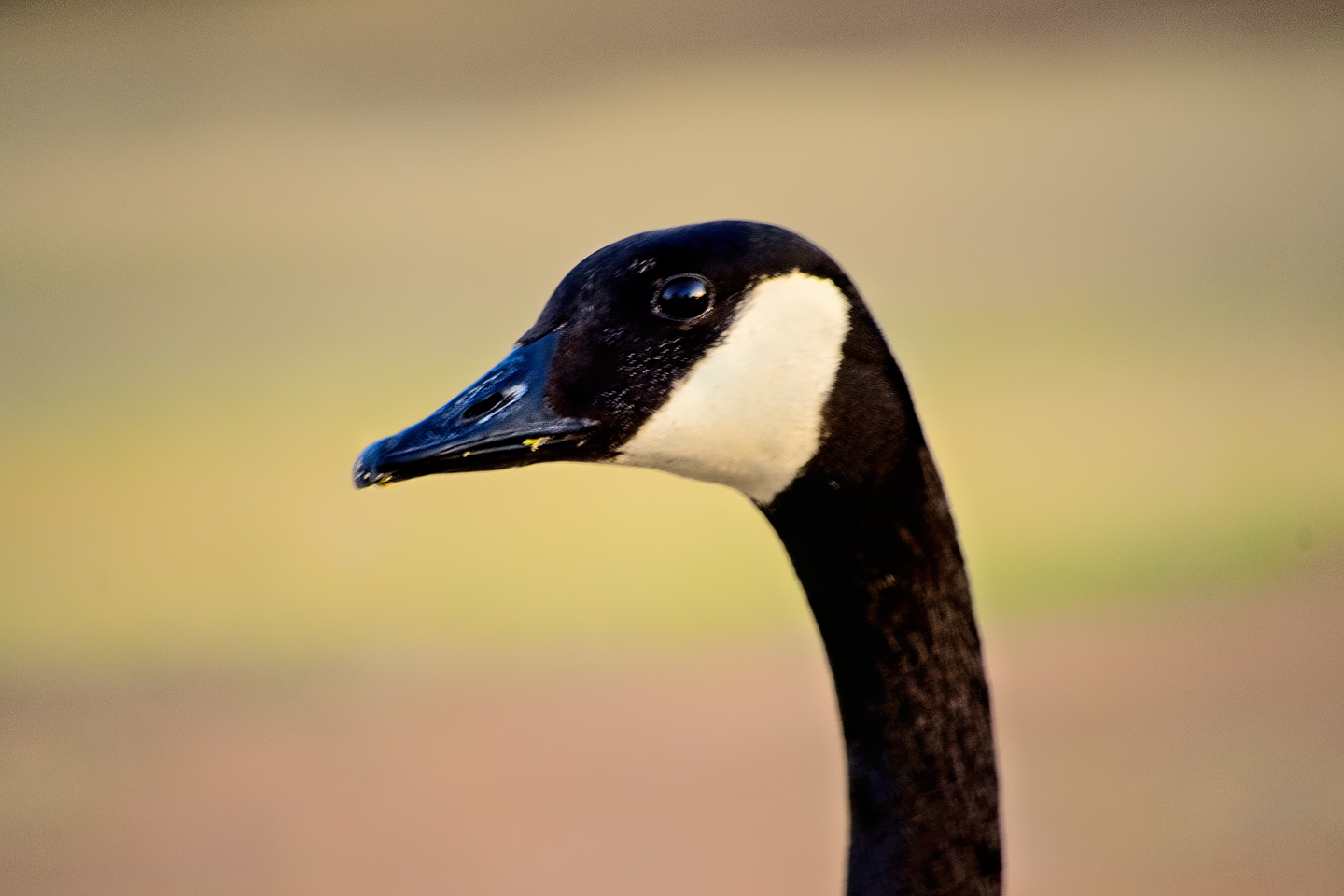
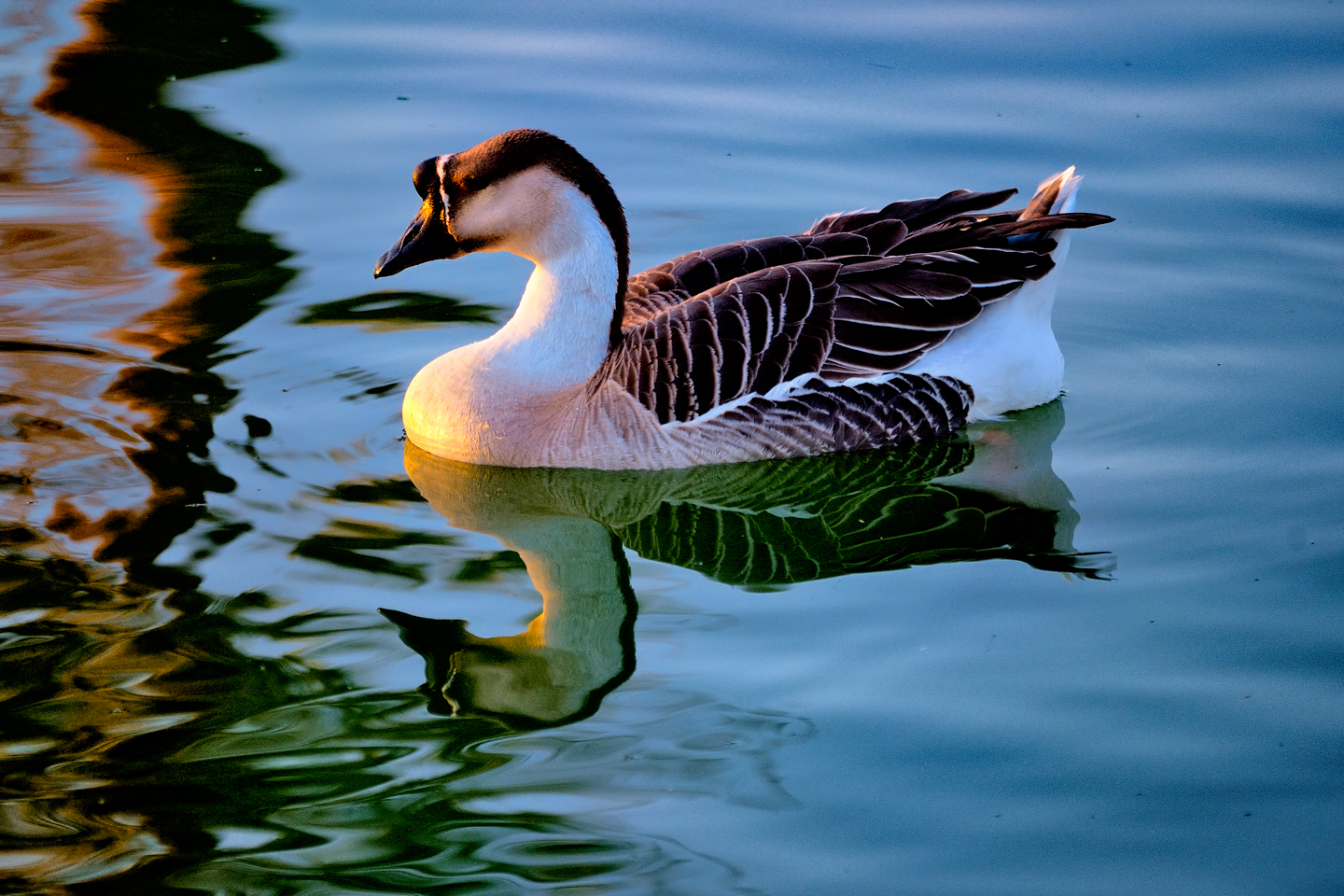
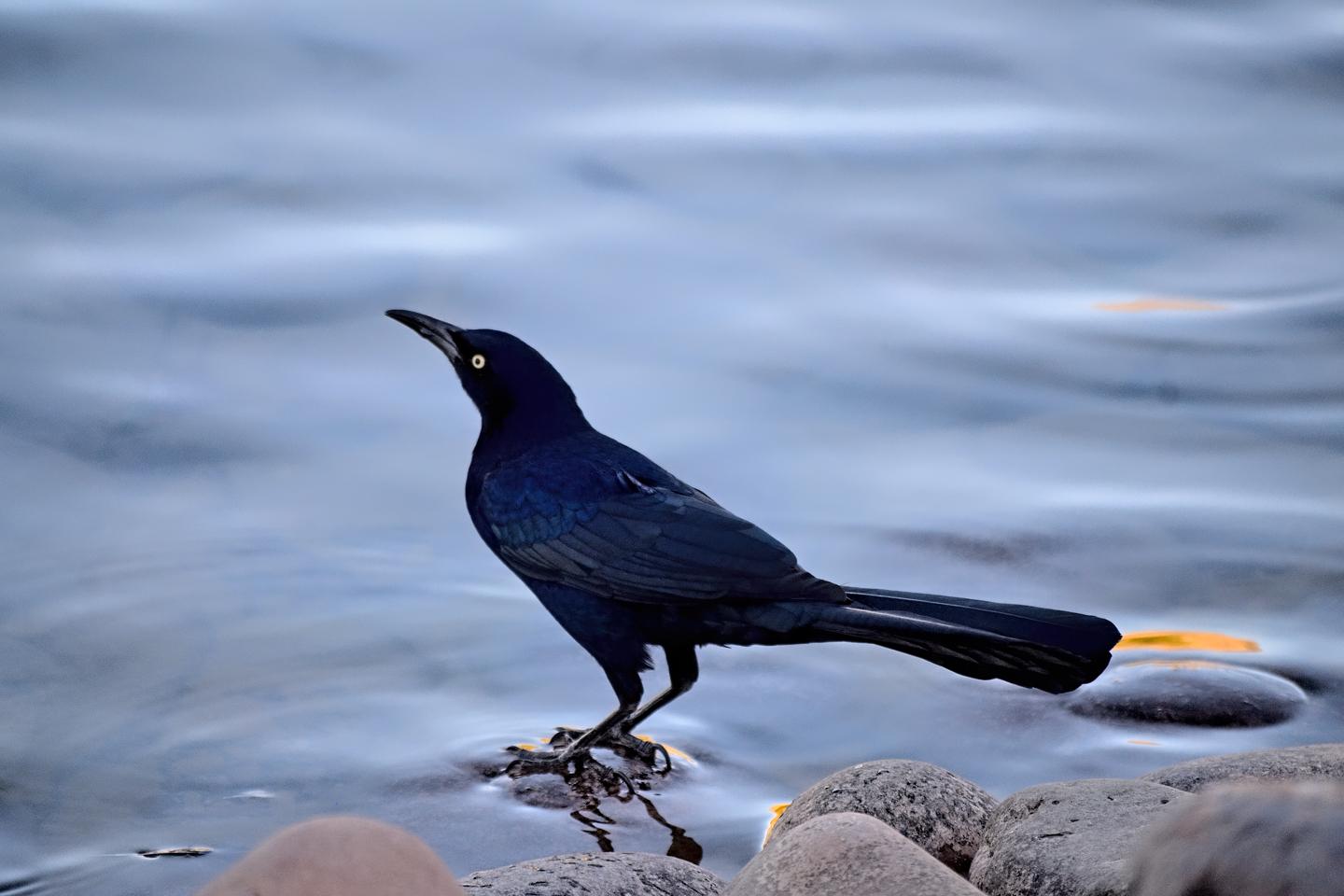
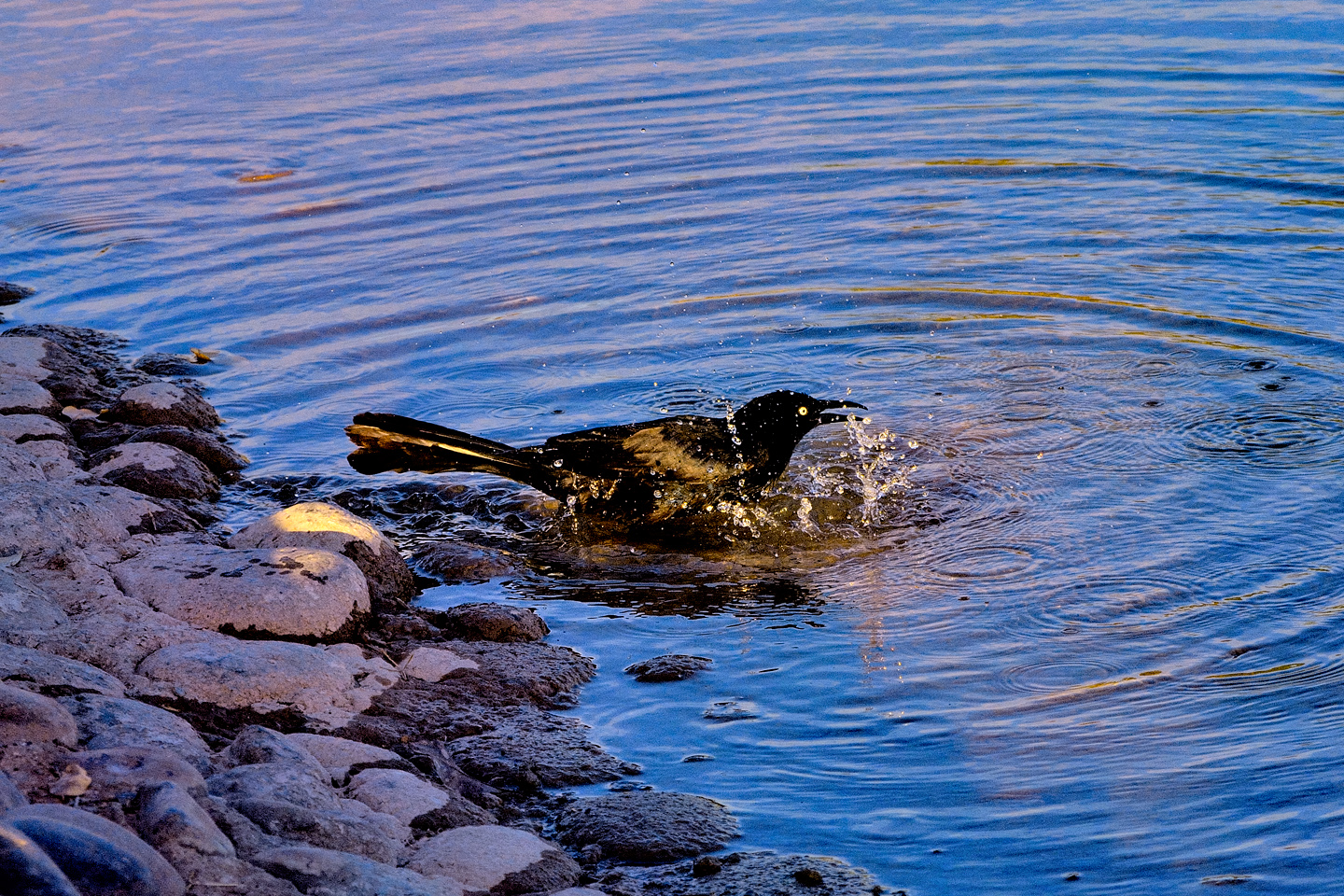
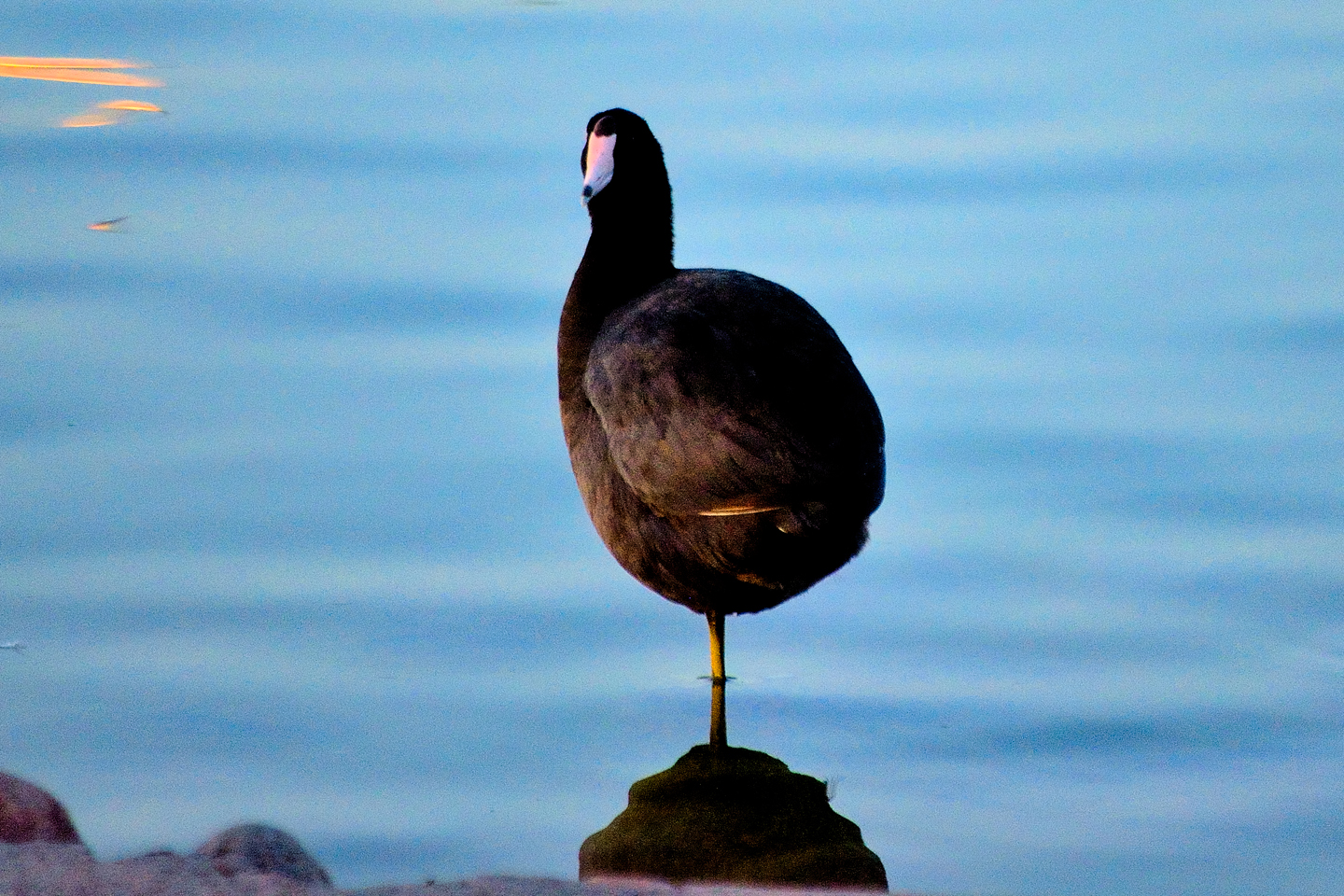
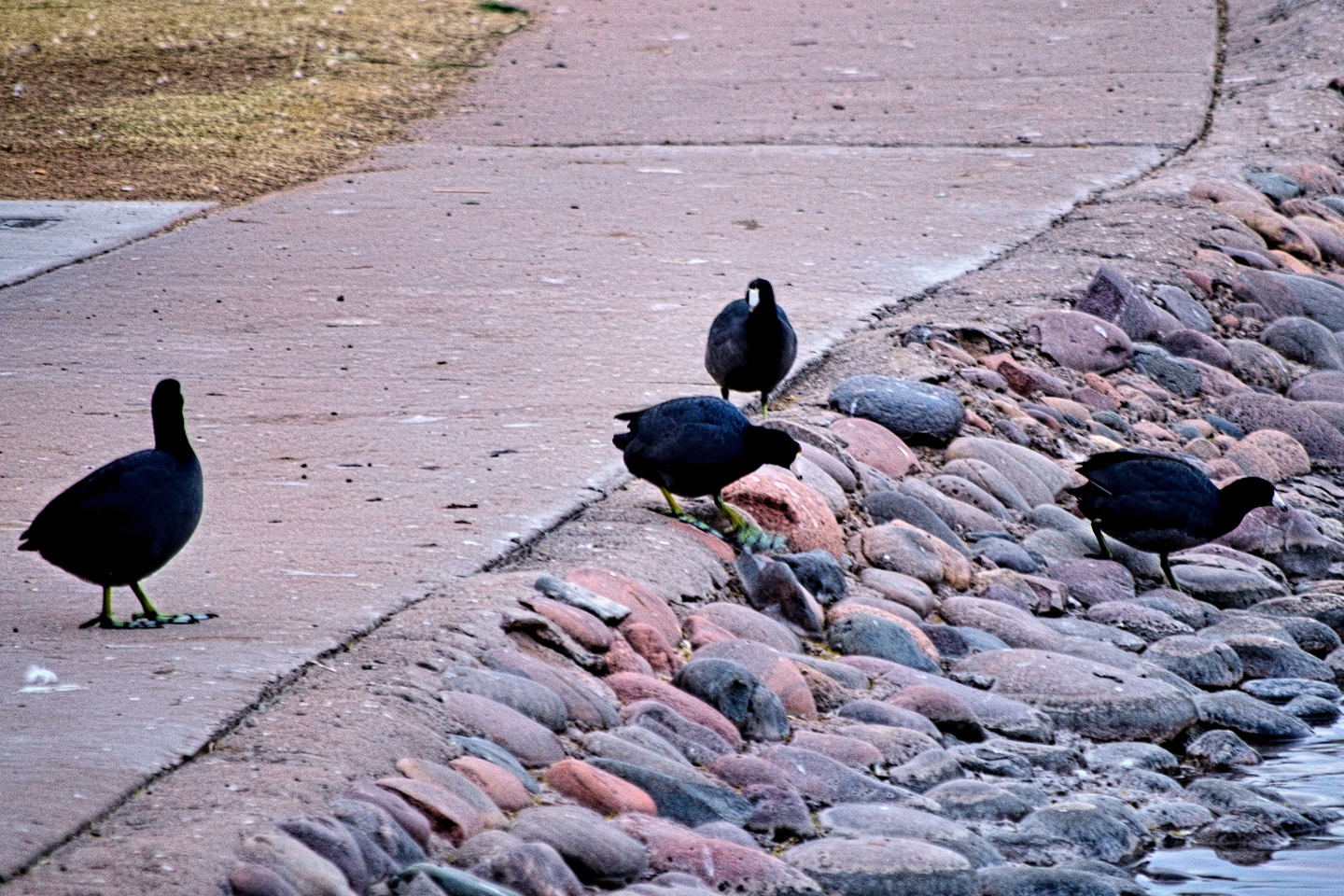
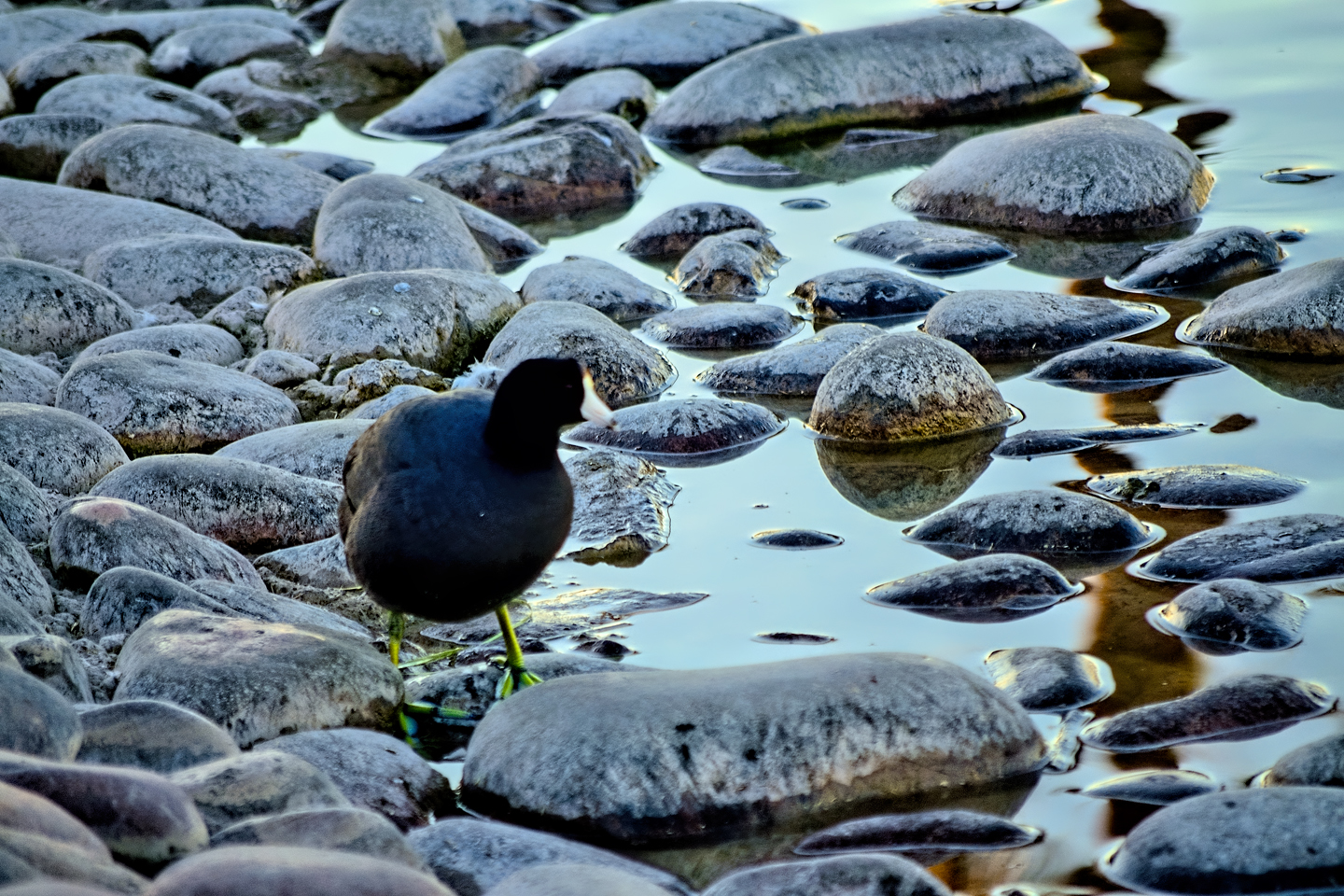
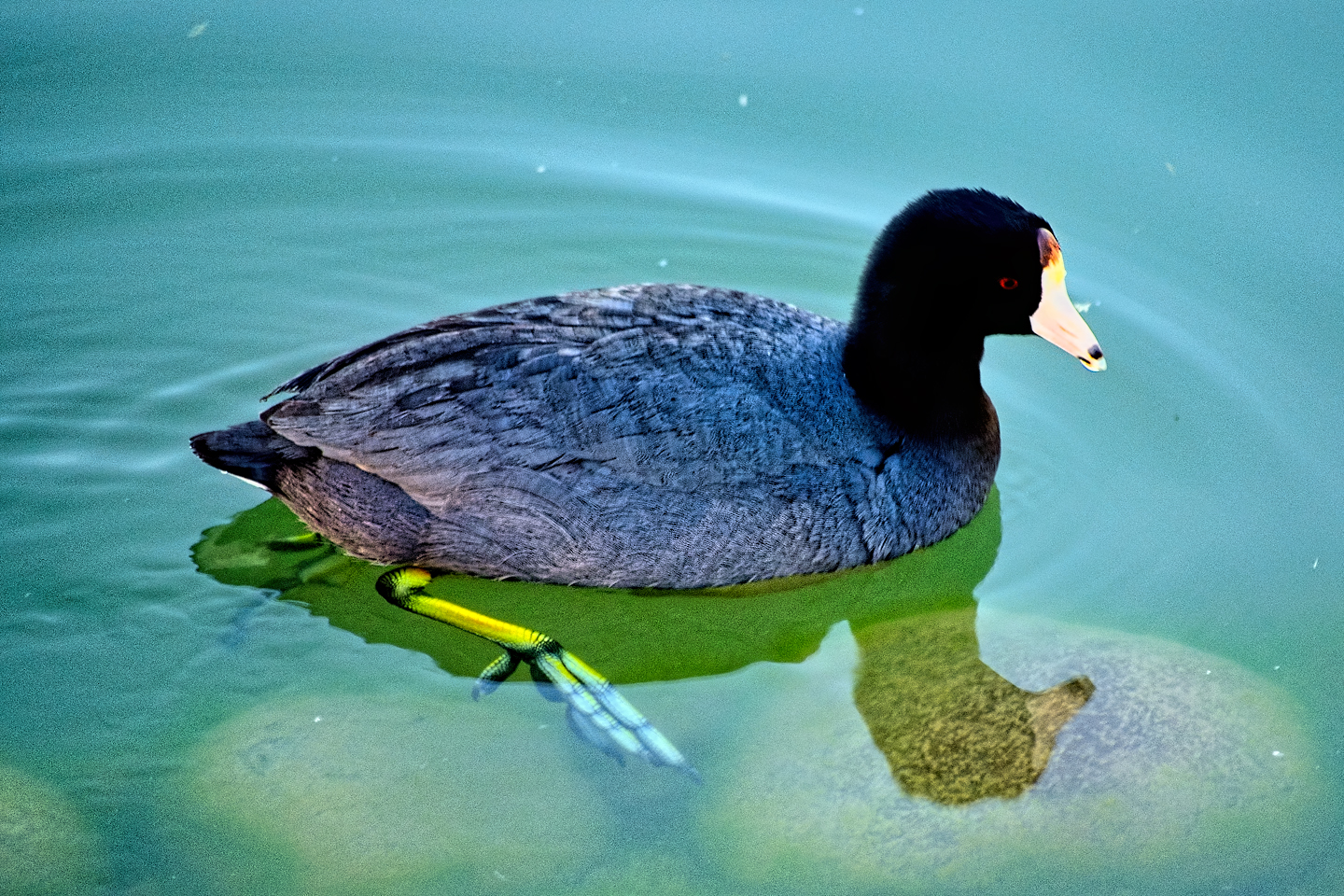
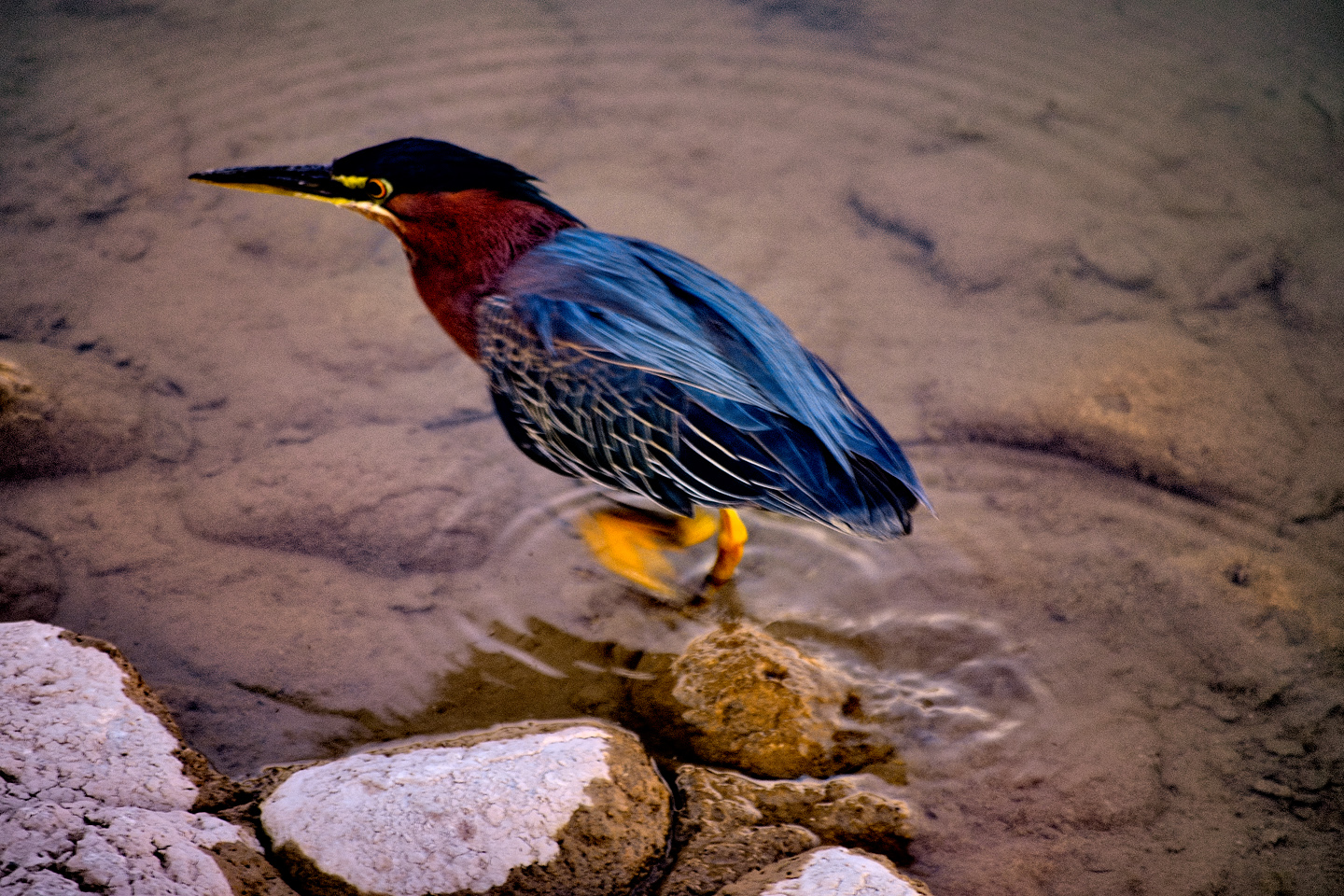
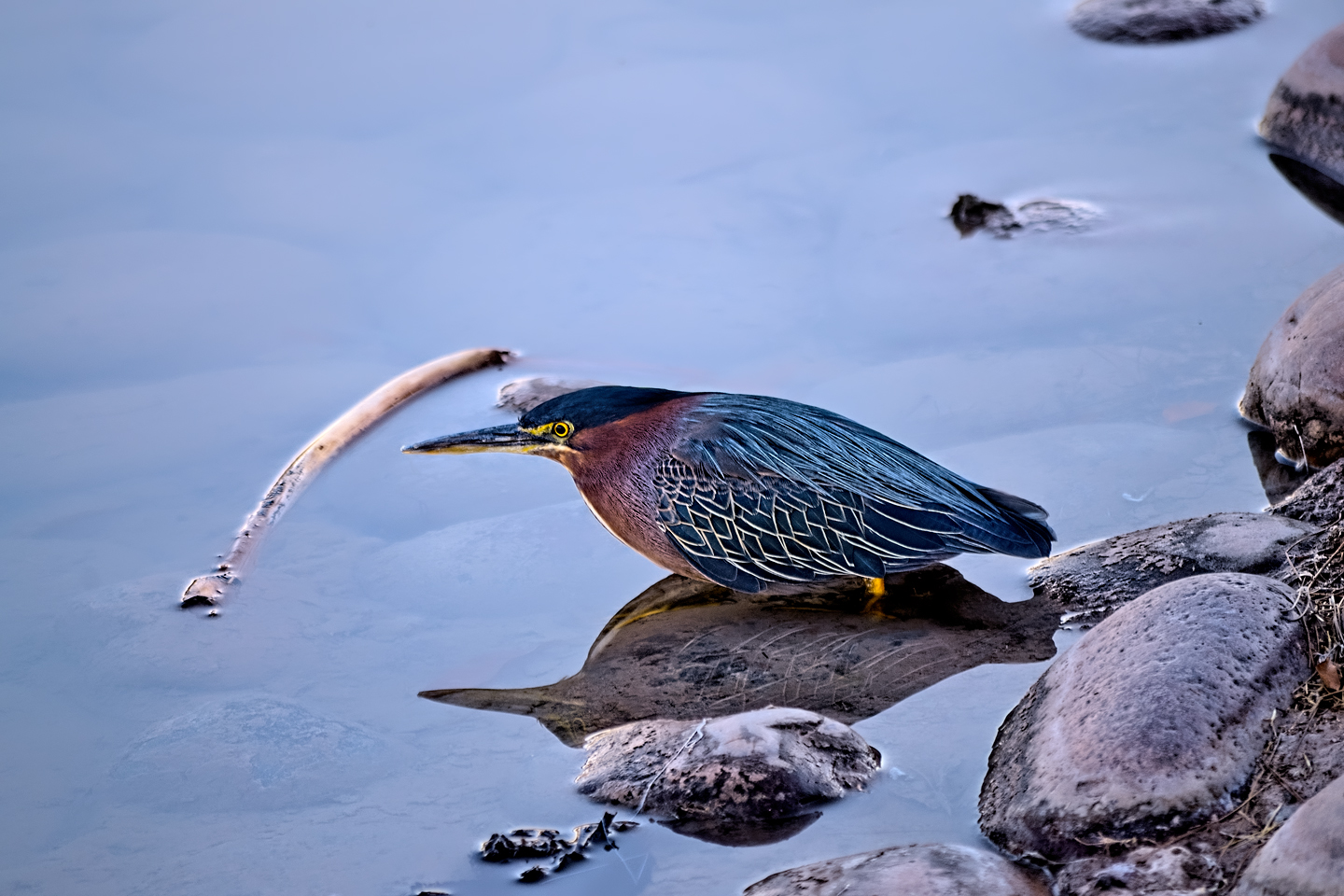
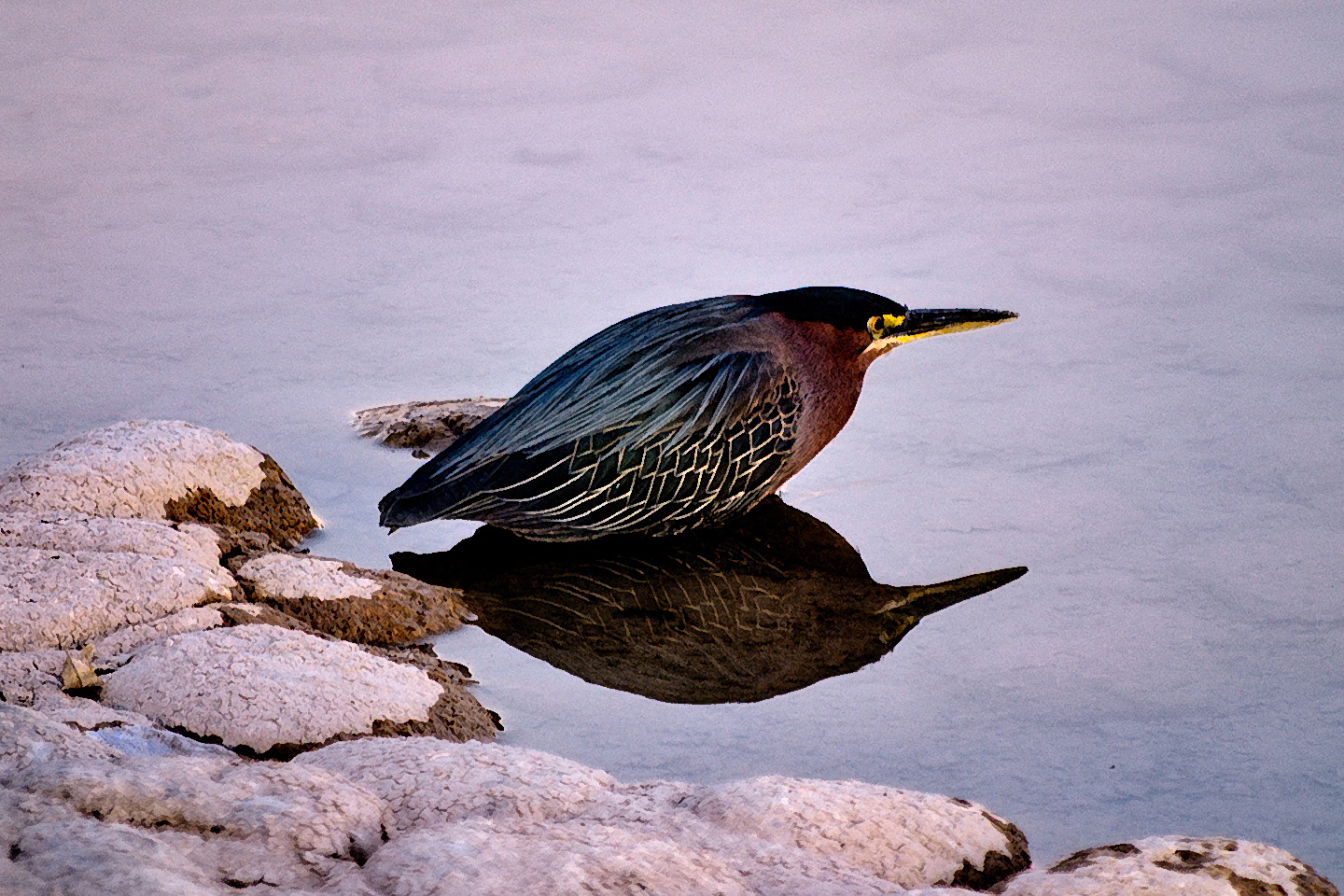
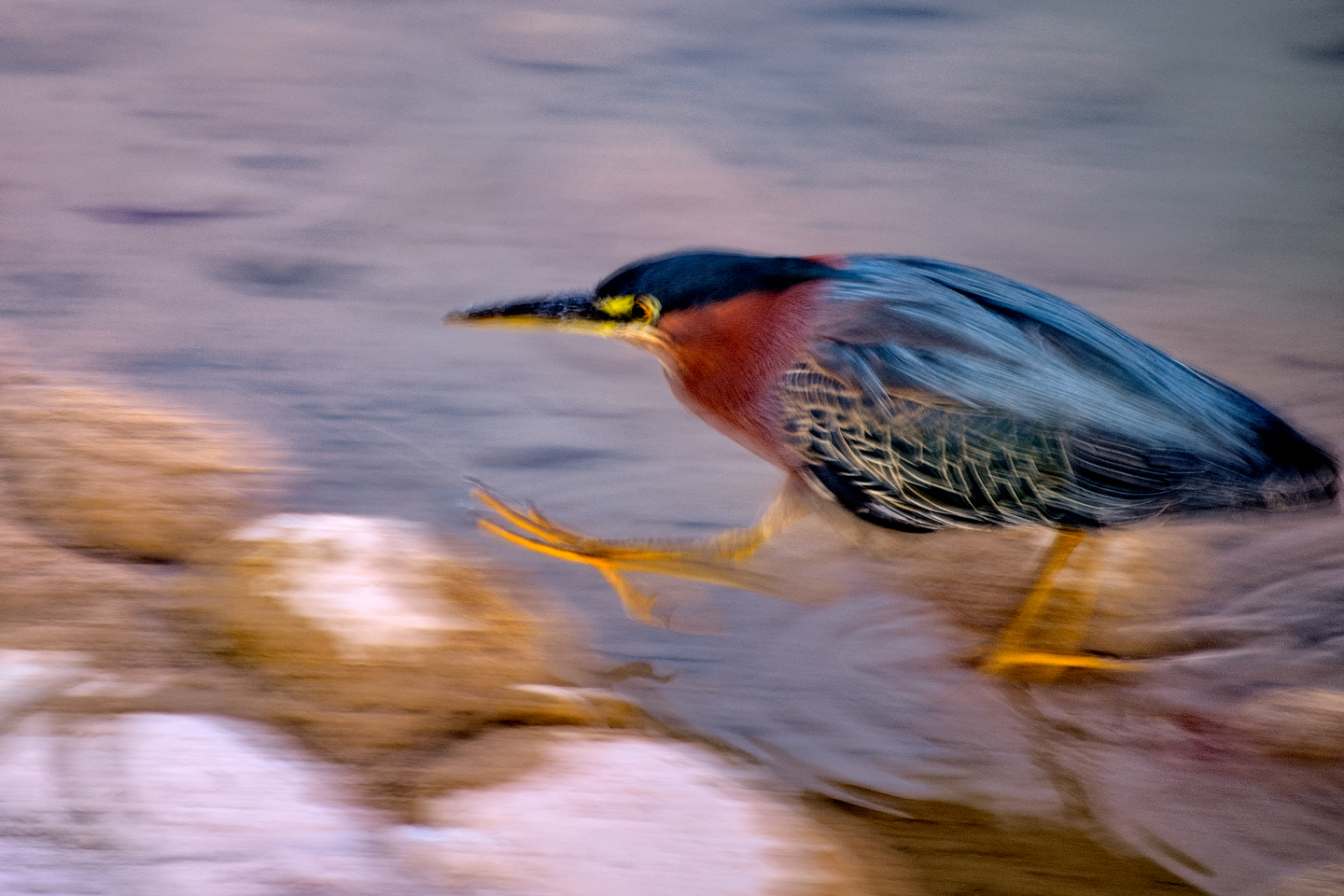
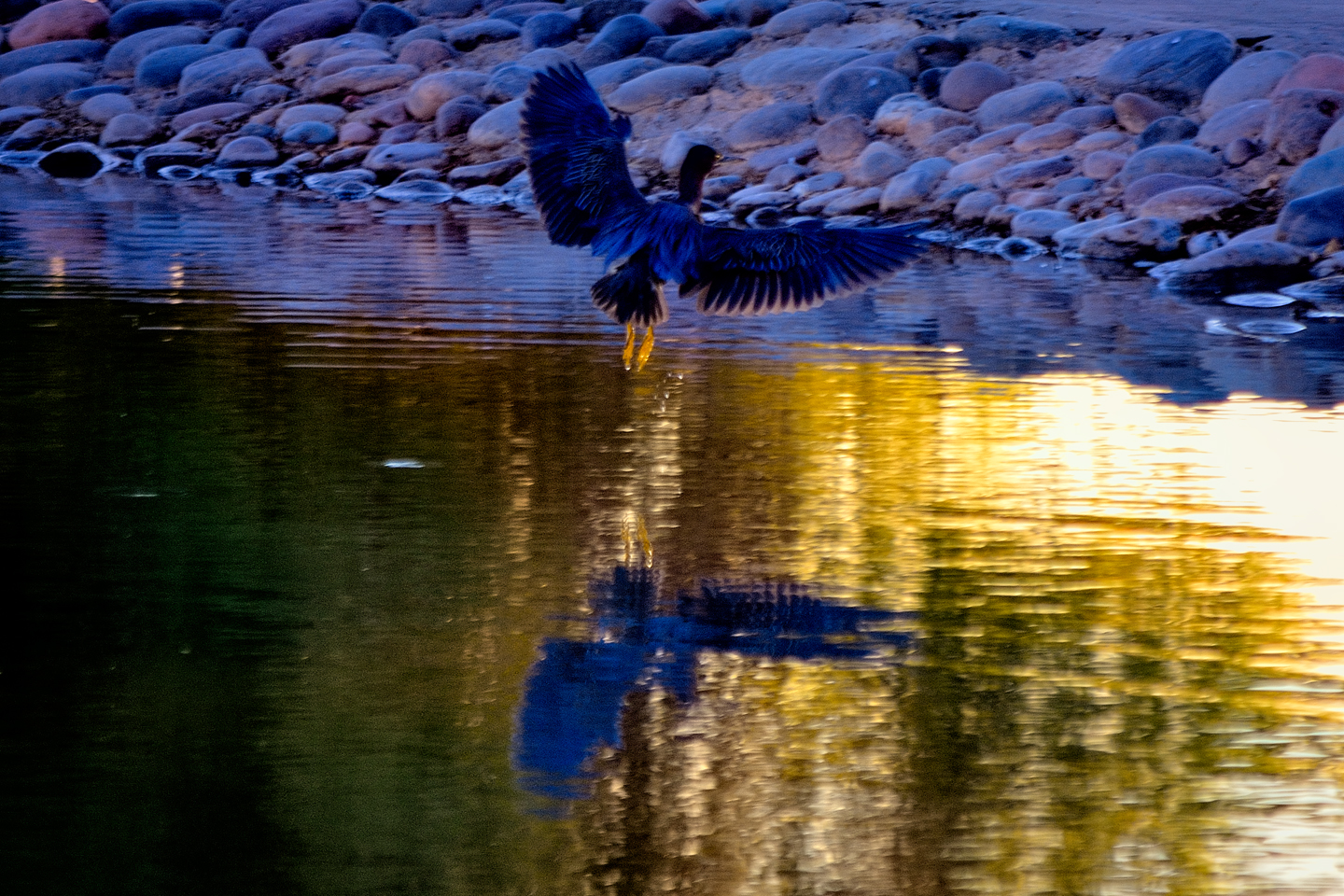
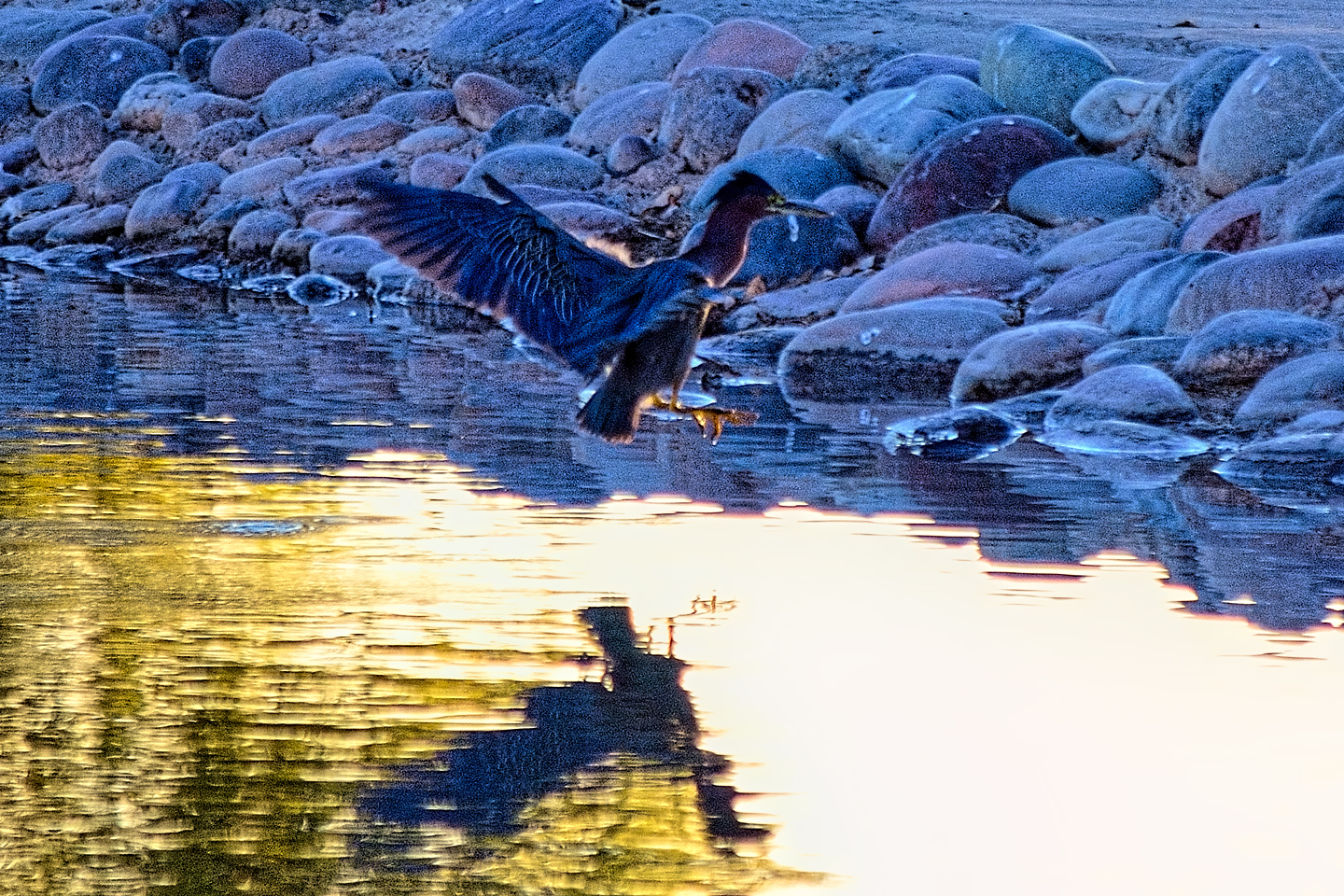
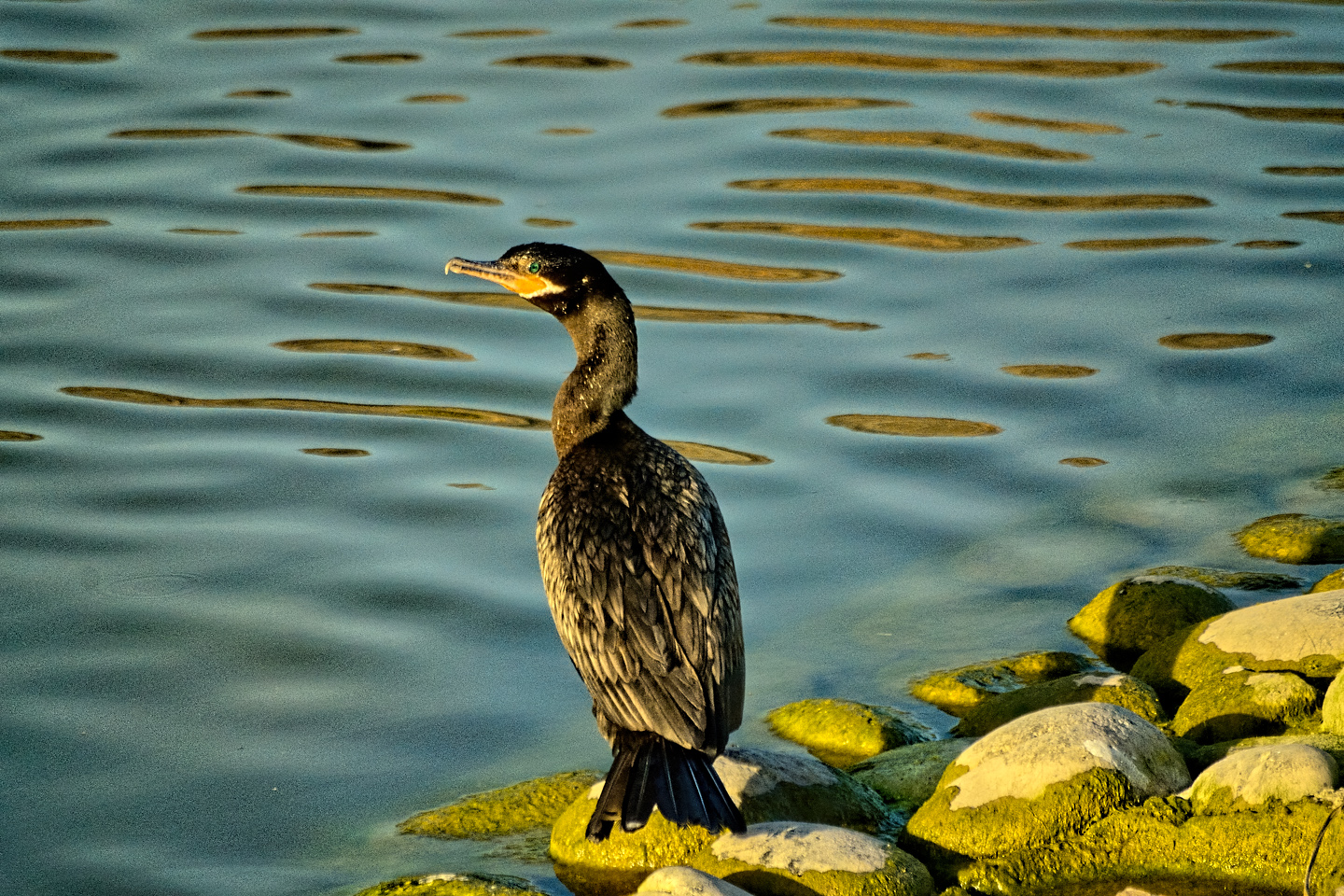
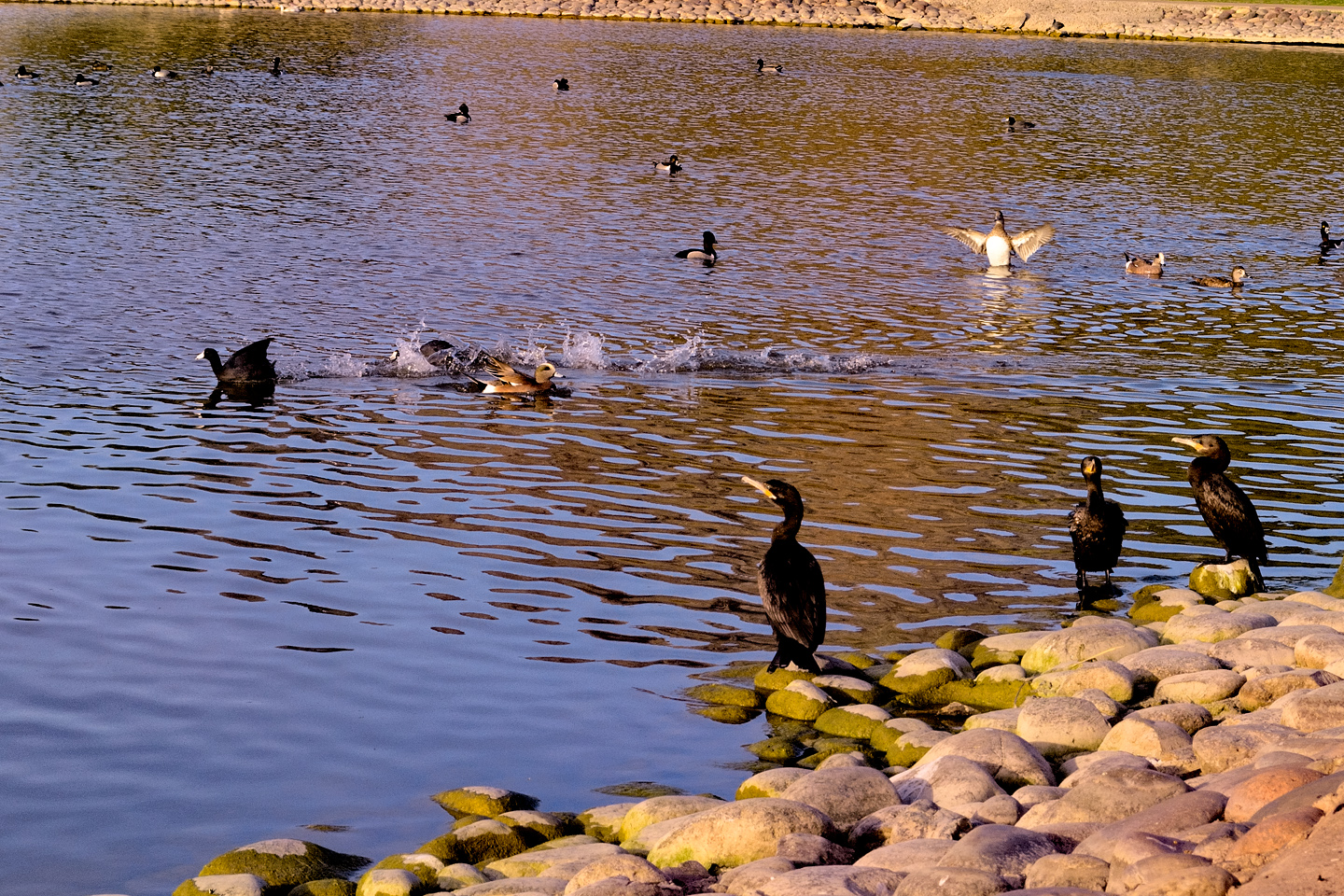
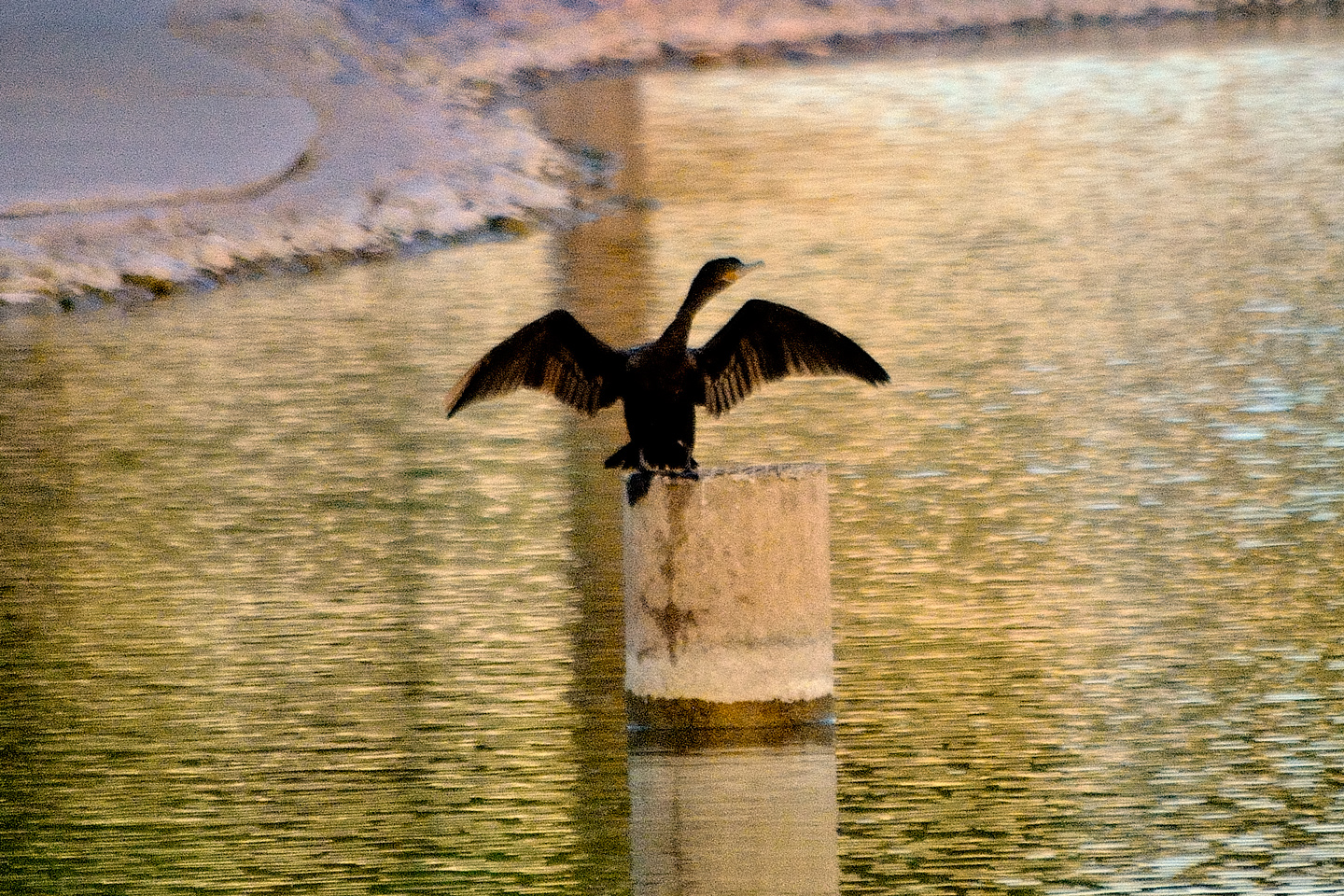
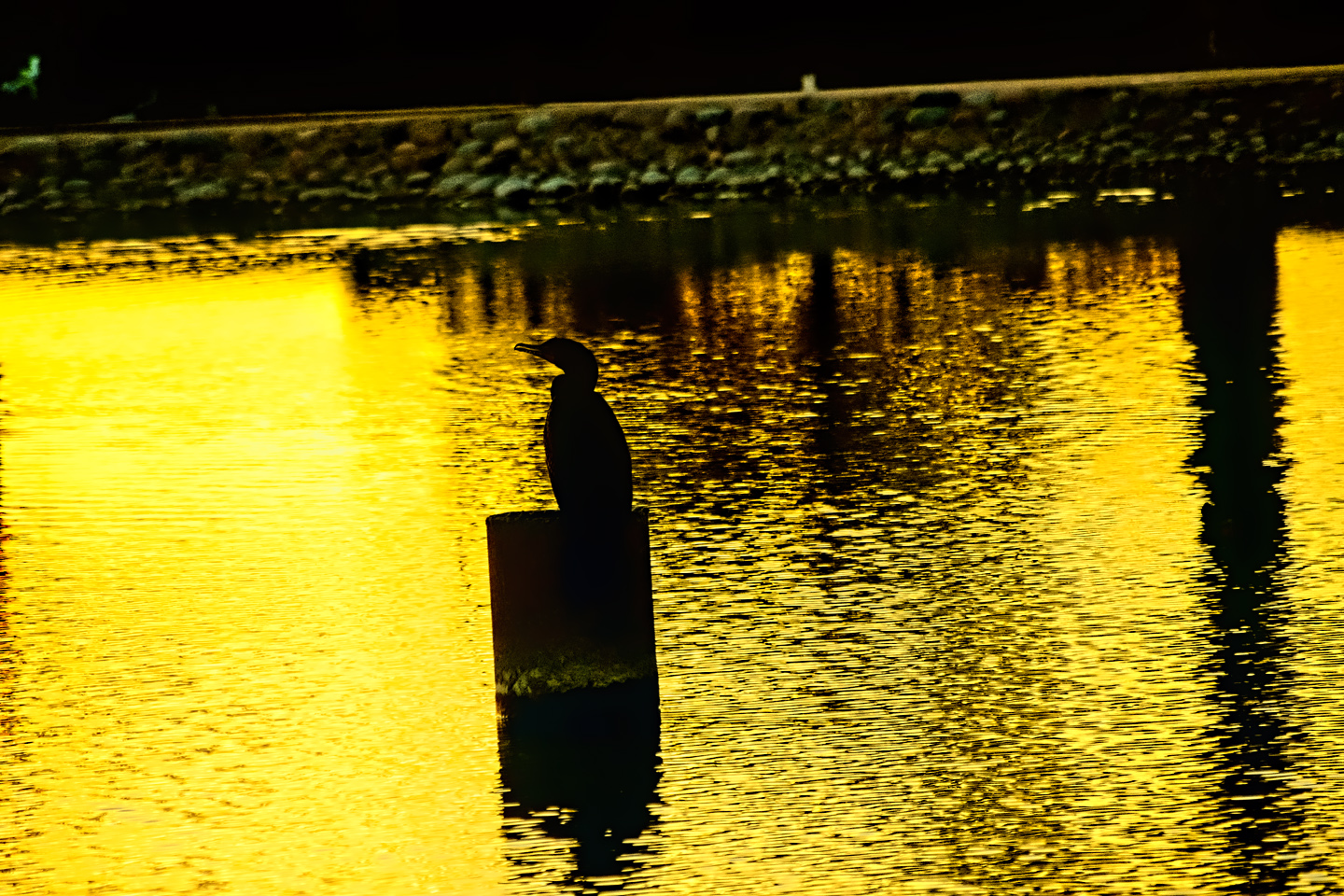
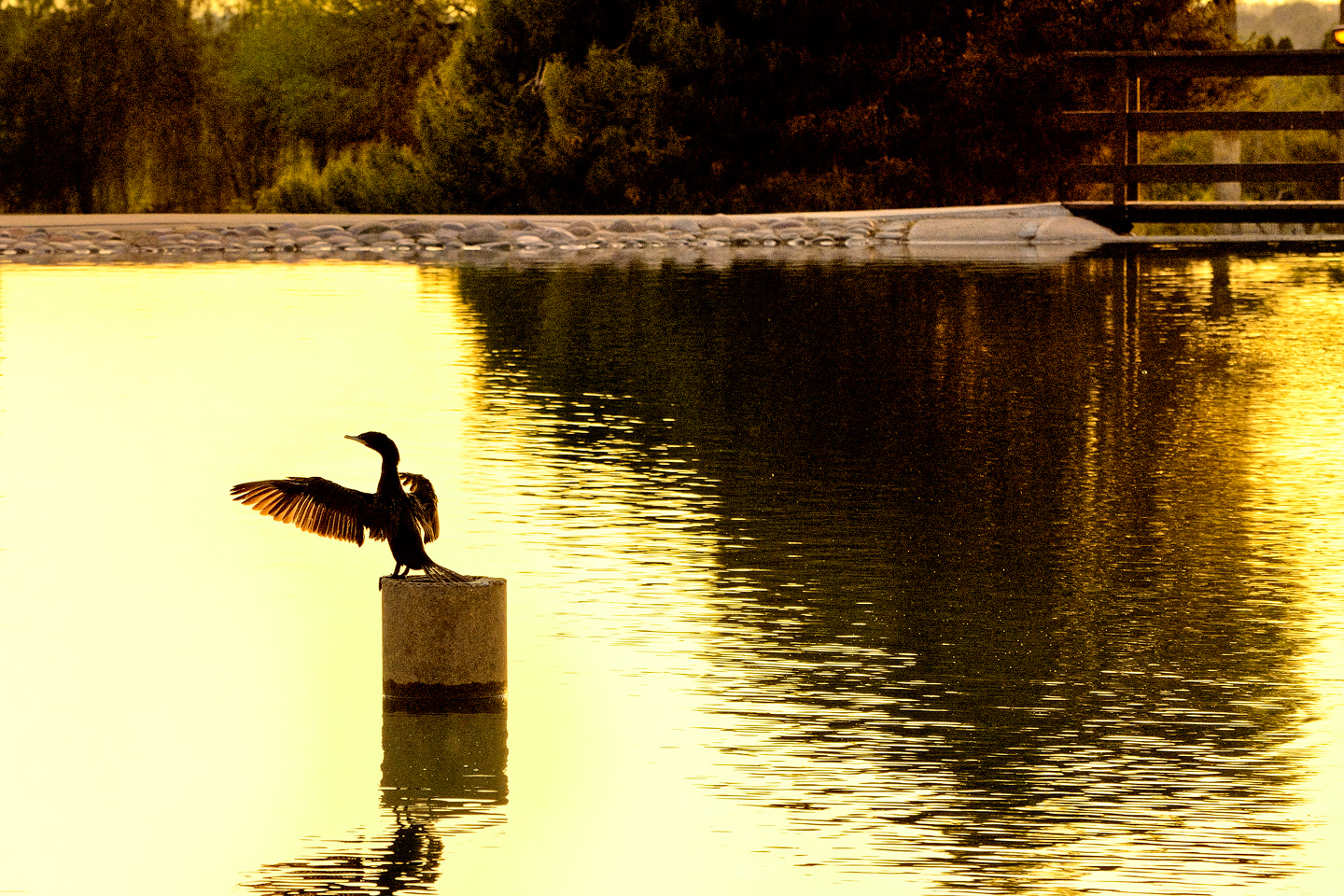
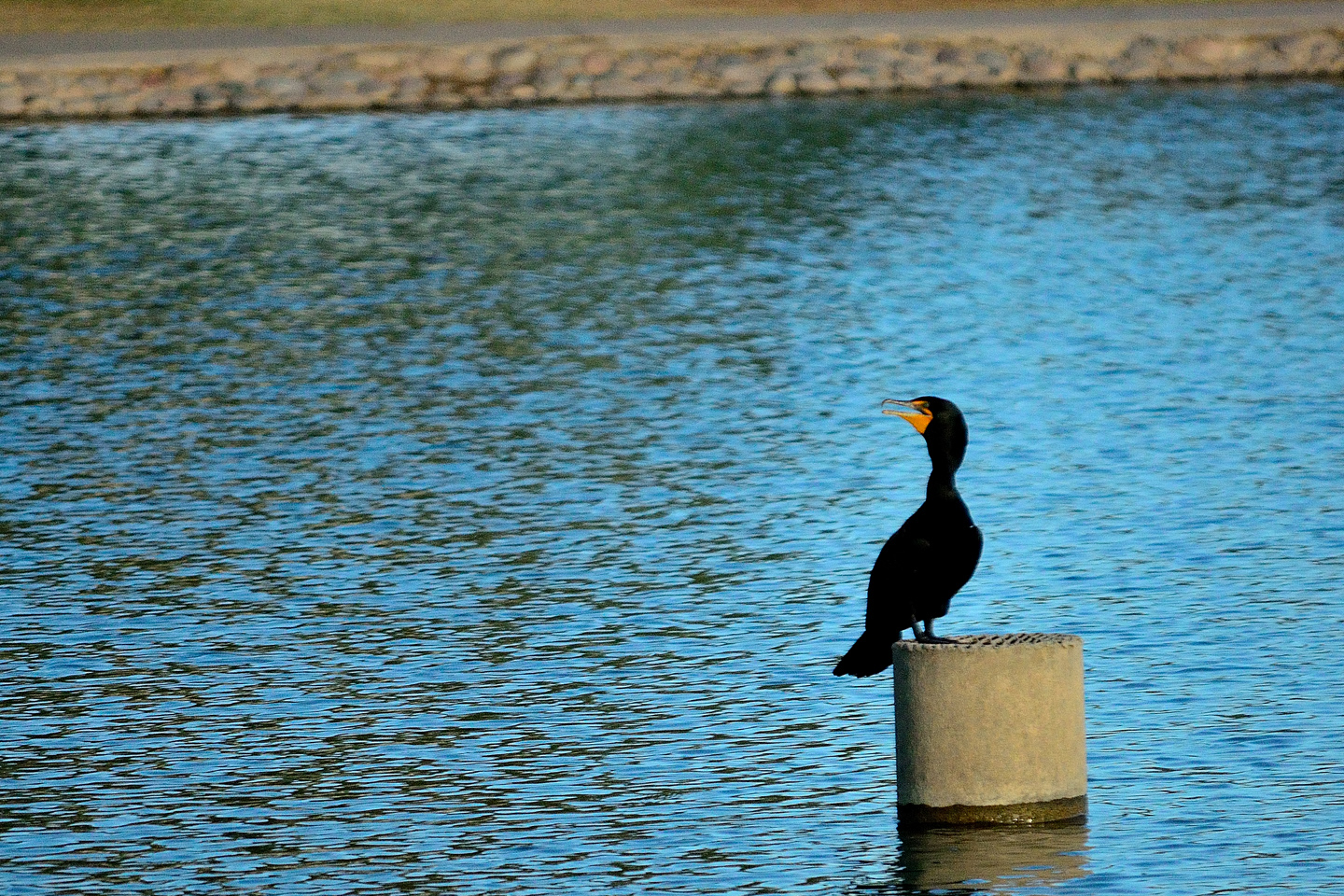
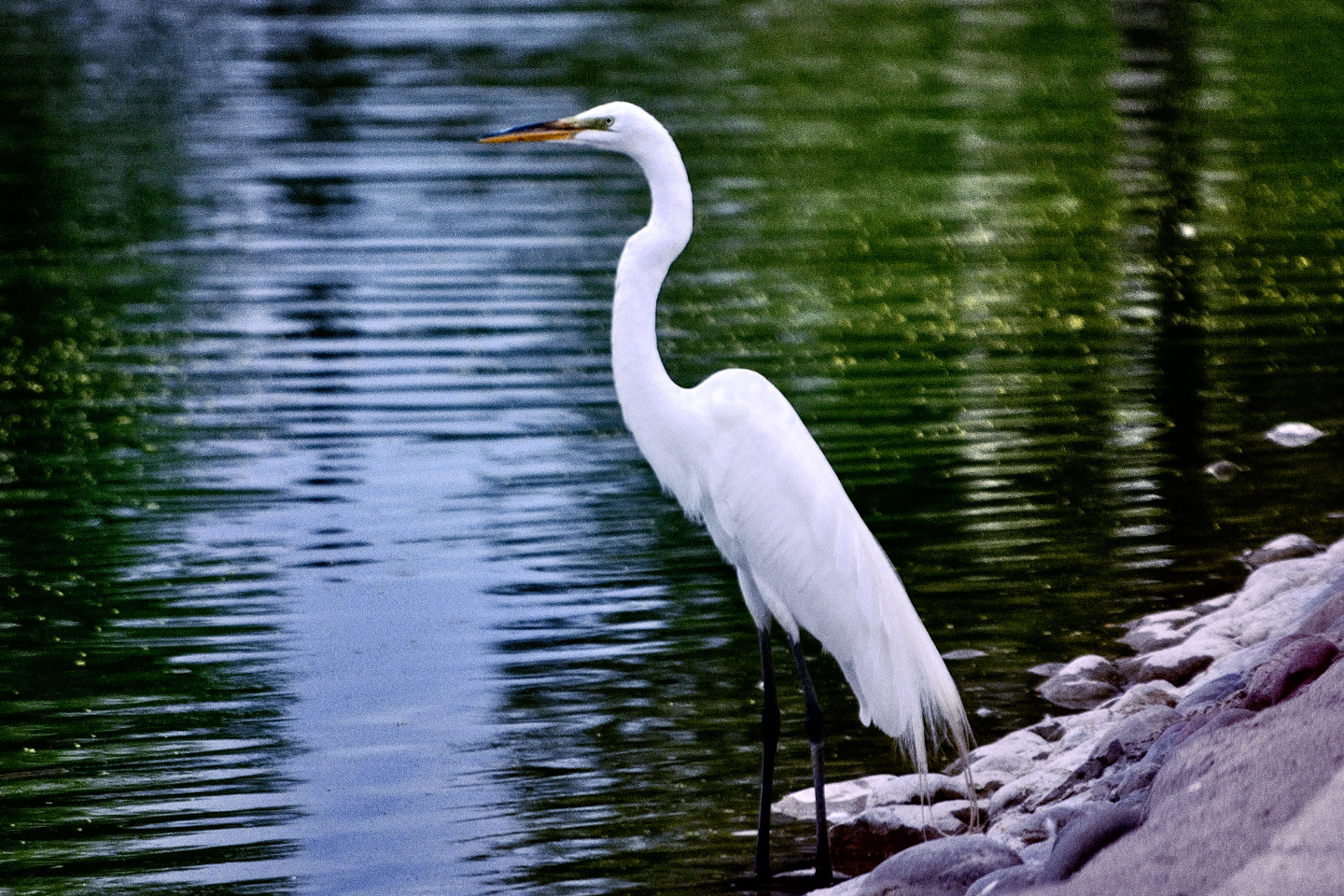
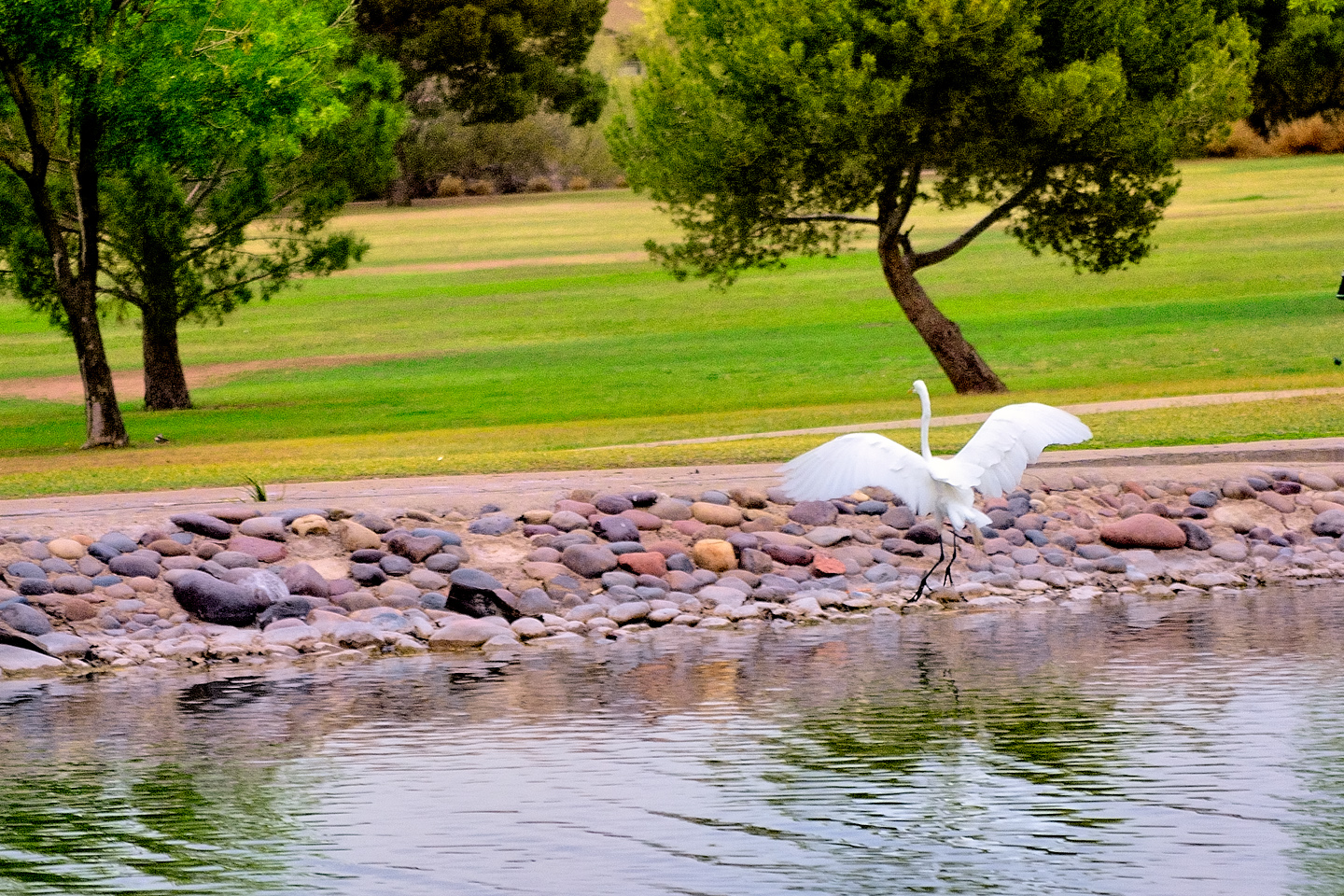
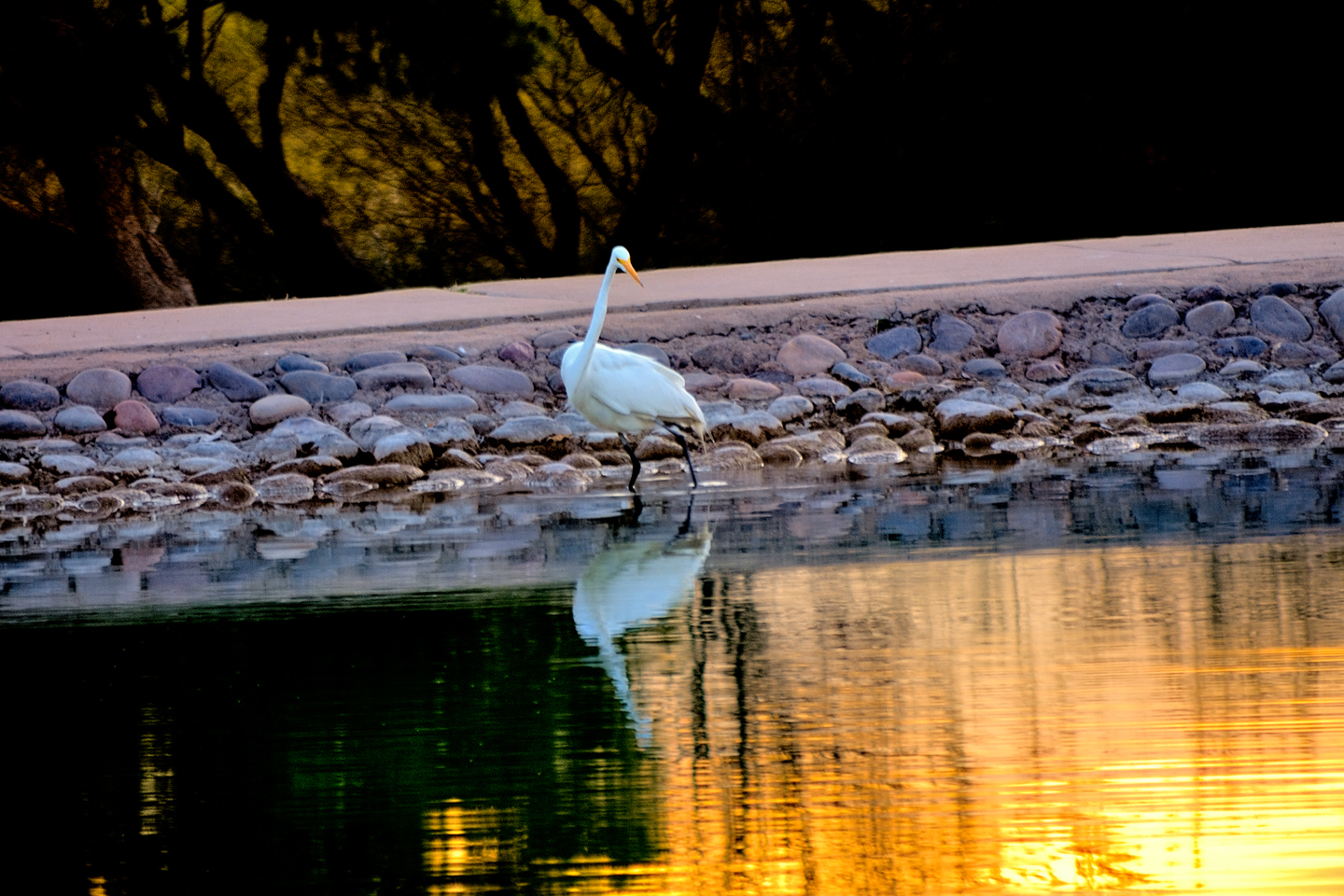
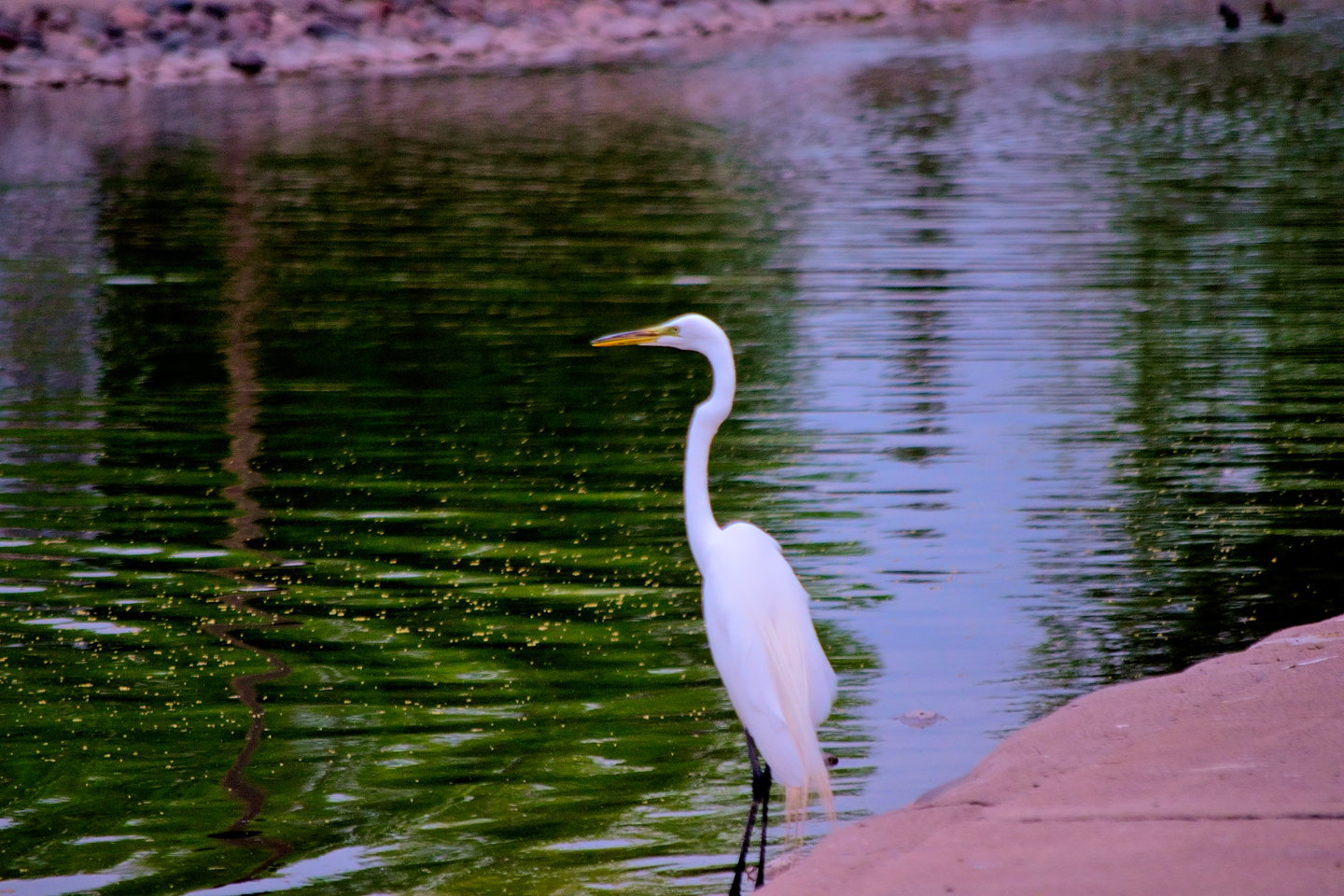
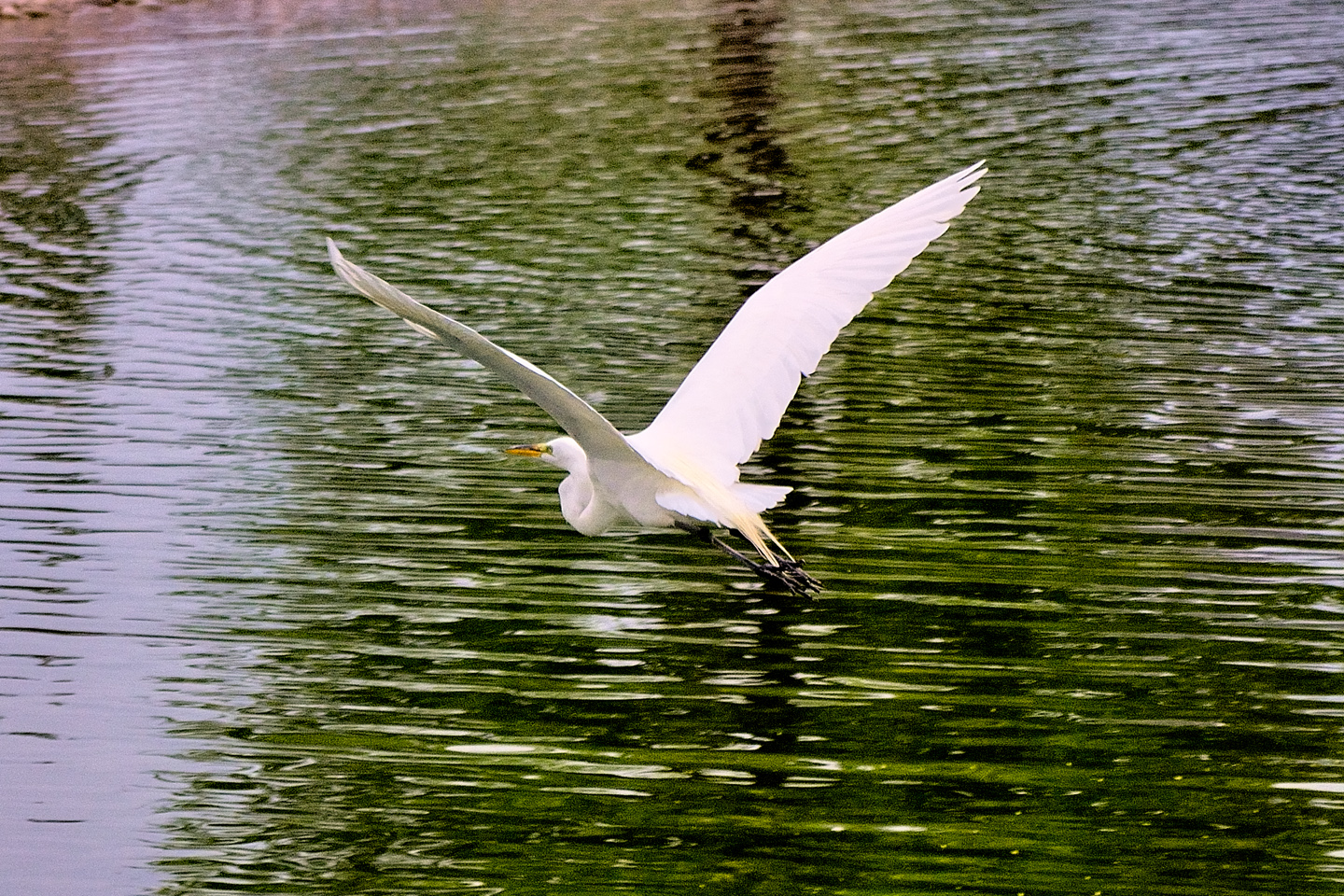
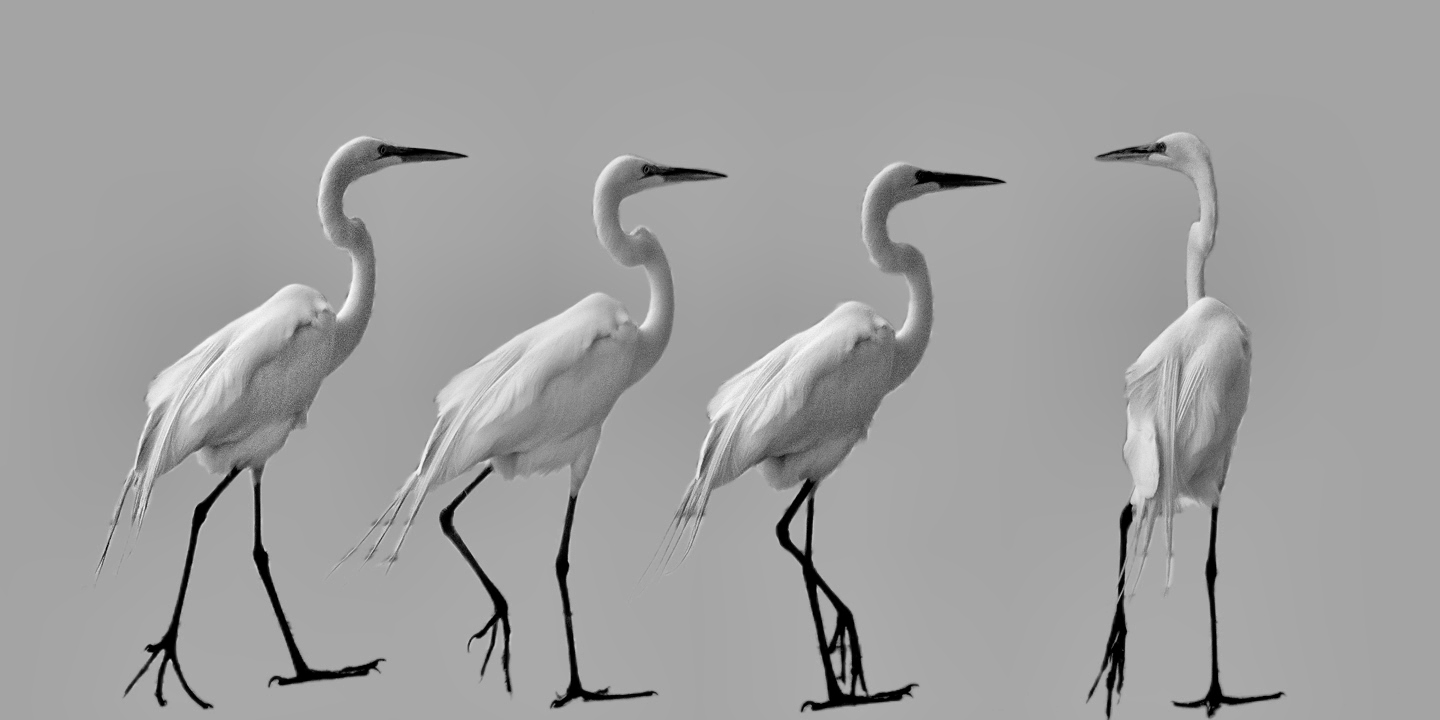
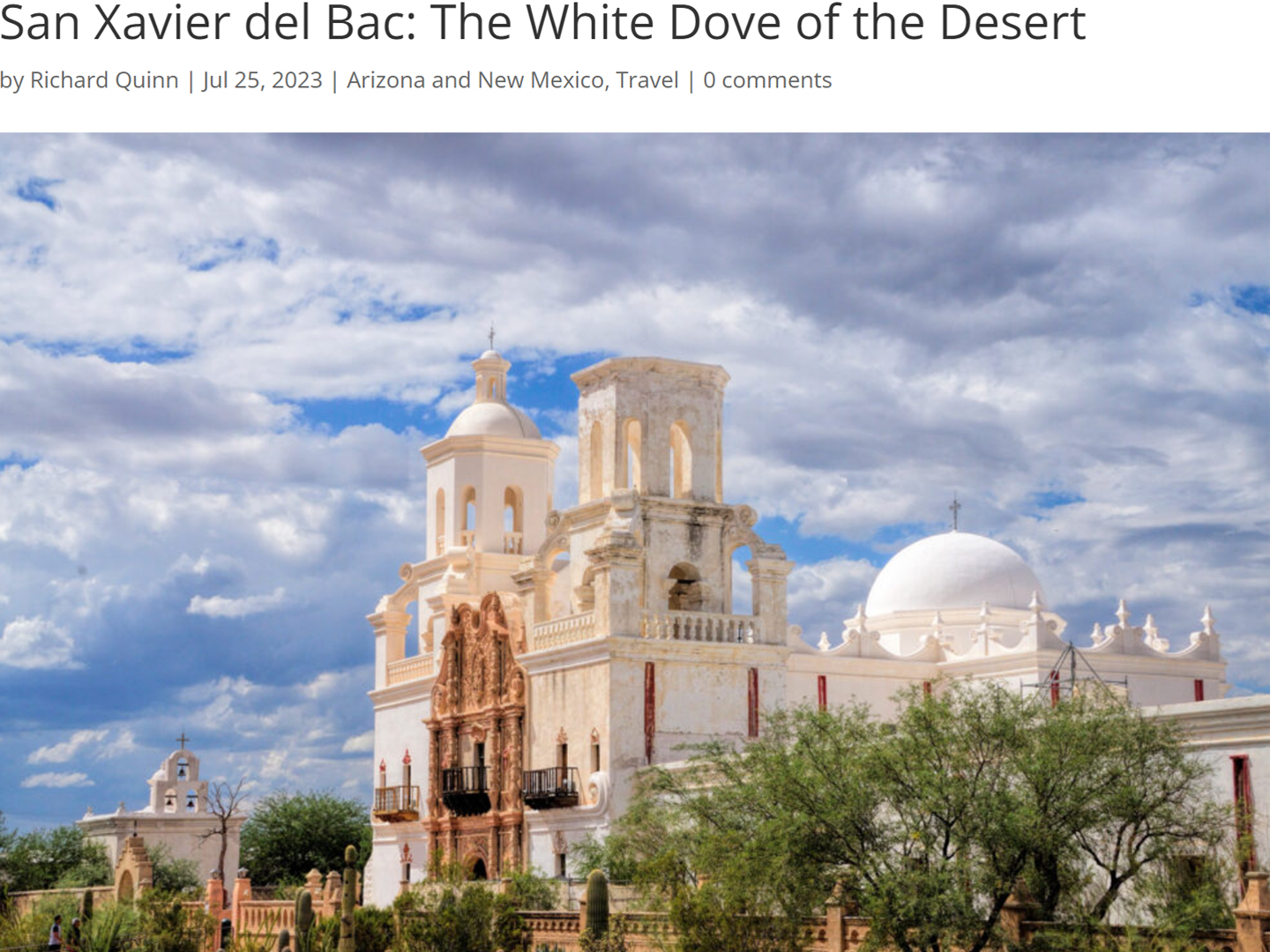
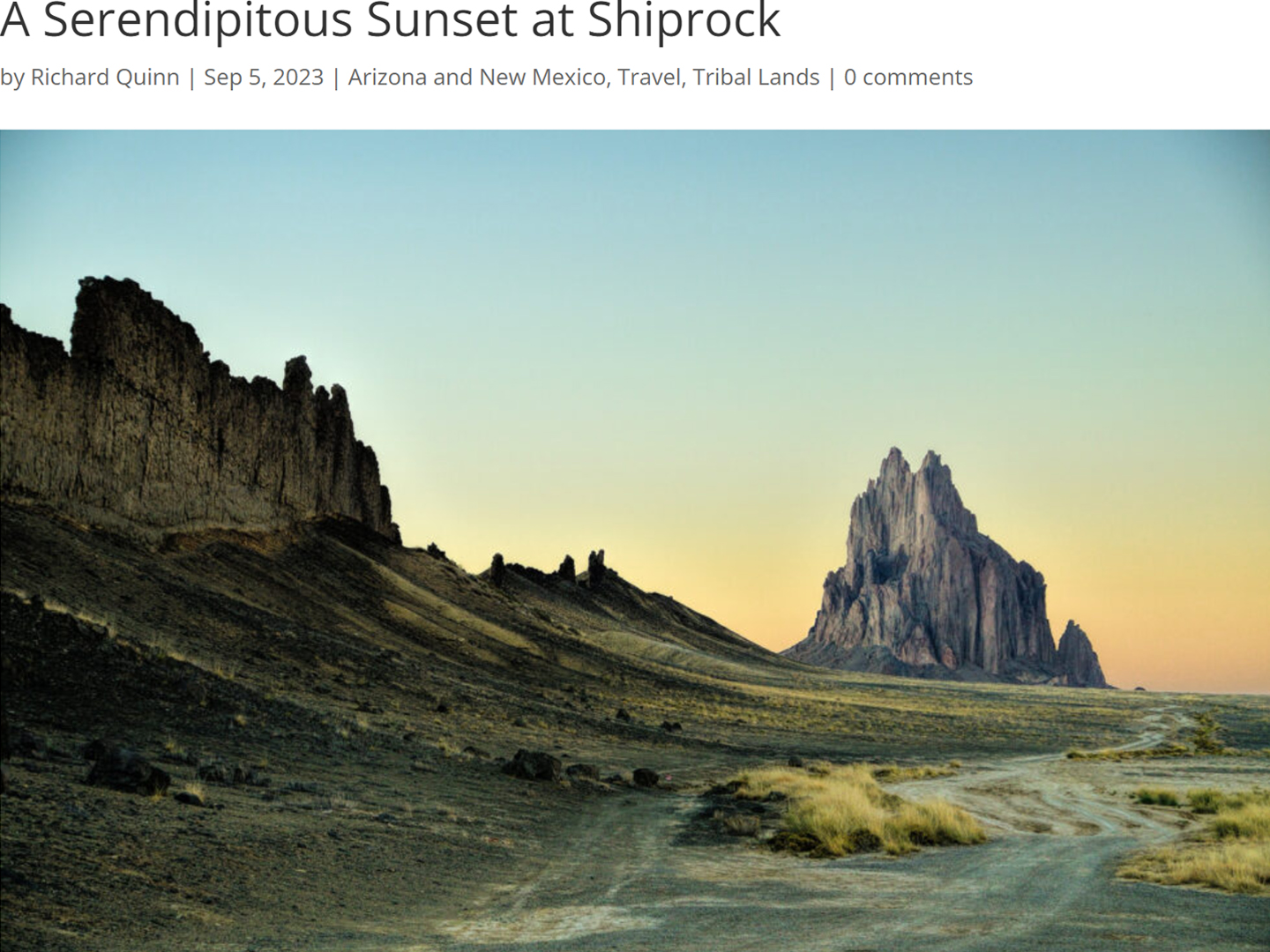


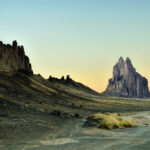

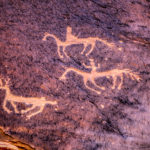
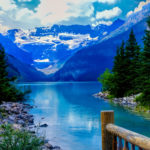
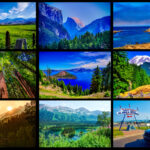



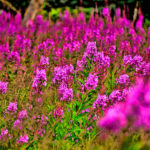
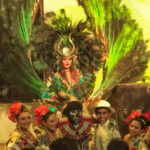


Interested in Day Trips from Phoenix
You should check out my book. Most of the 25 Scenic Side Trips that I describe are driveable in a single day, and 5 of them either begin or end in Phoenix. I highlight scenic attractions and historic sites of every description, from the obvious to the obscure, along routes that take you off the Interstate, into the heart of the great southwest.
Granada park is my favorite place on earth, so to see this much care put into a write up actually made me cry, thank you so much for this contribution. This was such a needed refuge from some of my most inhospitable times in life, and to see someone reflect that profound natural beauty greatly contrasts all the cigarette butts in some written-off city park. This is so much more than a city park; it’s a park planned by the city that has turned into a desert oasis. Watching the changing avian population is such a wonder, because sometimes even northernly inclined birds will end up over-summering at Granada, and I have to wonder if they simply can’t envision leaving the beauty of this park.
Thank you for your lovely comment. It was very much appreciated!